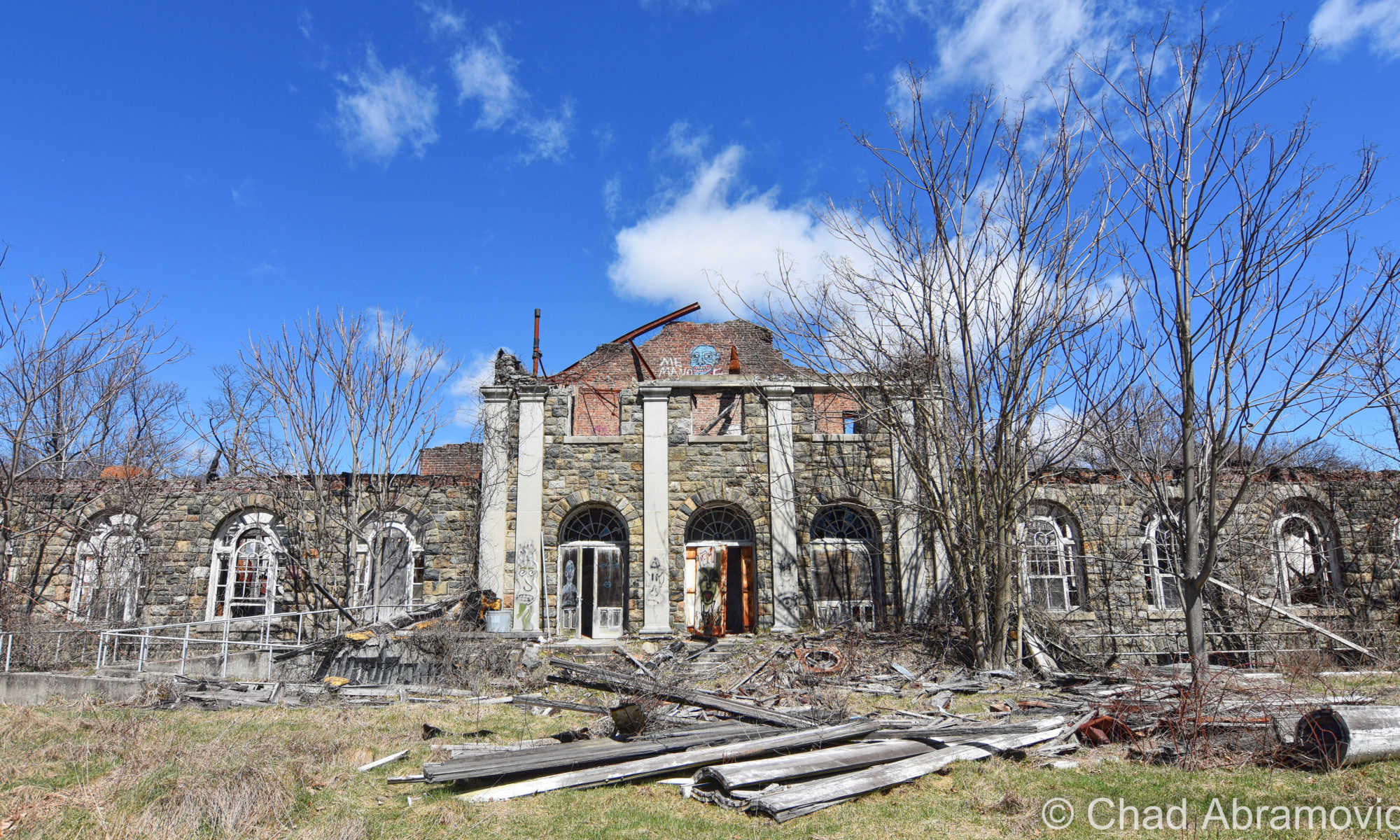I was told that some have called this place “the village of secrets”, because after its philanthropically intended inception, it instead aged into a shameful place intended to be unseen and hushed from the public.
Its actual name is Letchworth Village, its unfortunate moniker (when I brought it up to a few explorer buddies, they all returned with something like; “Letch-worth? That sounds terrible! What is it?”) was named after the distinguished humanitarian who pretty much conceptualized the place; William Pryor Letchworth. Construction began in 1908 and it was ready by 1911 to shelter the “feeble-minded and epileptic” – or any youth who basically couldn’t take care of themselves or were a danger to others.
At the time, the architected property and its ethos were incredibly innovative – lauded as what should become the new model of treatment of the developmentally disabled, with hopes that time here would increase the chances of many of them actually gaining the necessary skills to return to society and make a life for themselves.
Taking inspiration from the Kirkbride design where a serene country setting could aid in helping cure, or at least quell mental ailments, they chose some 2,362 acres of gentle hills at the crux of three towns; Haverstraw, Thiells and Stony Point in the palisaded Ramapos, with Minnisceongo Creek carving through the almost middle and acting as a contrived delineation of asylum culture.
The grounds were interspersed with several buildings, which gave it the appearance of a village. Each was limited to one or two stories and aesthetically took inspiration from Monticello or from Greek architecture. Almost all the dormitories had column girded entrances fronting hand cut flagstone facades that today, only add an uneasy gothic feel to them.
Letchworth’s design followed several rules when treating/caring for the institutionalized. Basically, boys and girls weren’t allowed to mingle and were separated in different areas on opposite creek banks. Then, they’d be distributed again based on how severely disabled they were.
The patient living quarters were arranged in six groups of cottages laid out in U-shaped patterns with lots of open space and wood patches in between. In the center of each horseshoe were a dining hall and kitchen and a hall used as a theater and a gym. Not far from each cluster was a physician’s and attendant’s home.
Other buildings incorporated administrative offices, a laboratory, library, firehouse, power plant, waste disposal, a medical building and a farm colony – where until the 1960s, the able-bodied worked where they raised enough food and livestock to feed the entire population, making it a practically self-sustaining community.
But it didn’t take long for Letchworth’s magnanimity to begin writhing in the deep anguish of grief which conjured indelible disconcerts that still haunt its remains.
Unable to deny consent, many resident unfortunates became unwitting science experiments and test subjects – something that became sinister regulars in the Letchworth code of conduct. In 1950, the first human trials of the very experimental polio vaccine happened here. When the first child didn’t die, they tested nineteen more.
Another infamous anecdote tells of brain specimens harvested from deceased adolescents and stored in jars of formaldehyde, then shelved on perverse display in the laboratory. Until a few years ago, a few urban explorers actually admitted to finding some of those jars still in the basement of the medical building, but when I scouted my way there, were nowhere to be found. I seem to be pretty late to the Letchworth party, and many of the artifacts and scenery I’ve seen through photographs has been disappointingly damaged beyond recognition or removed entirely.
By the 1950s, Letchworth had become exactly what it was created to circumnavigate; a human dumping cache. In the early and mid 20th century, the mentally retarded were treated like second-class citizens, many of which were shipped off to varying institutions. A huge increase in enrollment struck Letchworth and it just couldn’t accommodate. Many of the inhabitants became sickly and/or malnourished, sleeping on excrement sopped mattresses crammed in hallways and dayrooms because the already meager, untrained and overwhelmed staff were tasked with the impossible – leading some to turn to auxiliary detriment. There were no tools for personal growth, and seemingly no future, a sentiment that can wreck just about anyone.
Conditions became so hellish that then-local reporter Geraldo Rivera took a tour around the hospital with a film crew to document the atmosphere, alongside another soon to be notorious New York asylum, Willowbrook. The result was a scandalous and galvanizing documentary called “The Last Disgrace”, which would air on ABC and essentially shake the public hornets’ nest and sight the place in a now contemptuous gaze.
Letchworth followed the plot of many other period asylums and shut down for good by 1996. The state has made efforts to sell the blighted property, with mixed results. Most of the land was supposed to be condo-ed in 2004, but as of 2017, that still hasn’t happened. However, this now sprawling landscape of failure has had some redemption.
Fieldstone middle school and two golf courses (it’s always a golf course…) make use of several buildings and adjoining tracts of the former girl’s group. Taking a gander at Google maps, I also see the Stony Point Justice Court and the local parks and rec department have taken up residency in other buildings and Kirkbride Hall seems to be nicely restored.
I heard over the social media machine that Lego Land, of all things, was possibly looking at the remaining estate a few years back, but so far, that terrible re-development plan also hasn’t arrived yet.
A forlorn paupers burying yard lies in a hollow on the fringes of the state school at the end of a barely used wooded path. Here, a crooked group of ankle height Ts are staked into the ground, each bearing a different number. These are the graves of those who died at Letchworth. Only, it was considered to be dishonorable to the family to include the identity of these poor invalids, so the 900 dead were simply given a number that further devalued and shamed them. Recently, a monument with a plaque was erected at the cemetery with the names of all the dead inscribed in list form, with a fitting epitaph; To Those Who Shall Not Be Forgotten. I missed the cemetery on my first visit, so I plan on taking a walk over next time.
Too many buildings, not enough time (Letchworth, part 1)
It was a suspenseful 5-hour drive from Vermont, and I was already feeling drained of stamina as we rolled into Haverstraw, New York. Apparently, we were traveling through an area with some pretty rad state parks that take advantage of all the cliffs and their views, but no, my tired, one track mind was devoted to our original mission. Up over a declining bend and a slight hill still decorated with worn out faux historical street lamps, I caught my first glimpse of the massive dilapidated property through undressed oaks.
Finding a place to park, we clambered out of the car, stretched our stiff limbs, and made a beeline for the campus posted with plenty of signs declaring war on trespassers. This was my inaugural visit and I was already feeling a bit pressured to make the most of our hours here, partially because I’m a control freak thanks to my anxiety disorder.
Letchworth’s name seems to have a hyped haunted status for the usual reasons; the many people who suffered and perished here. Paranormal eccentricities are often tourists here, running through the sprawling decay with camcorders – including spook chasers with their own television shows. The asylum’s vine-encumbered ruins that are outlined in sadness are perfect for these legends. Most photos I’ve seen of Letchworth have been shot when the property was in full bloom and green, so shooting it during the starkness of early spring formed a completely different vibe.
Many of the fetid interiors still contain patients’ clothes and eerie artifacts, and quite a few had the gruesome scars of disbanded paintball matches played inside.
The medical building, in particular, is said to be Letchworth’s most haunted, and though I’m generally an interested skeptic when it comes to matters of the paranormal, I discovered that while inside building, the ghosts really did come out.
Days after I had been there, I was uploading a few of my photos to my Instagram account and had mentioned that I was plagued with frustrating and inexplicable camera malfunctions, which de-focused a little less than half of my attempted shots inside. While I was bumming about that, I had a few Instagrammers pick up on my caption, and open up about similar experiences they had in the medical building as well. I’m not saying it was anything preternatural, but it certainly was a strange coincidence.
I felt a buzzing uneasiness while walking around inside the medical building. The basement area was the worst. I couldn’t explain it, but moments into our venturing into dark shadows swearing down its wide corridors, my nerves were on fire and irritation crawled up over me. There was a moment where I actually felt like packing up my camera gear, disappointing my friend, and just getting the hell out of there, which made me sort of miserable seeing how exploring is one of my favorite ways to spend my time. And then there was an incessant clout bang that we could hear perpetually throughout the building. The third-floor hallway acted as a wind tunnel, slamming all of its wooden doors violently in their frames, an unforgettable noise that gave a voice to each and every ghost inside.
Or maybe, my unshakable moods were well validated. After doing some post-adventure research, I discovered that quite a few explorers had a startling encounter with a lurking danger in the innards of that same building – one that was more threatening than spectral bullies. A young woman and a little girl were assumedly squatting in the foul and slimy basement areas, and she was territorial. A few explorers said that they were almost decked in the head by that woman, who was wielding a log. After they explained to the log lady that they were just there to take some pictures, the tension of the weird situation evaporated into the loathsome smells caused by rotting ceiling tiles and papers fermenting into a soupy viscosity. But imagine if you were unlucky enough to not have that time to react…
I’ll have to make a return trip here, there was too much to see and not enough time. I was fighting Lyme disease then, so my energy levels weren’t in tune with my adventure.
And strangely, I’ll forever associate Jesus and Mary Chain’s Just Like Honey with Letchworth, as it was the song crawling around in my head while I was walking the corridors of the medical building. I even cued it on Spotify while writing this post up.
These grim yet fascinating ruins are an unabashed and raw museum of the human condition, and I really hope and urge that we learn from them and other places like this to build a better reality for all of us.
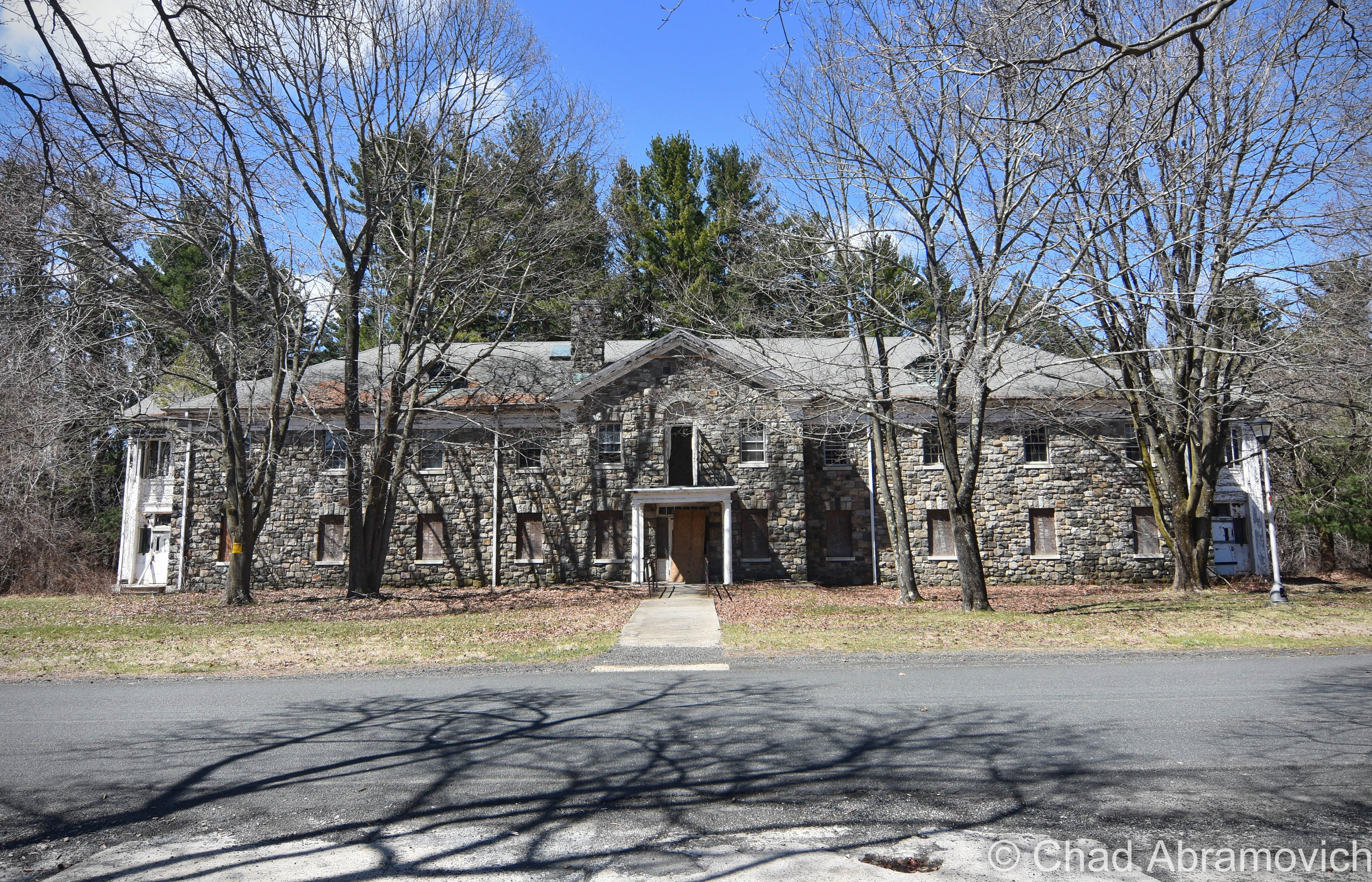
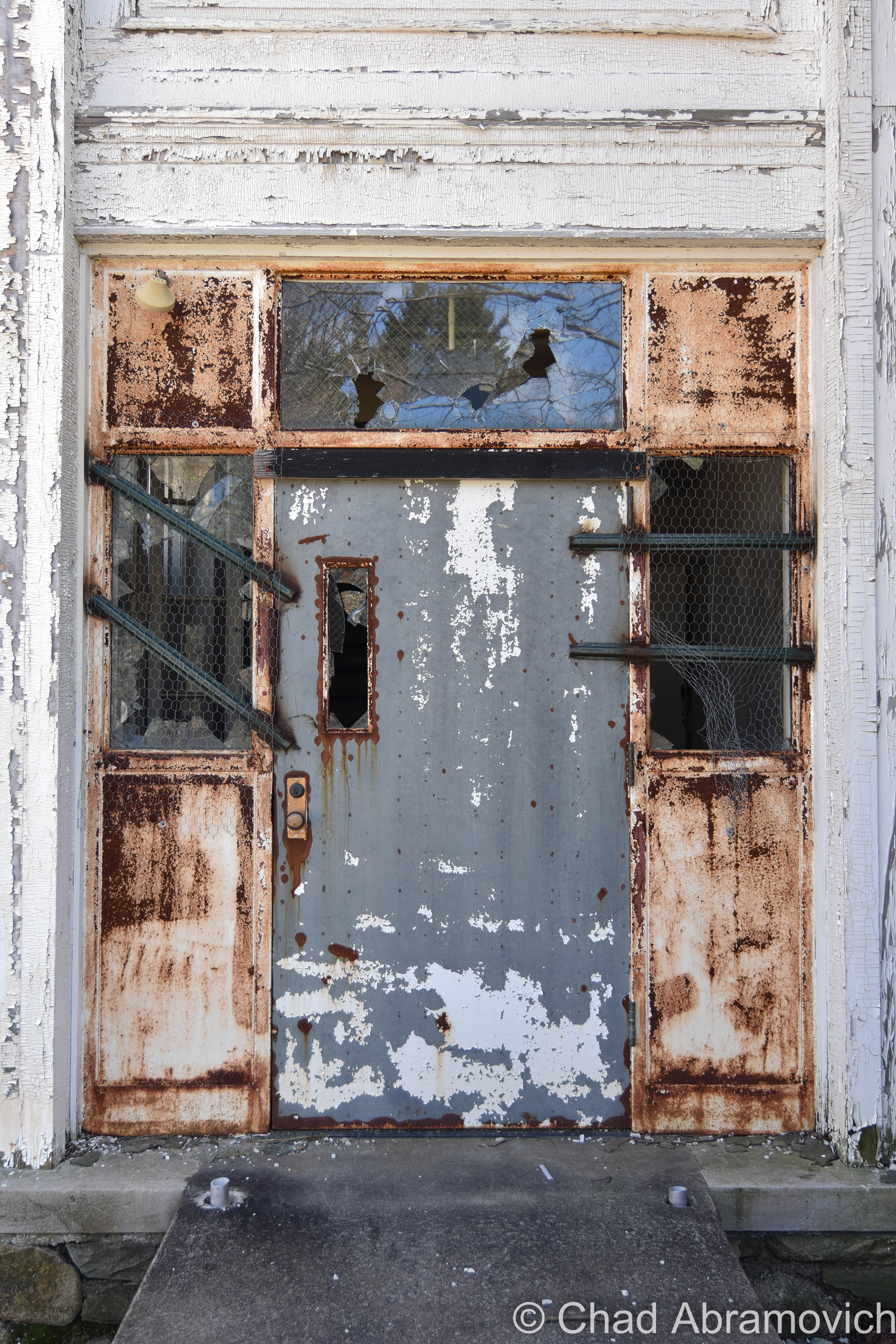
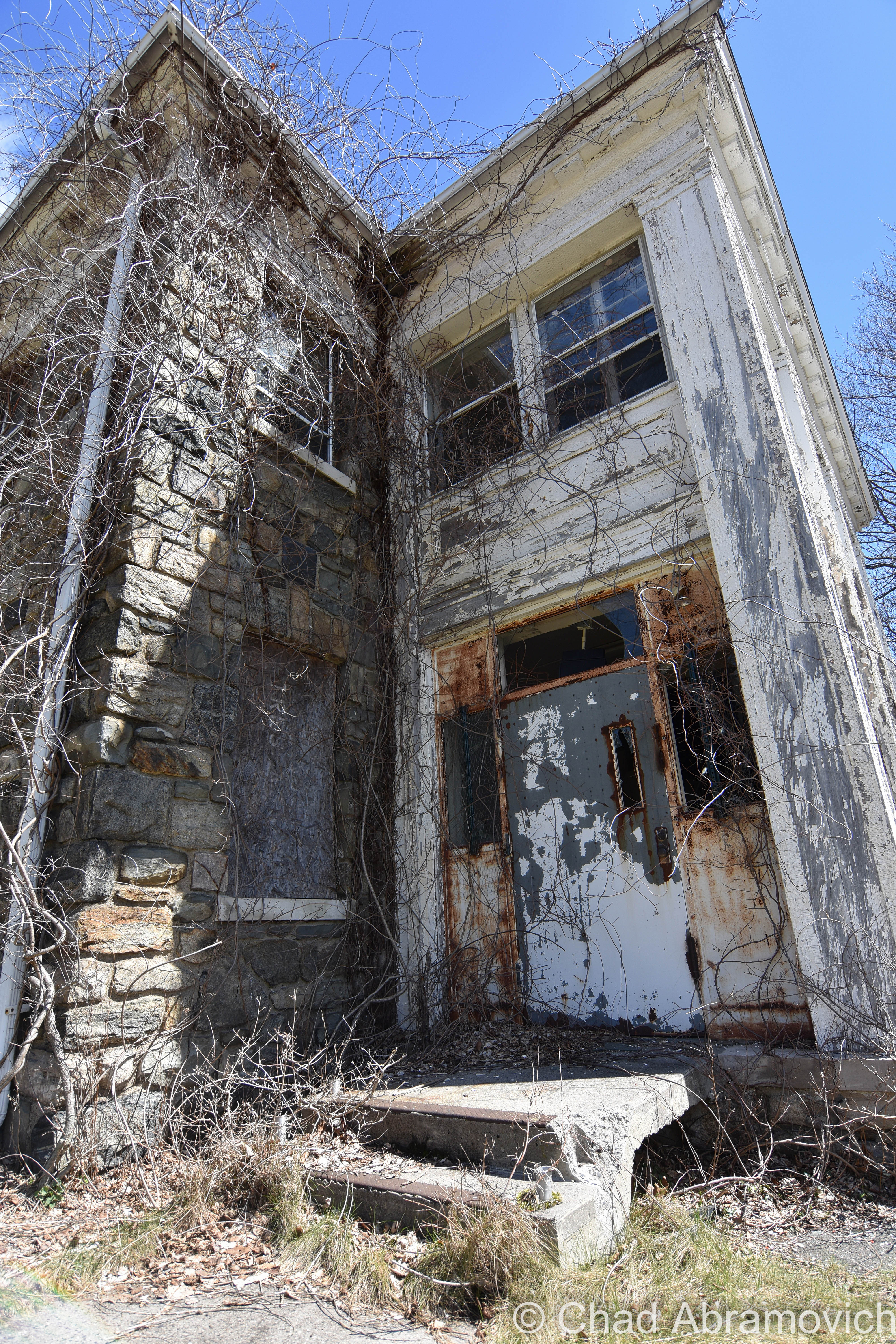

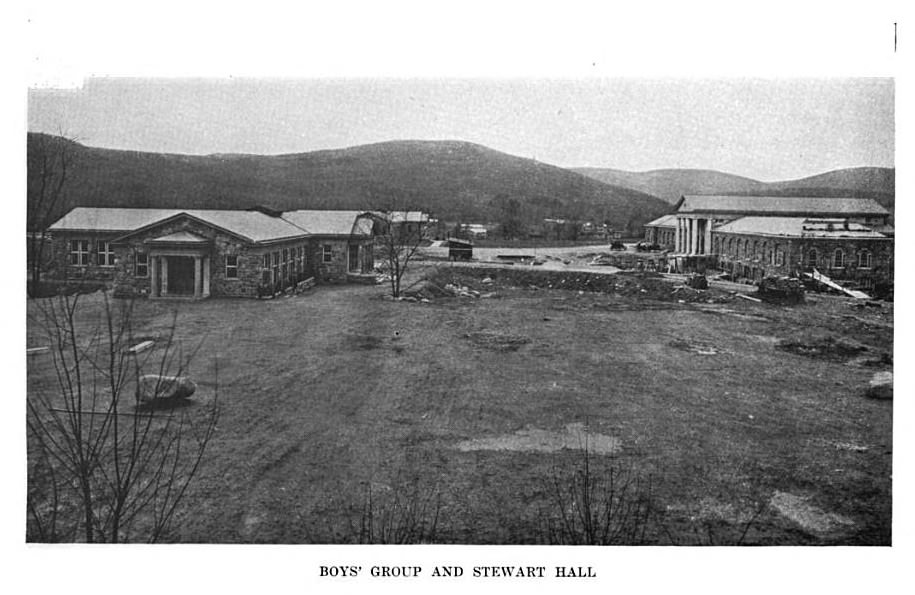
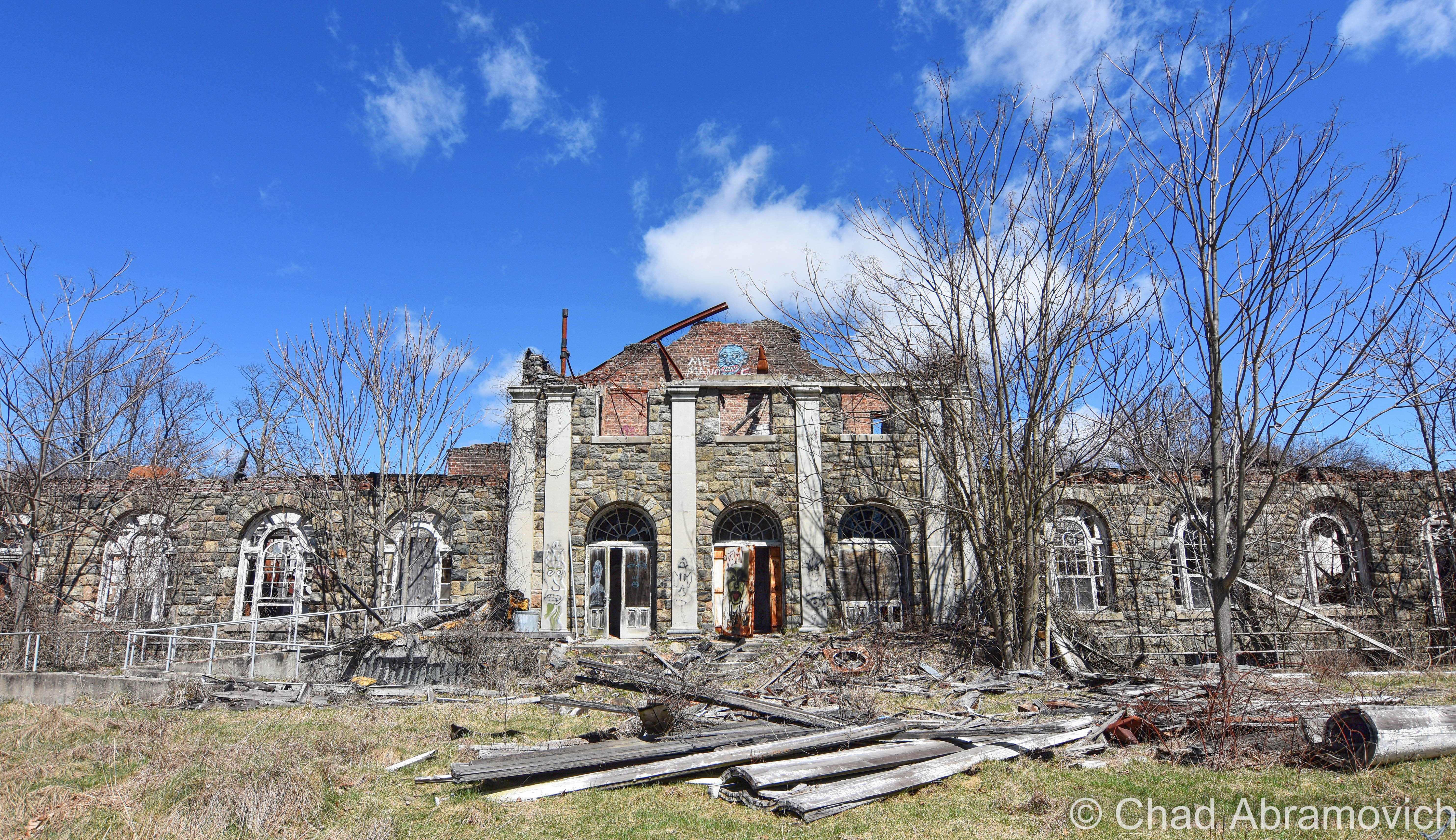
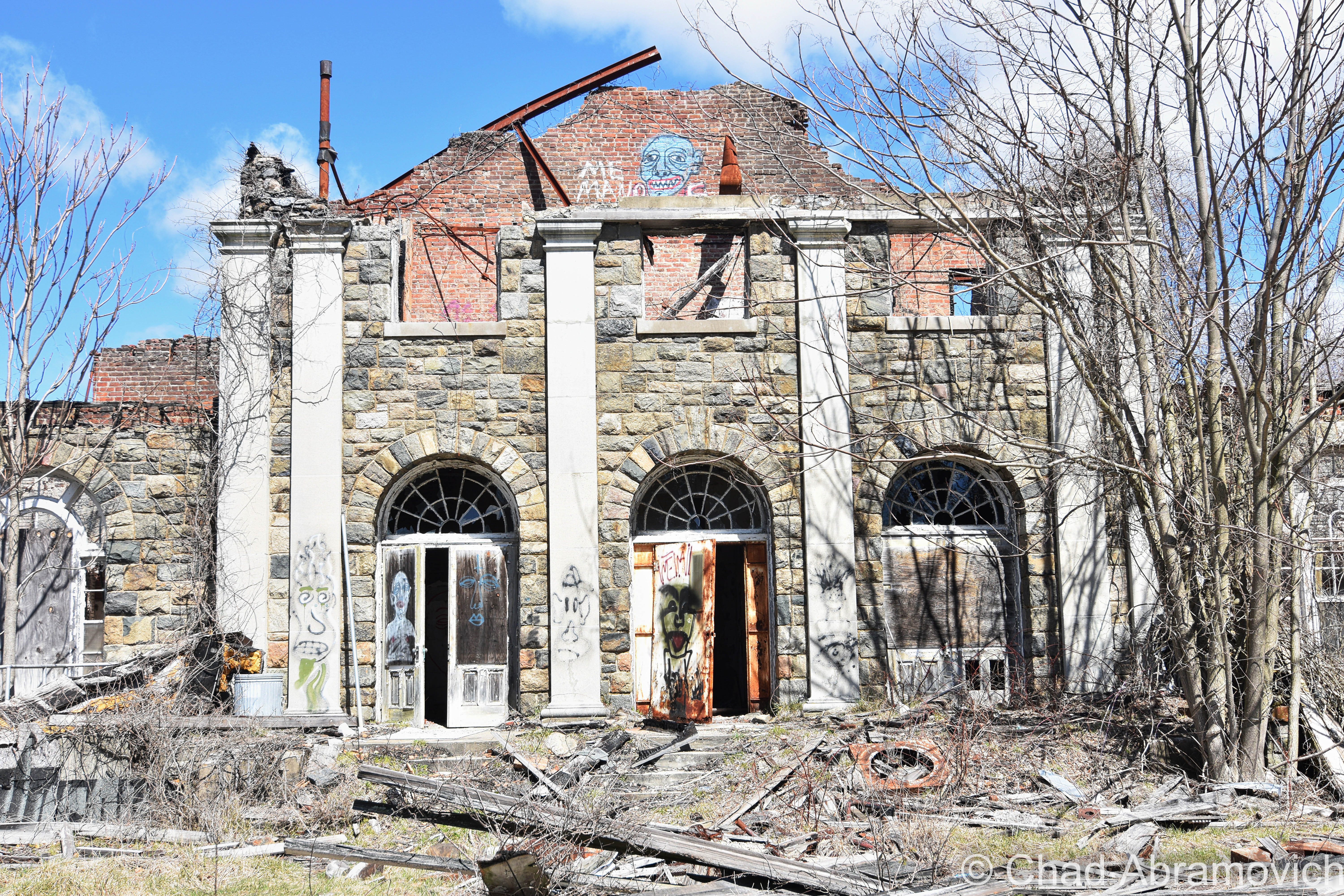
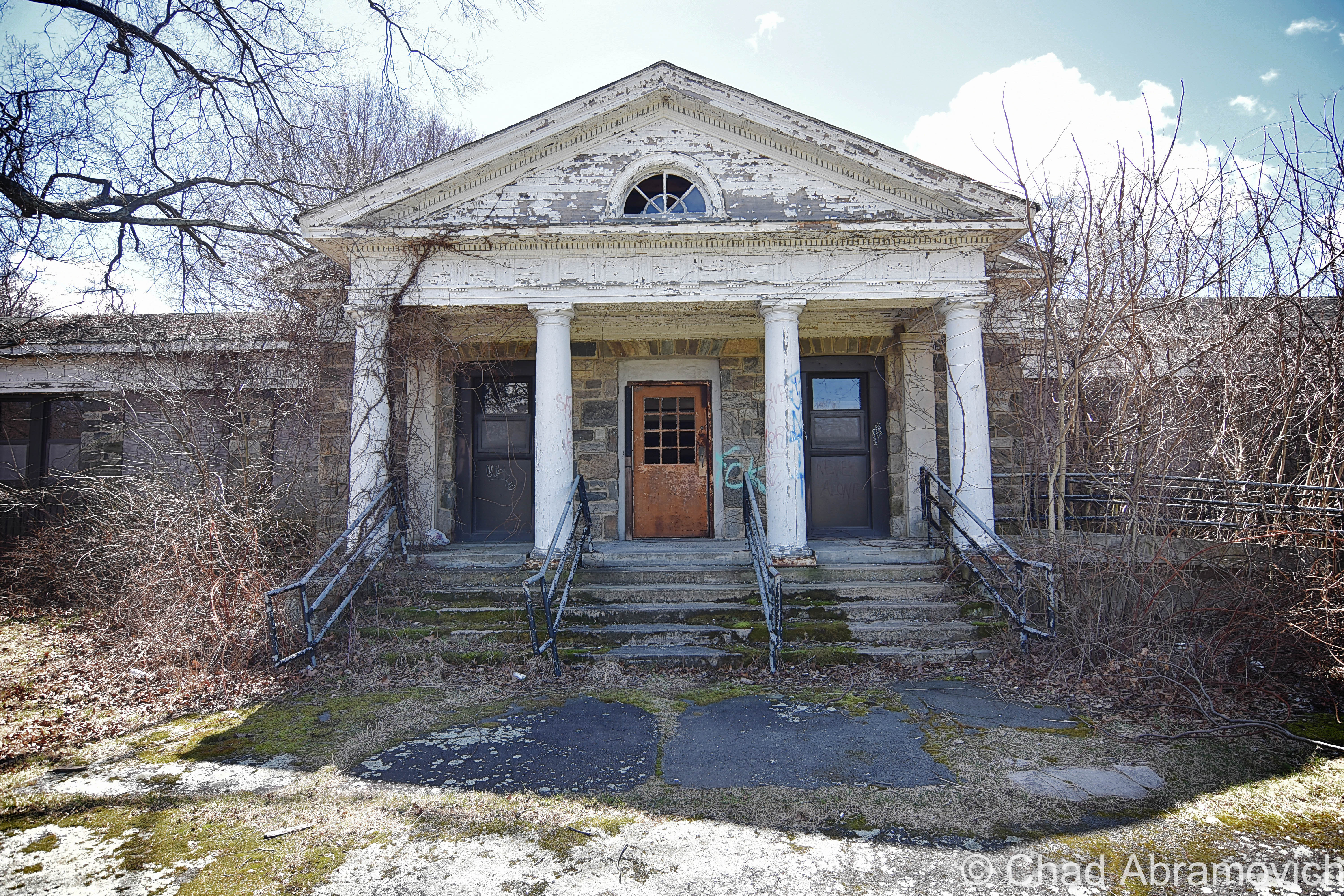
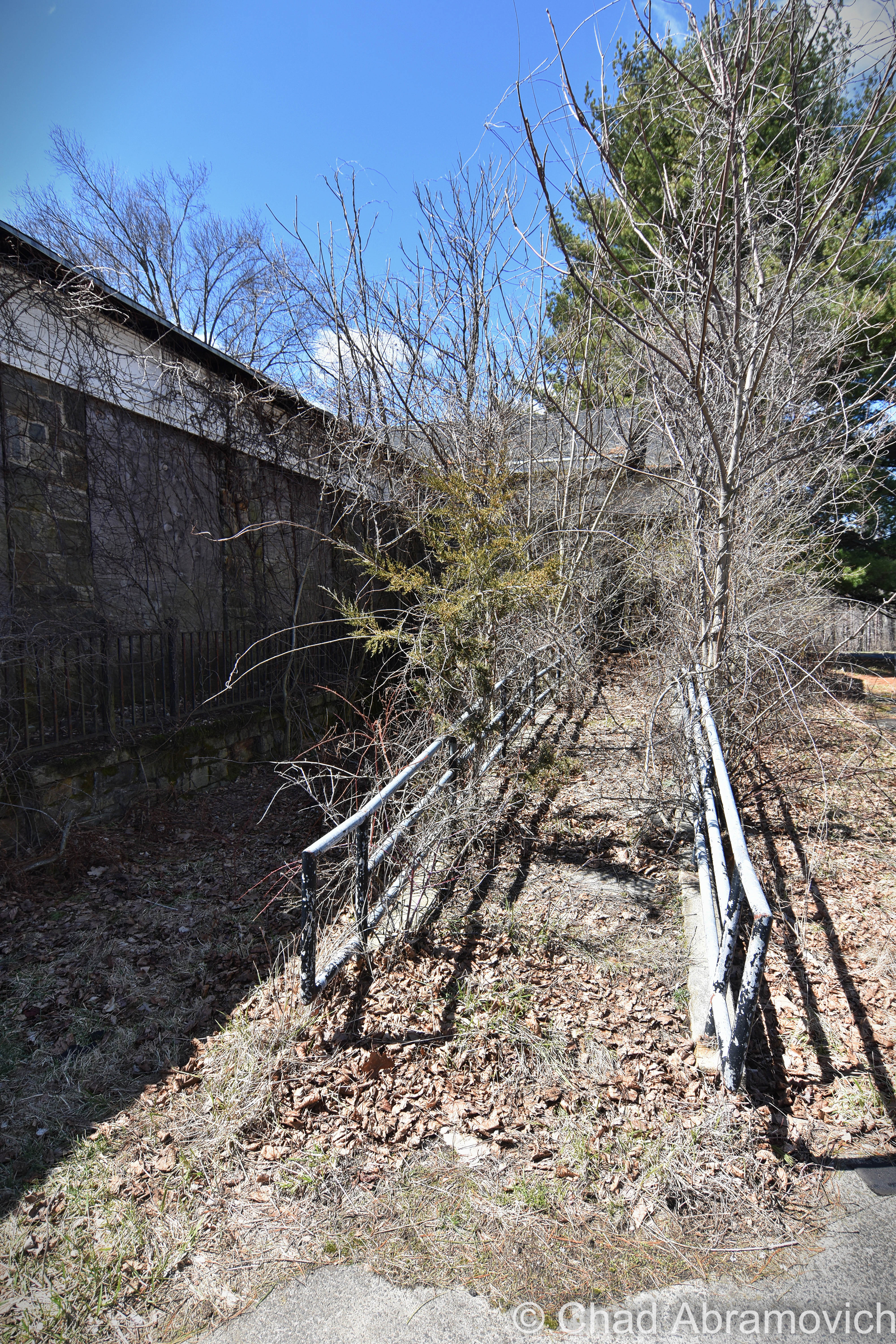
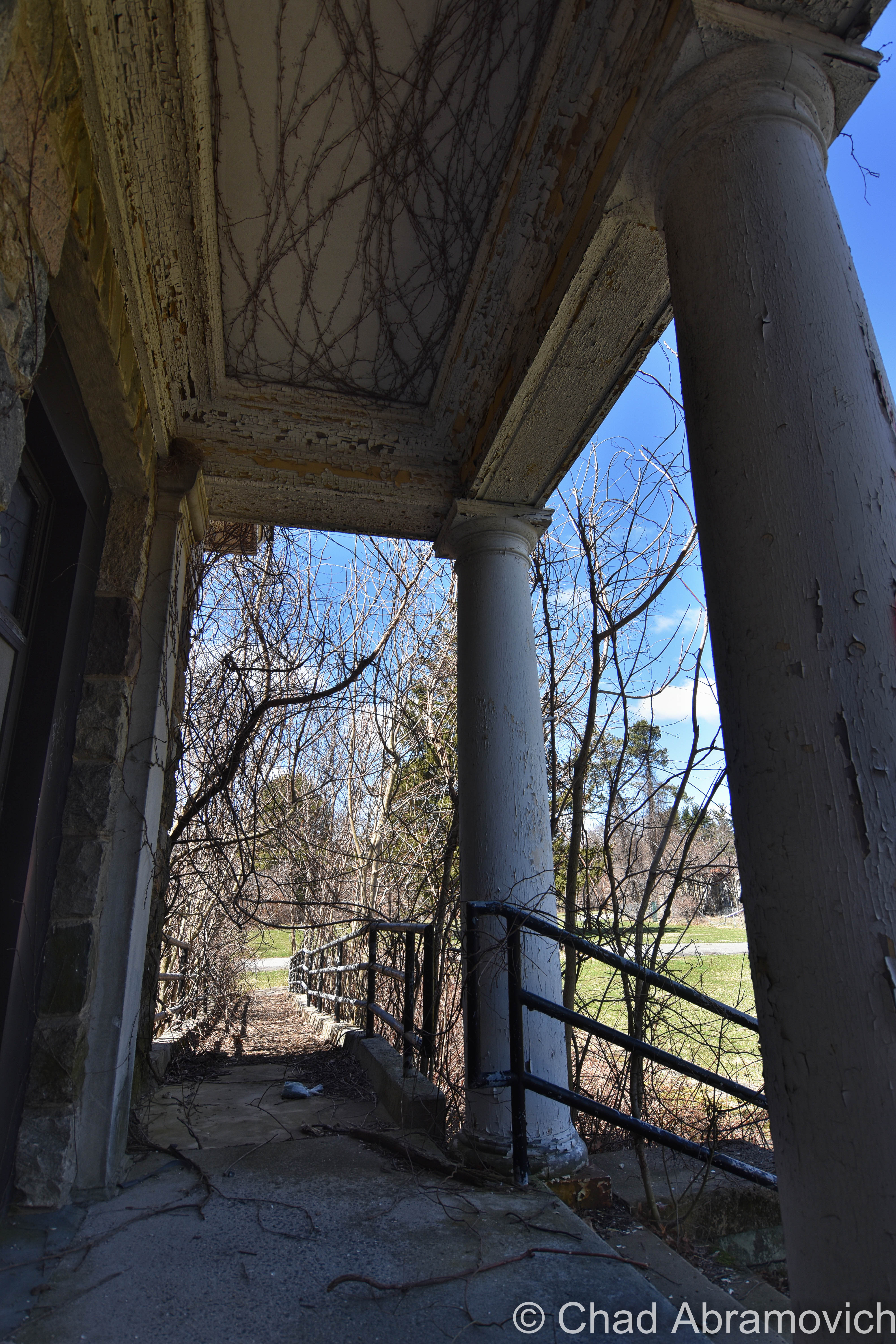

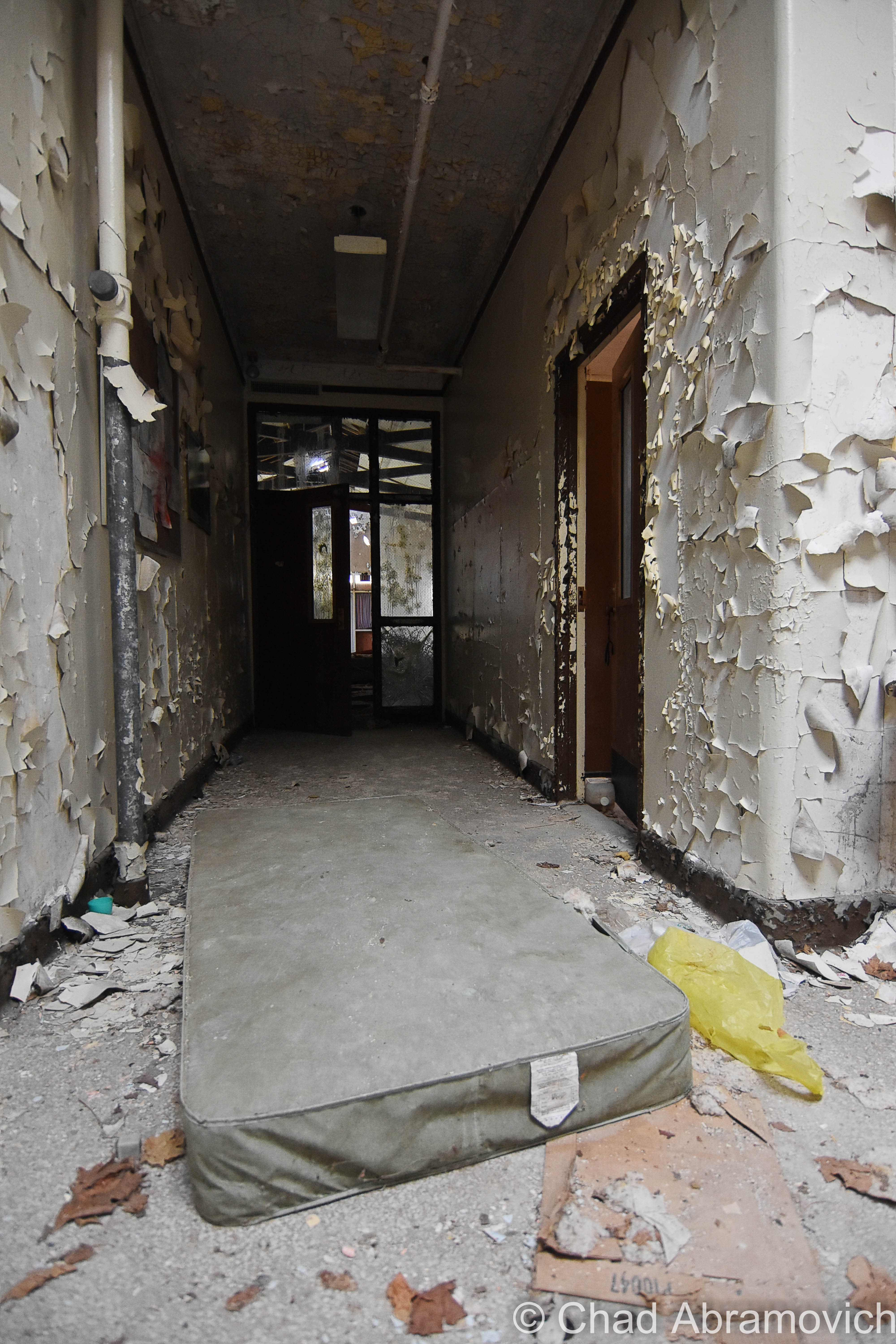
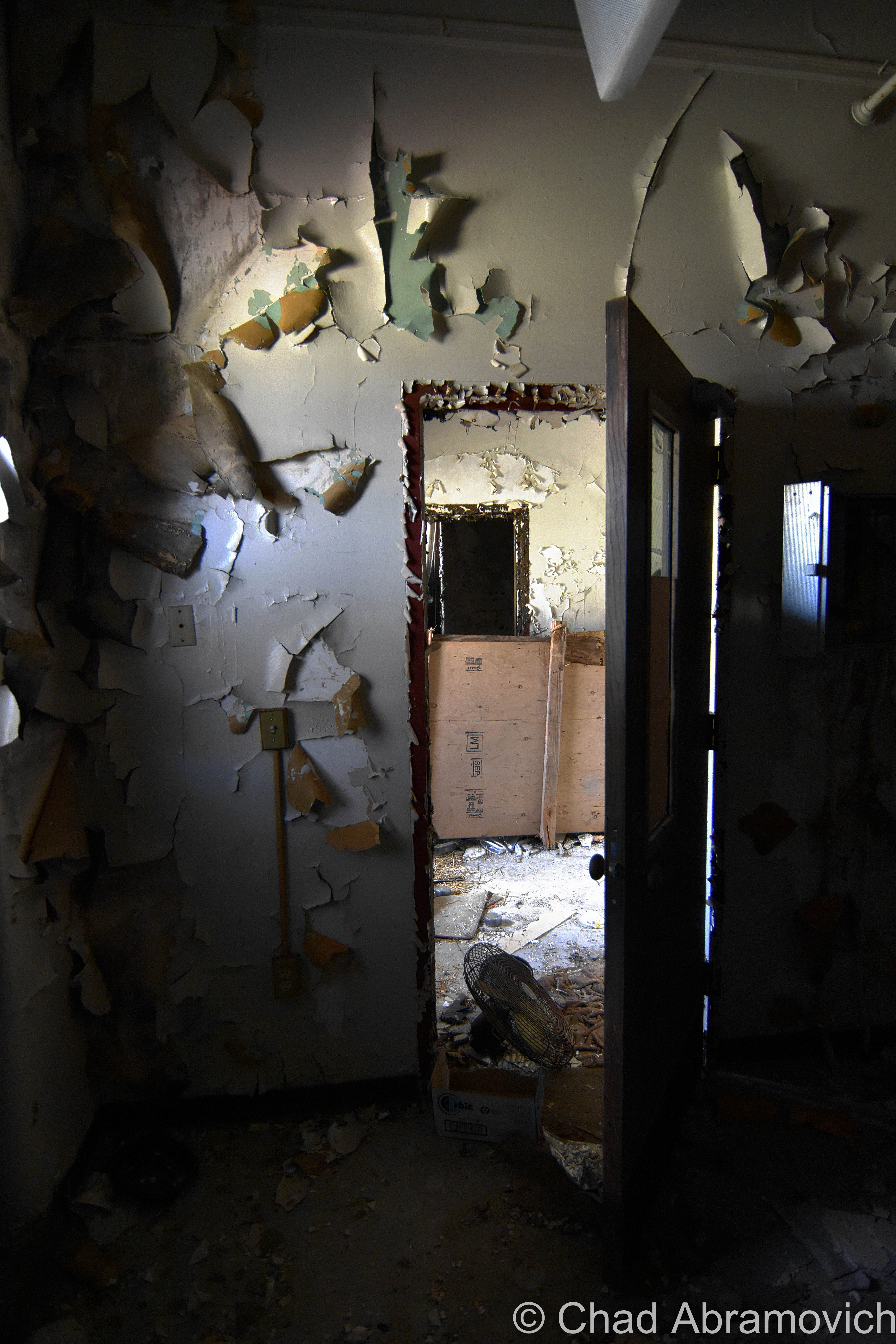
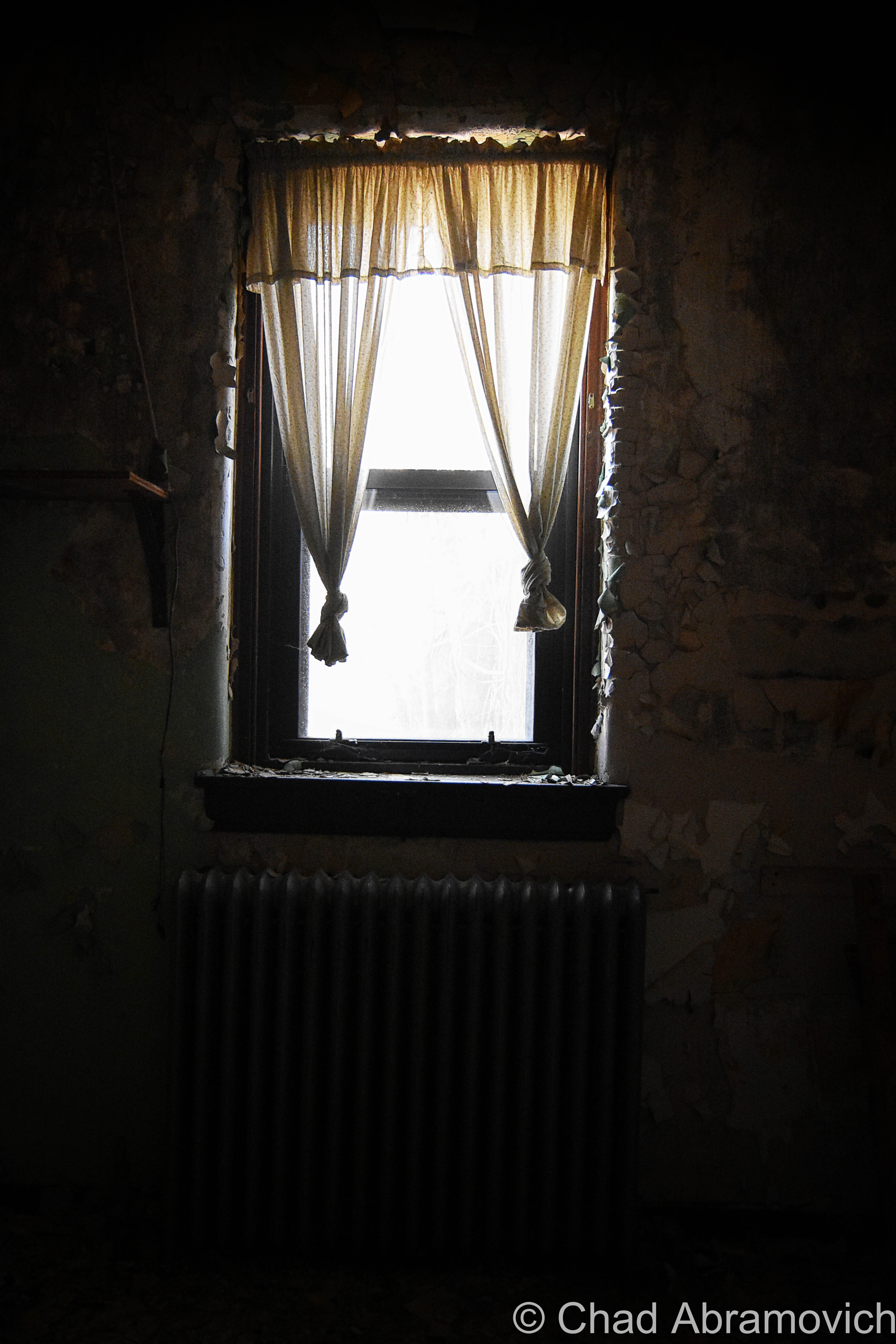
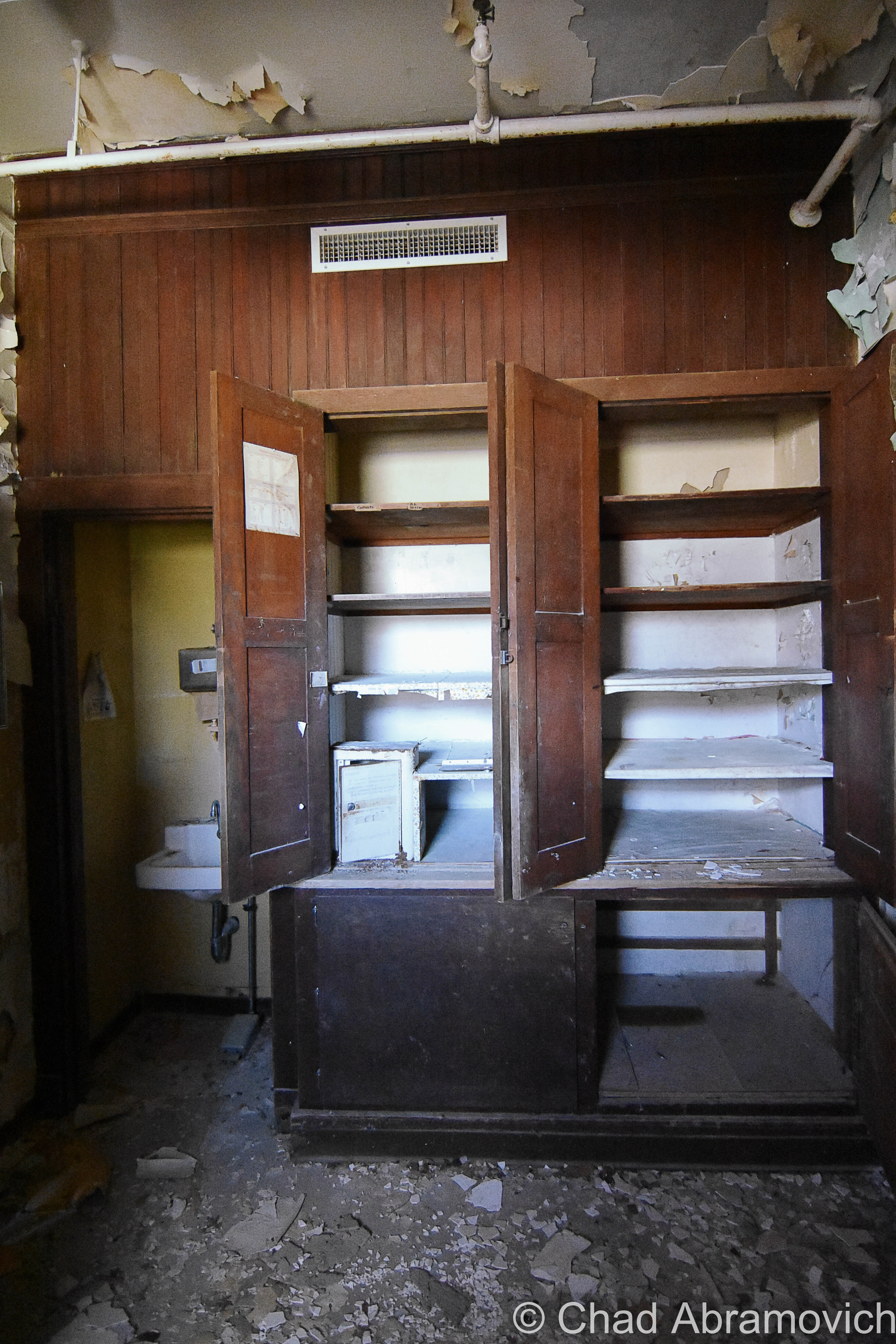
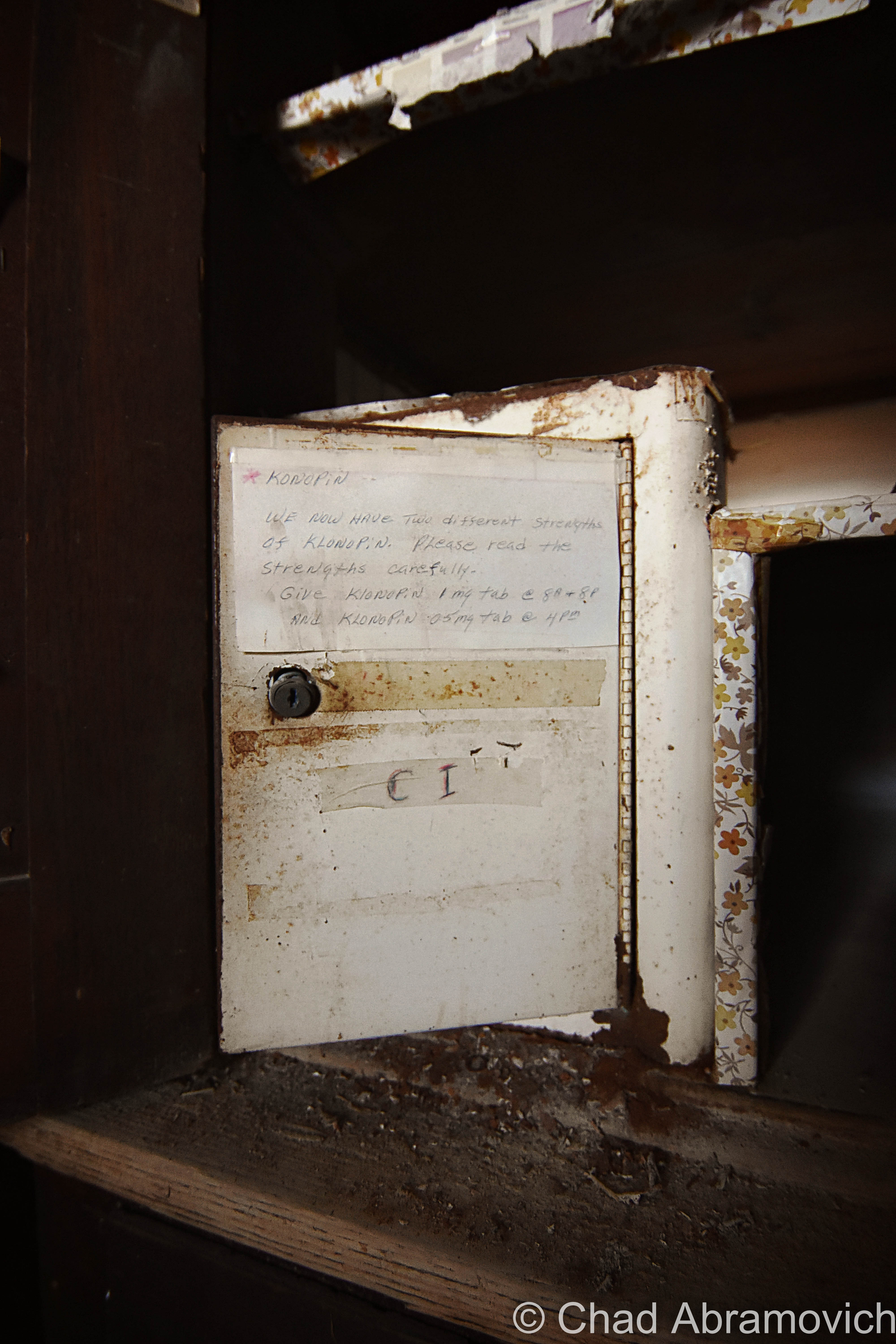
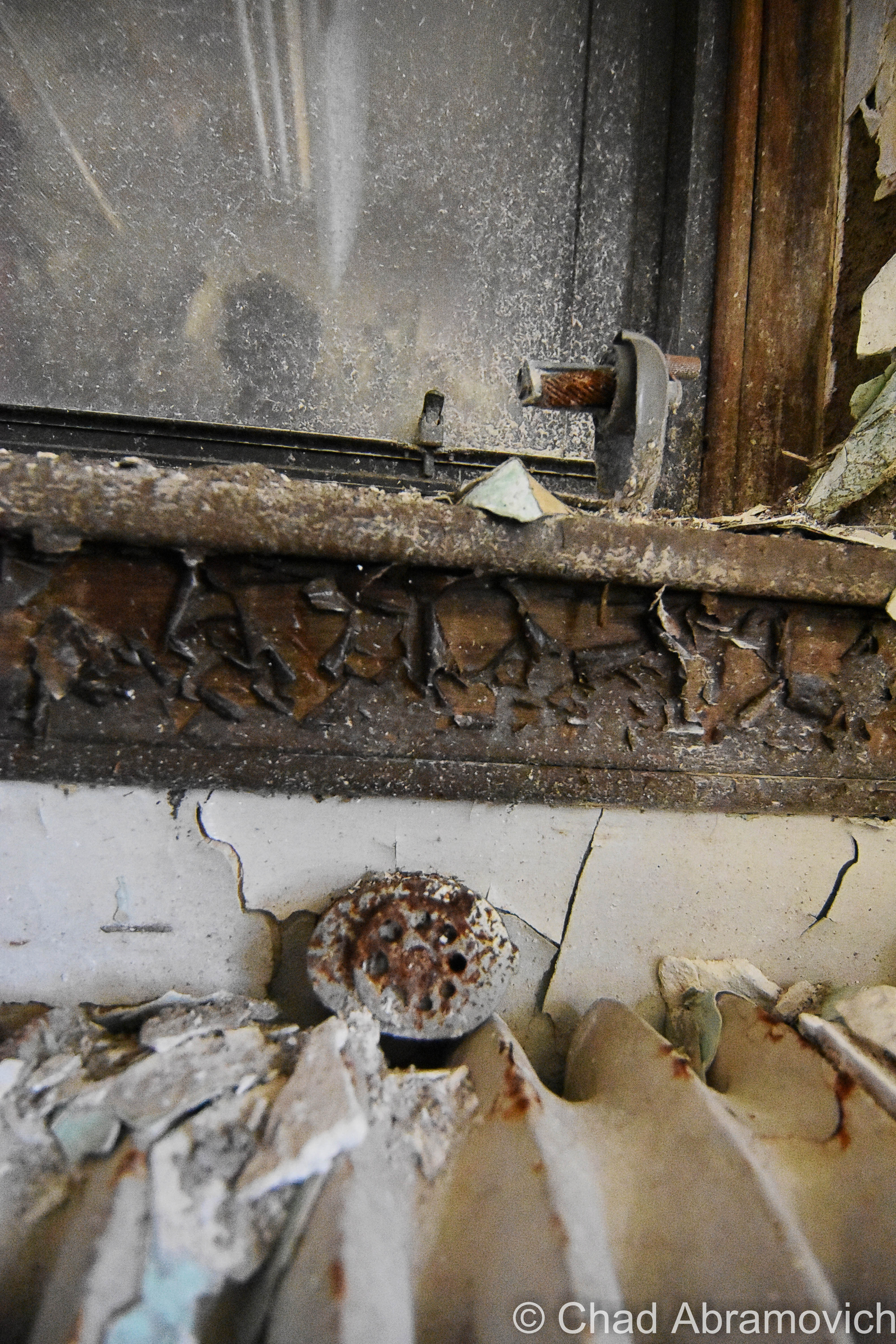
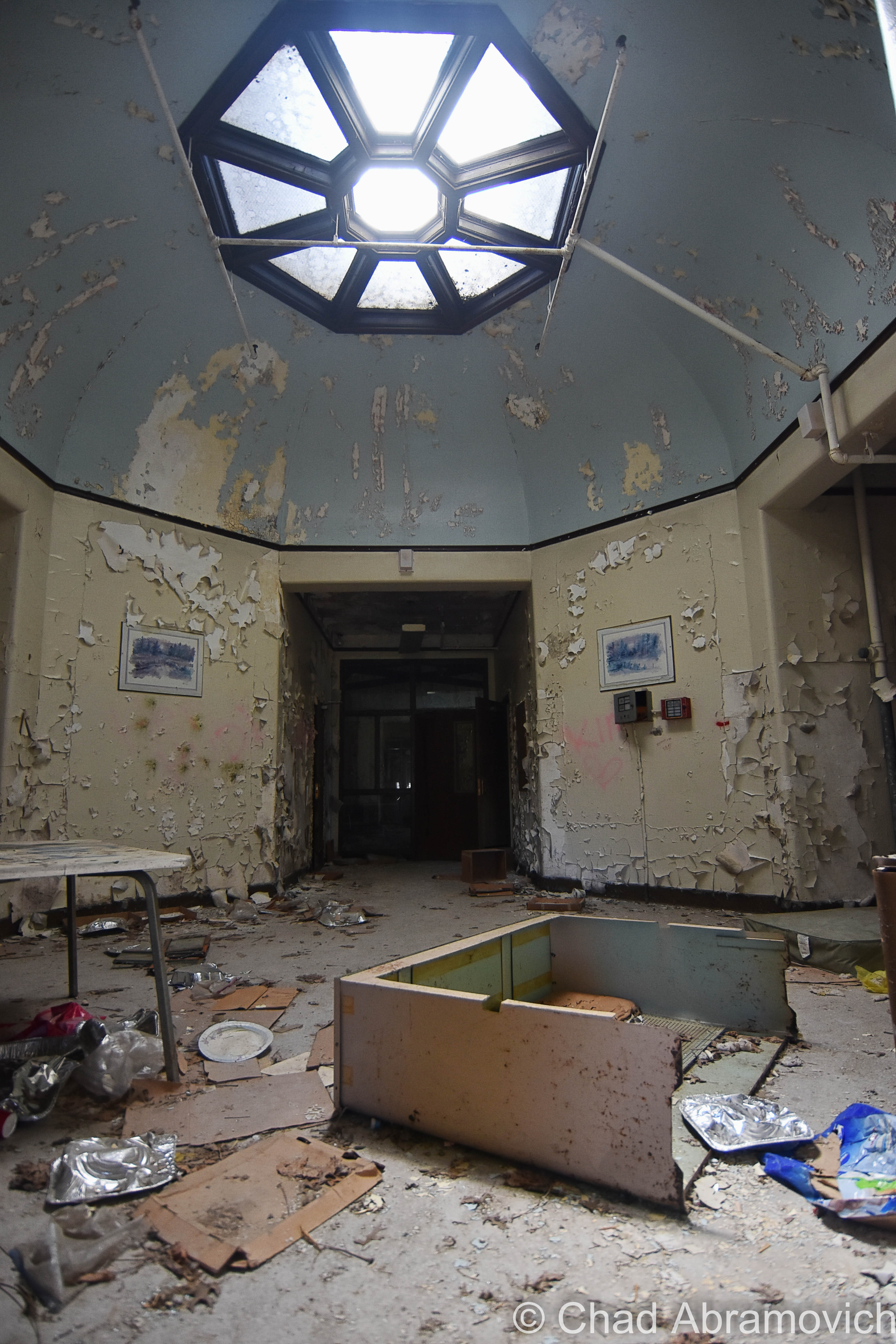
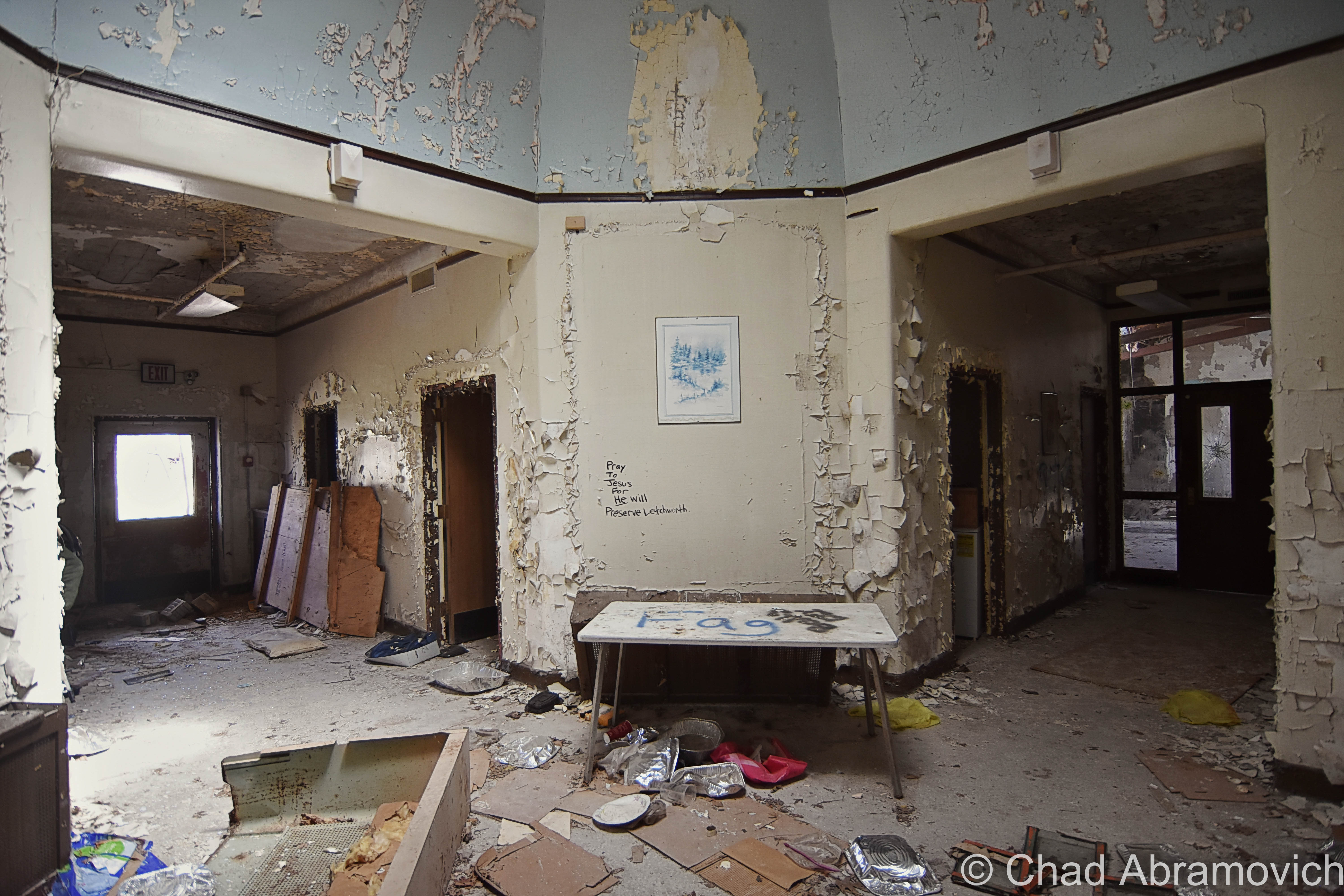
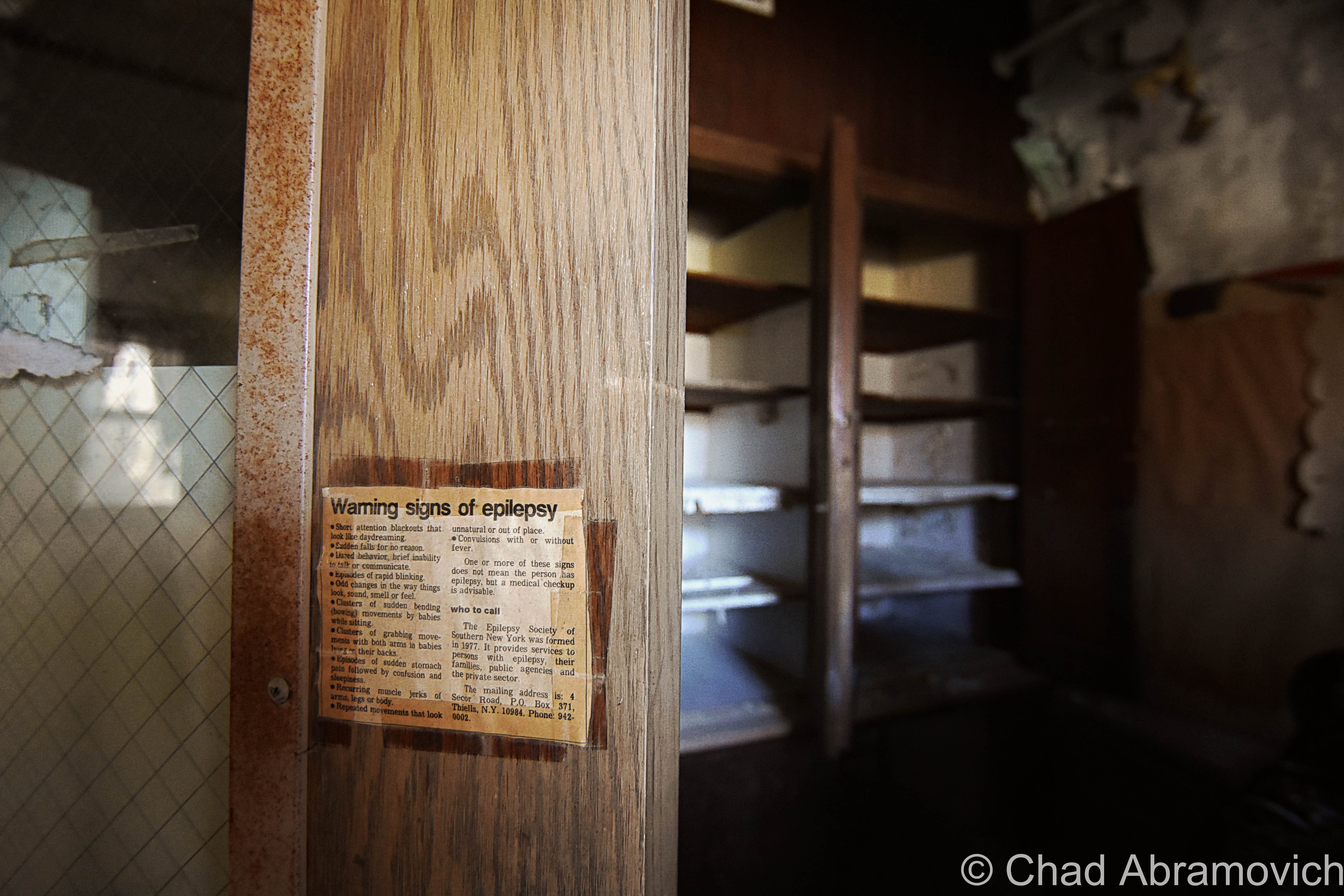
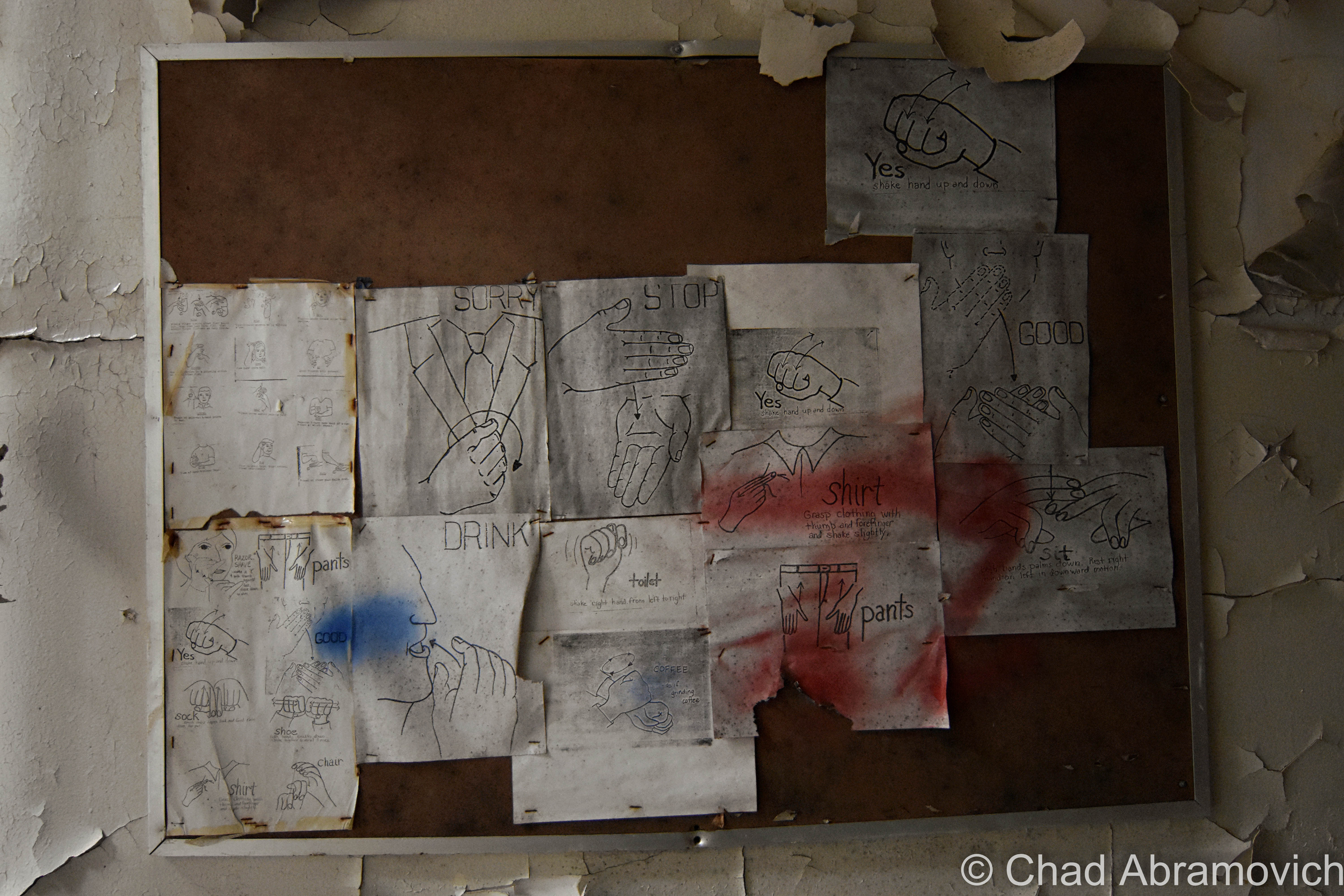
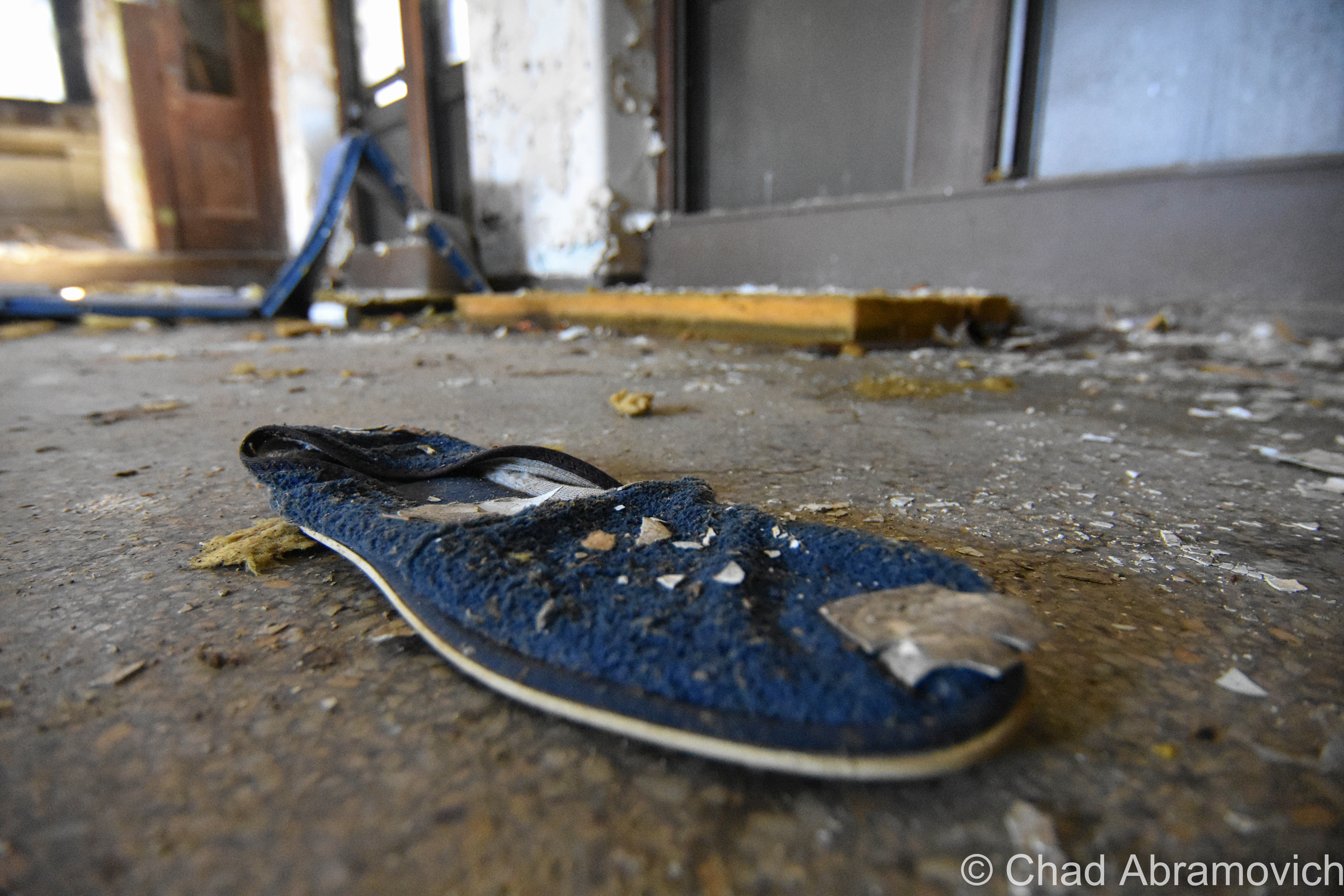
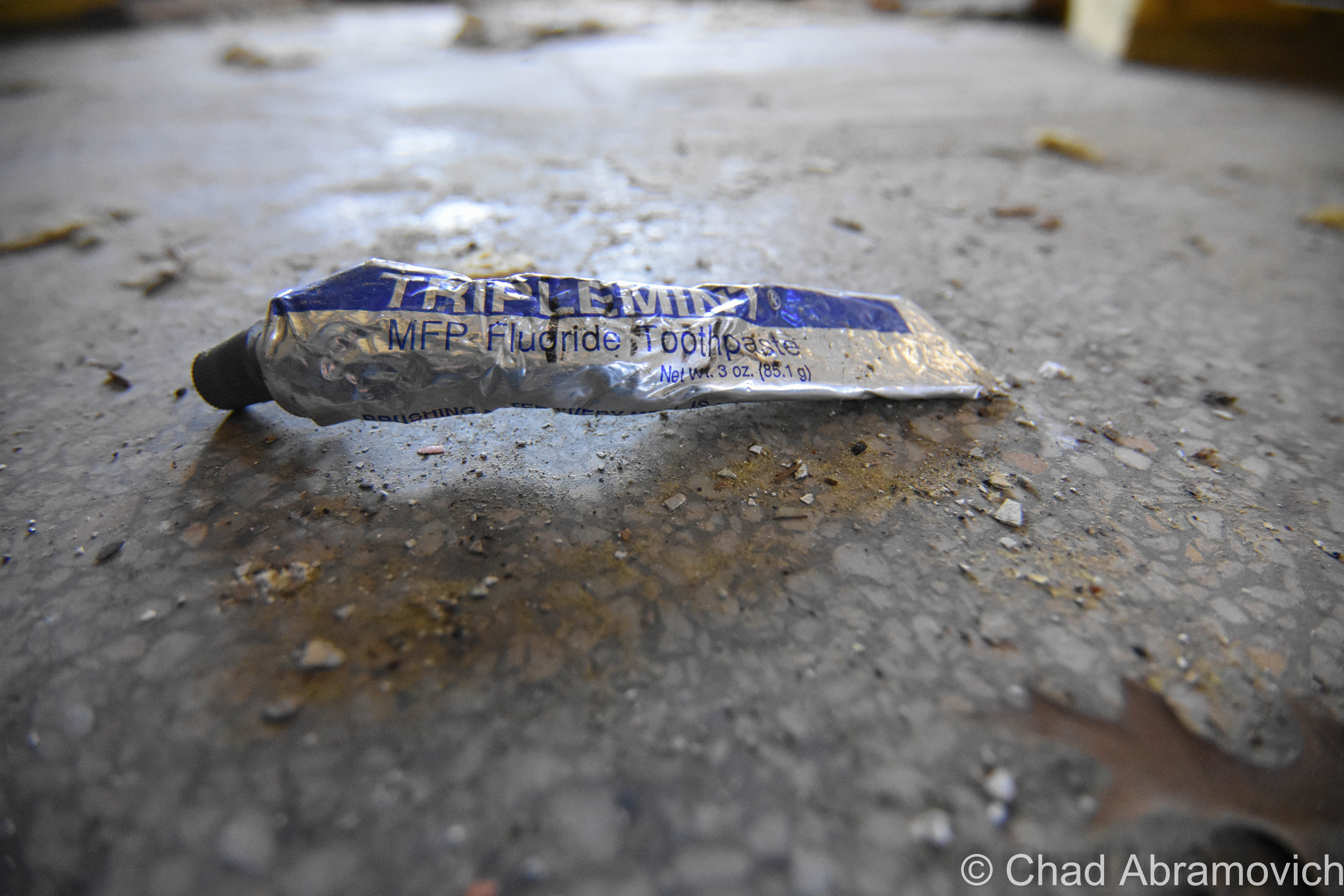
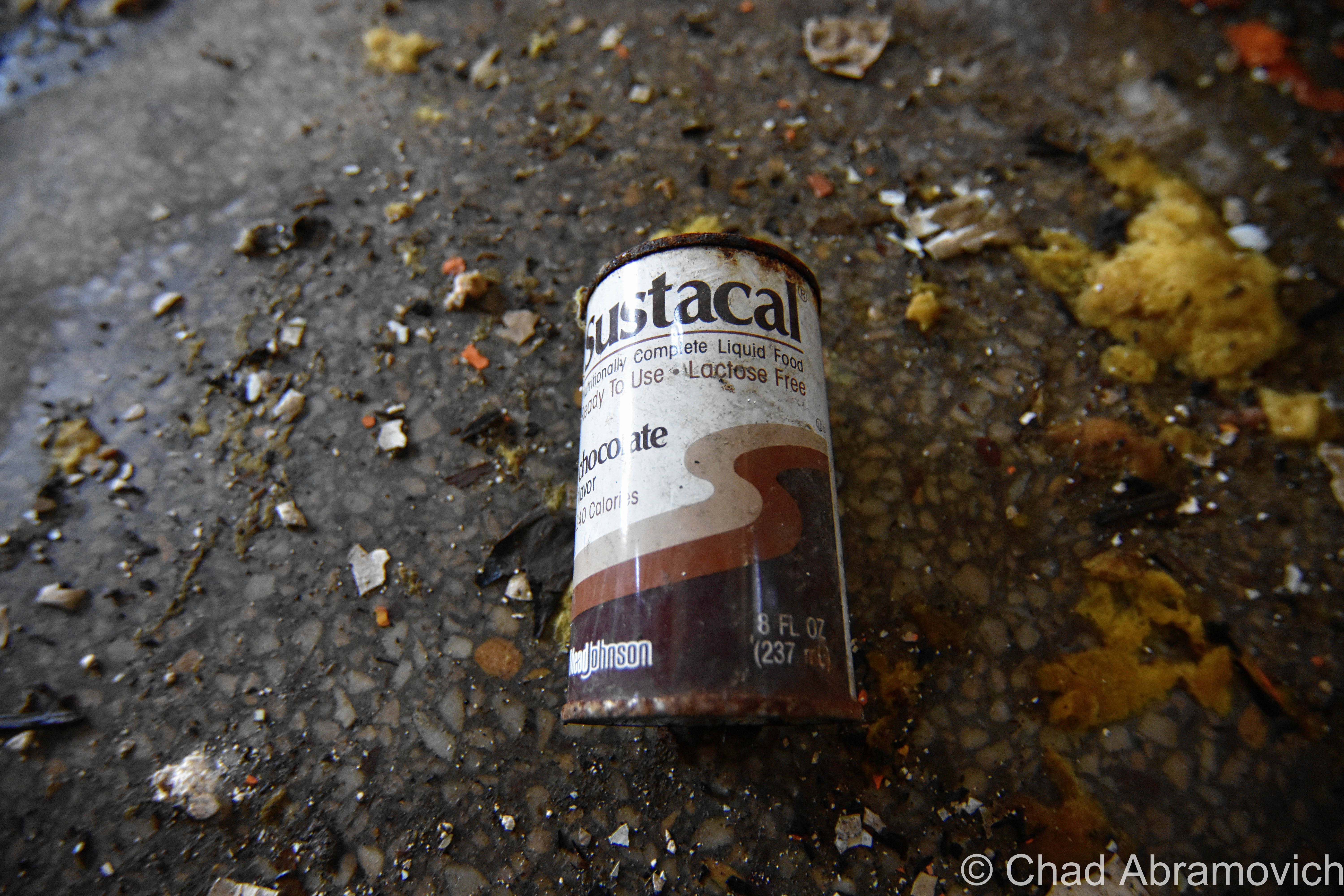
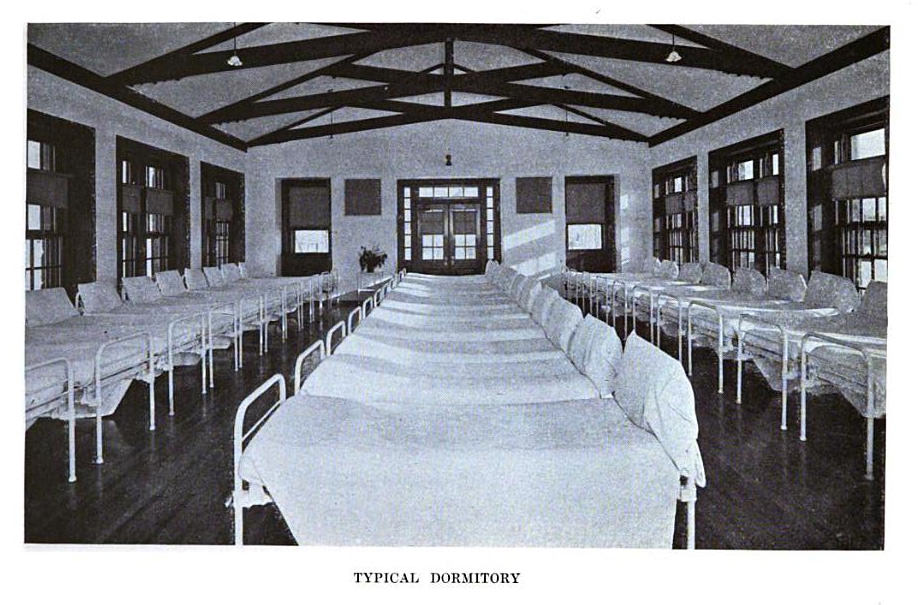

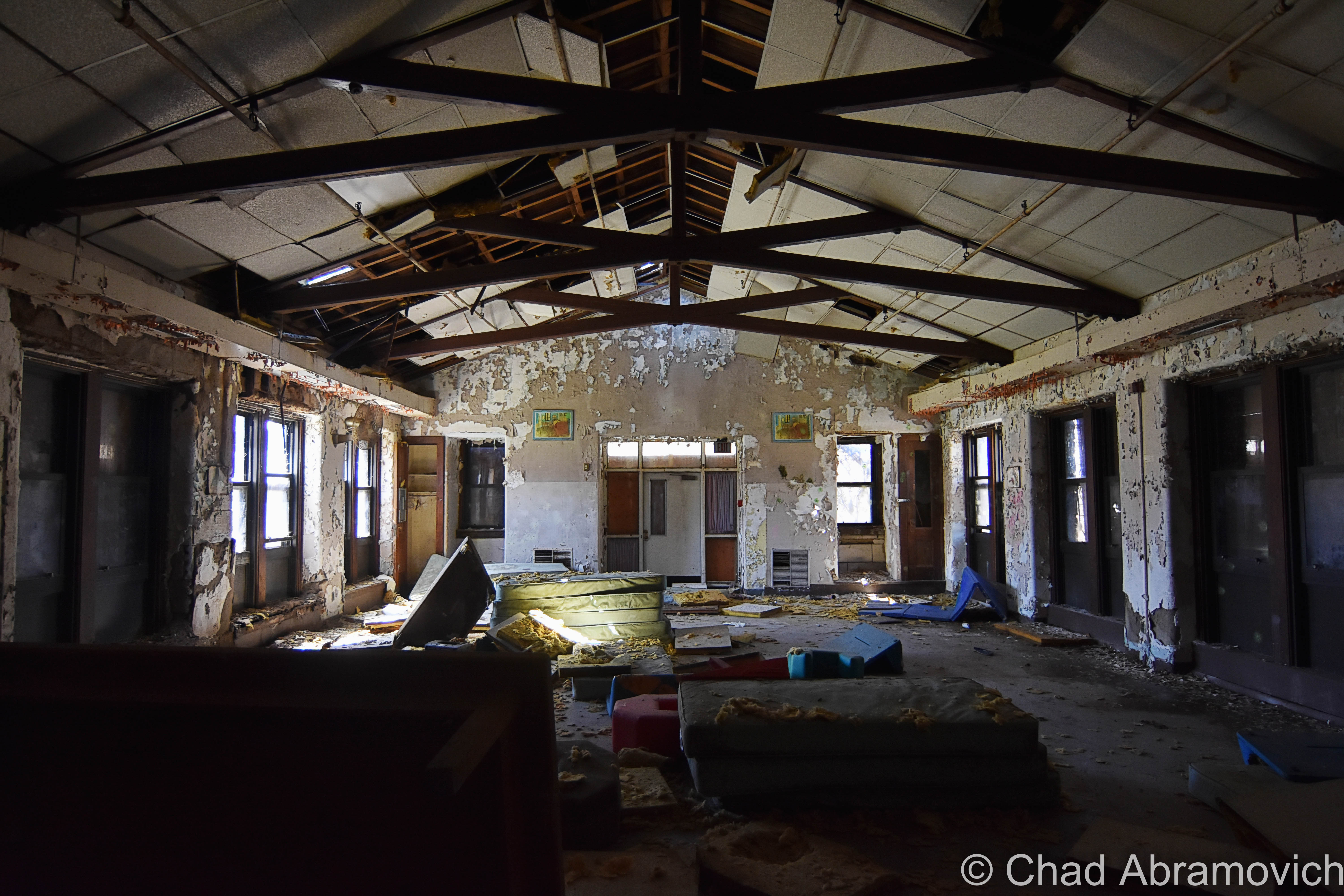
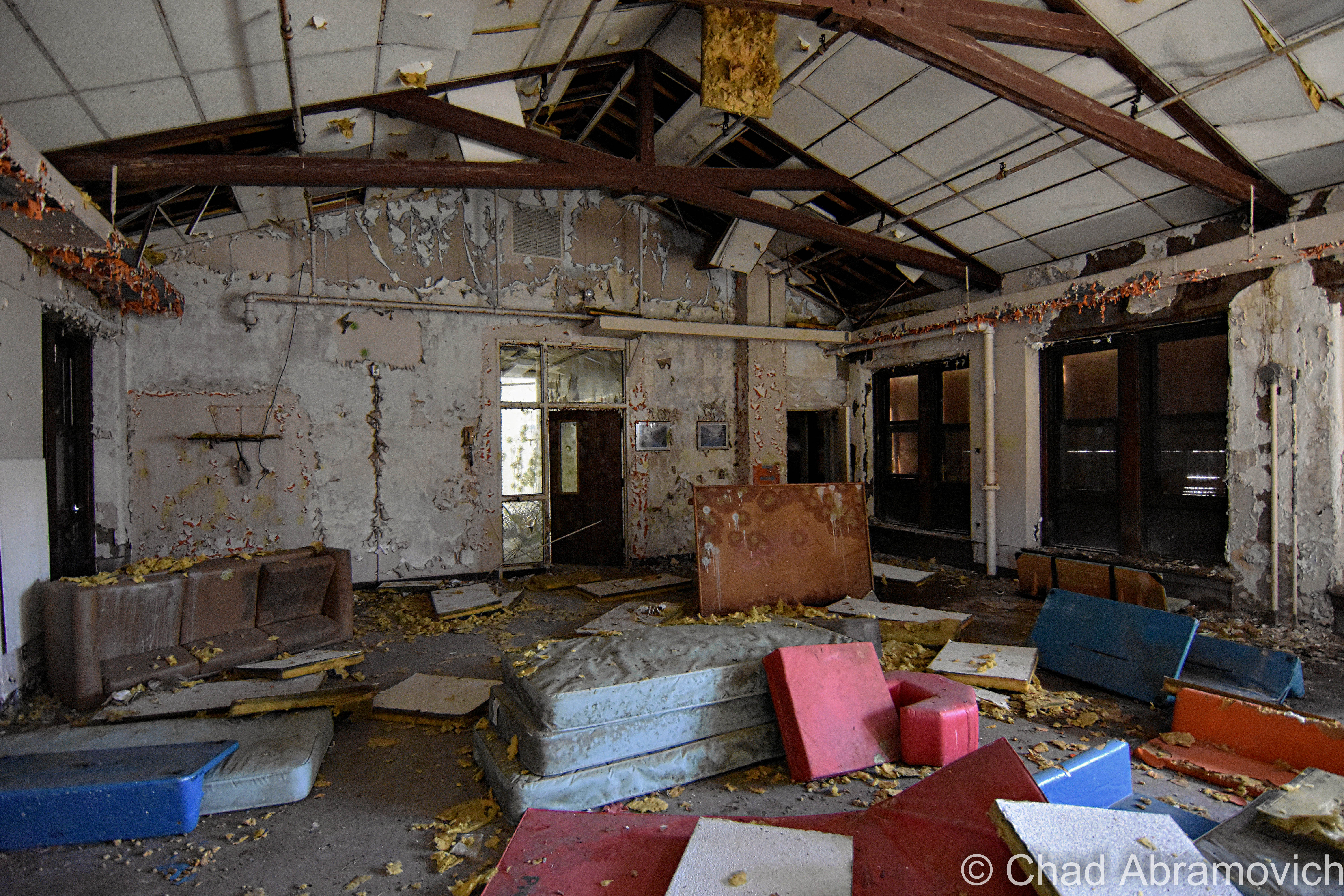
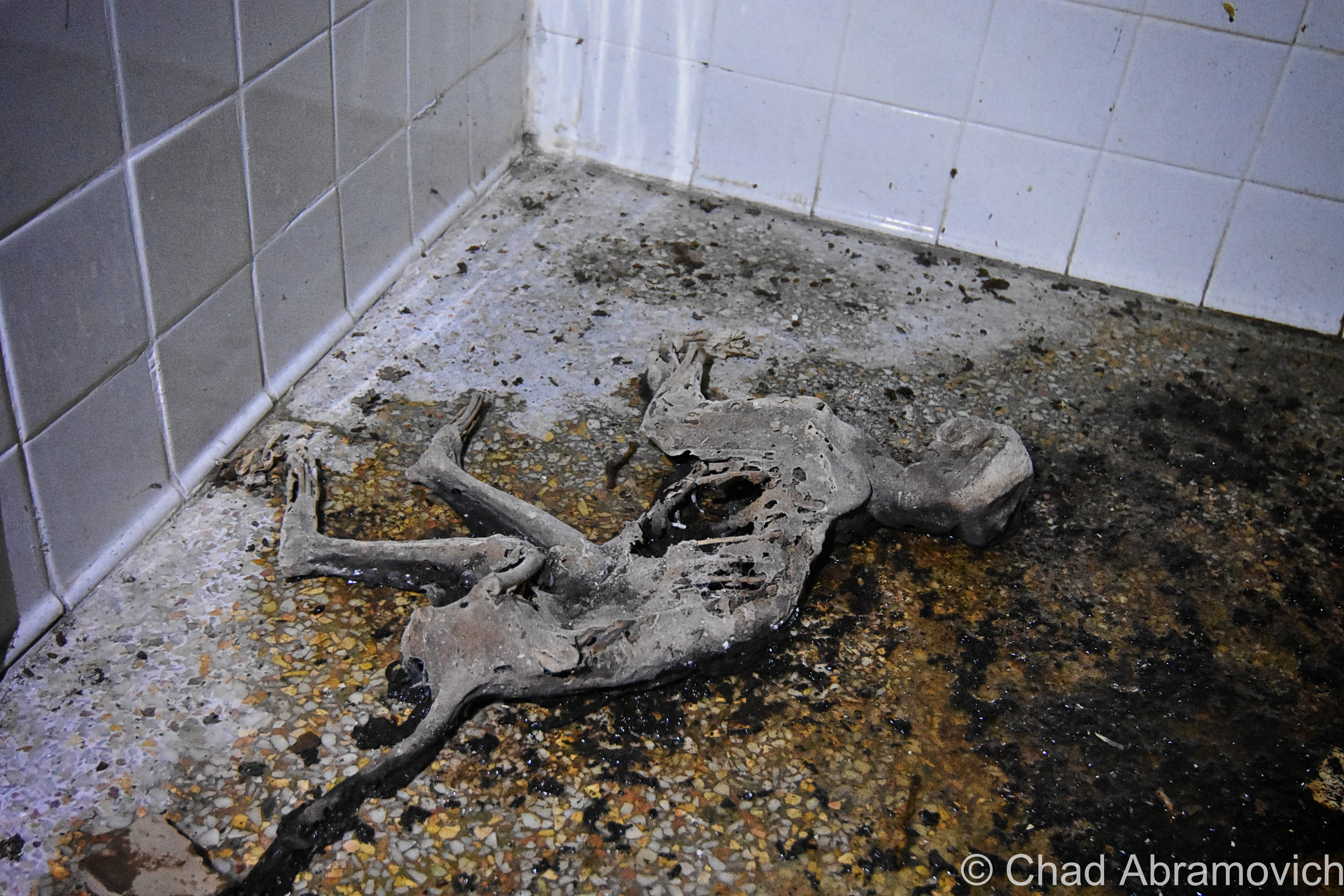
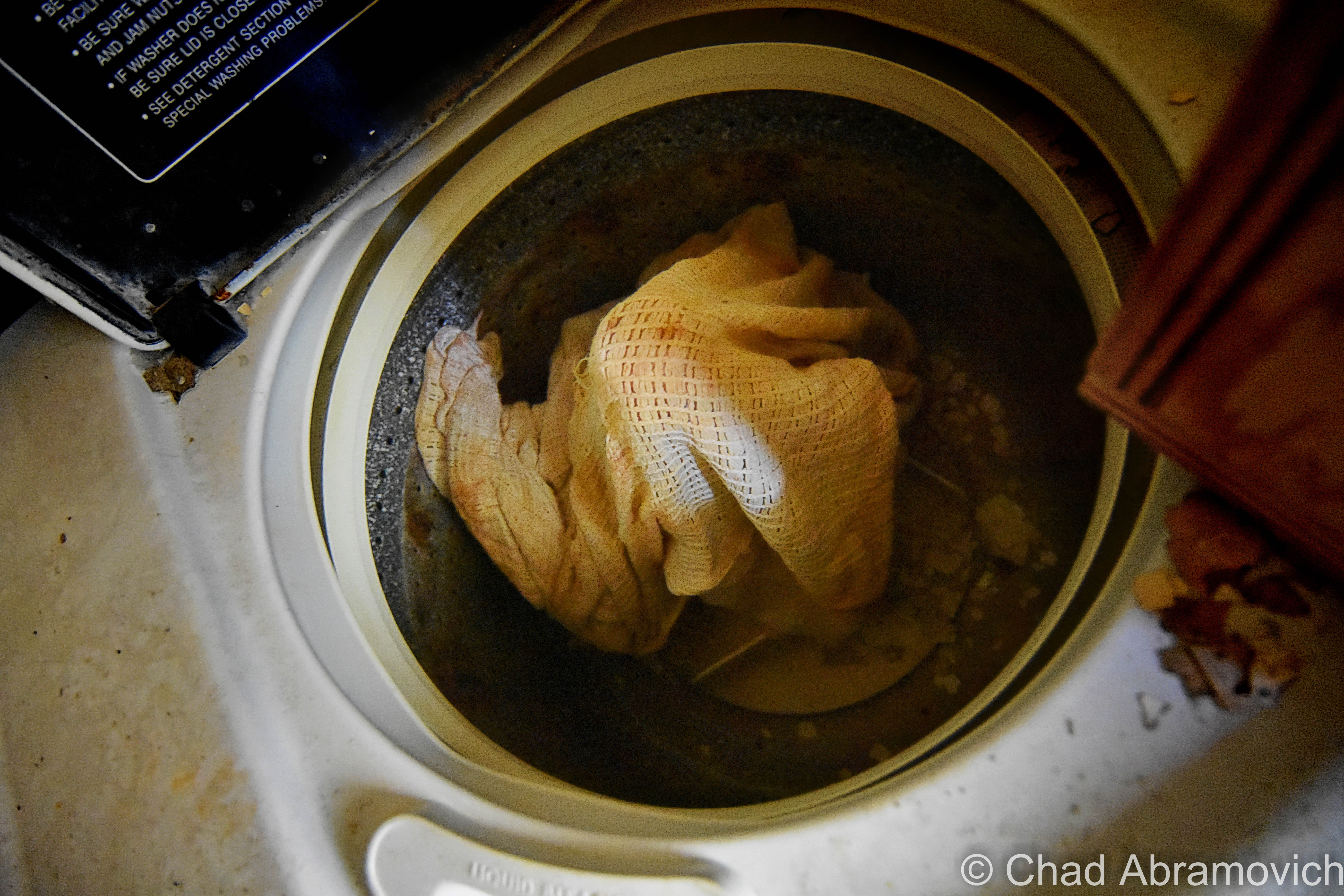
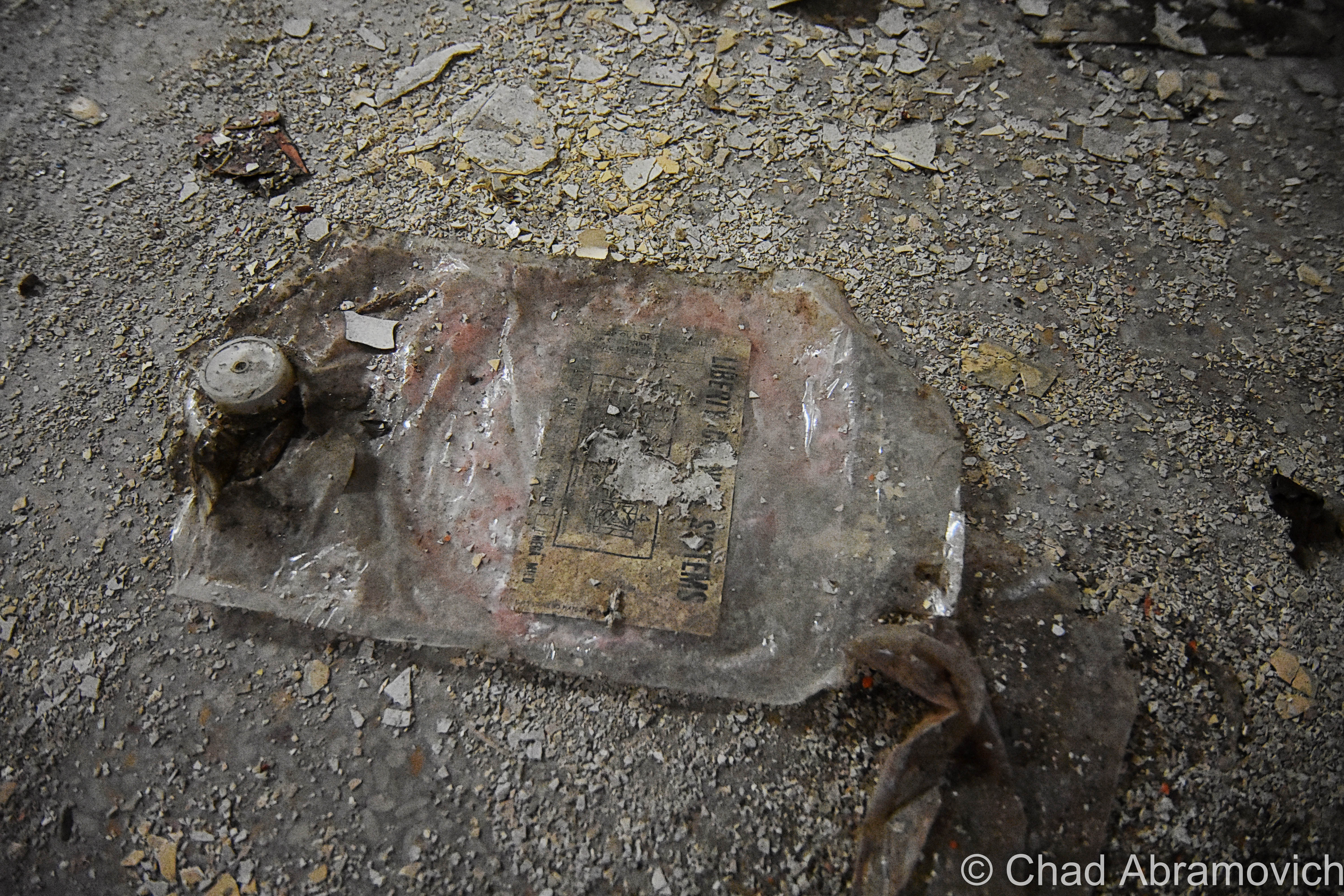
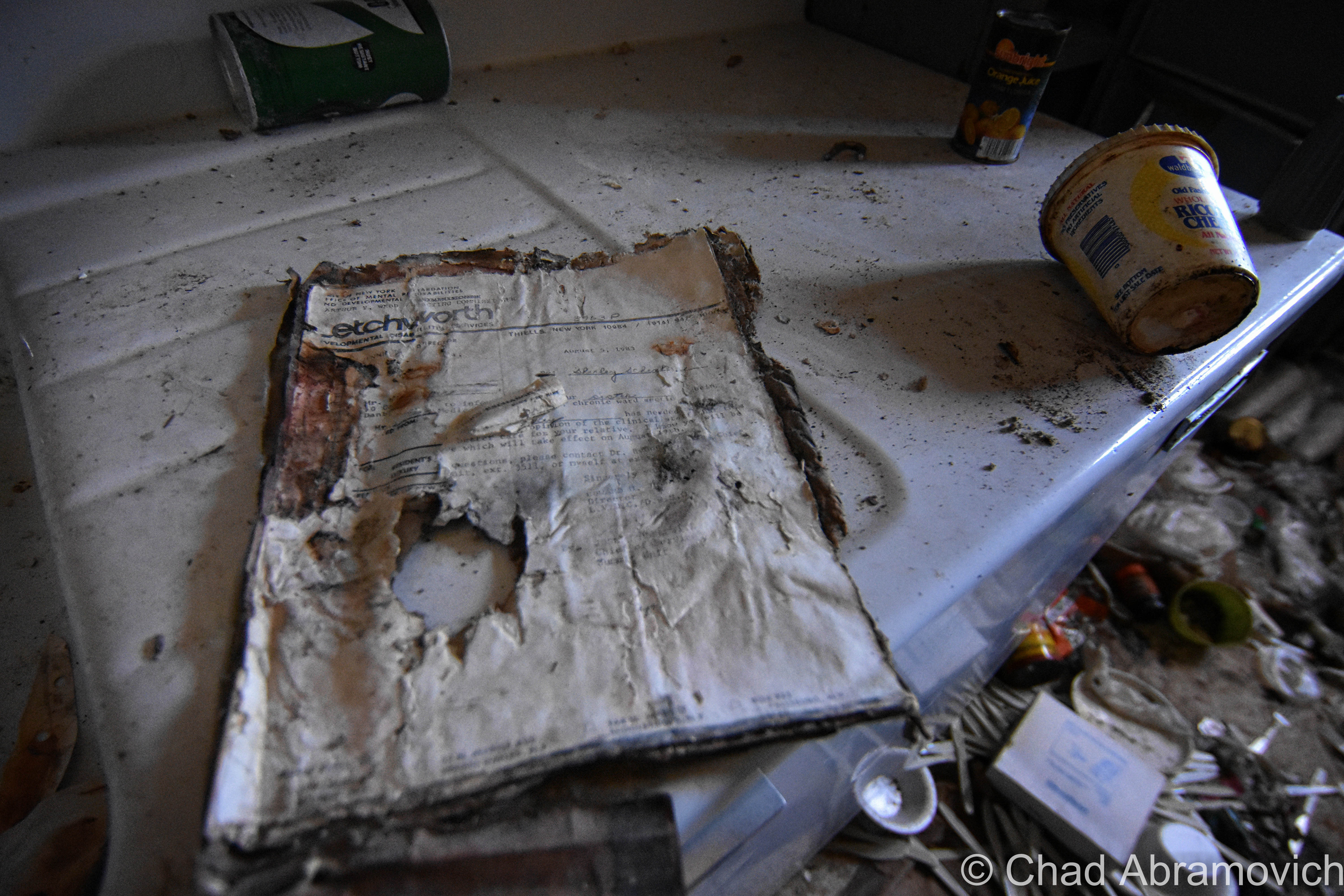
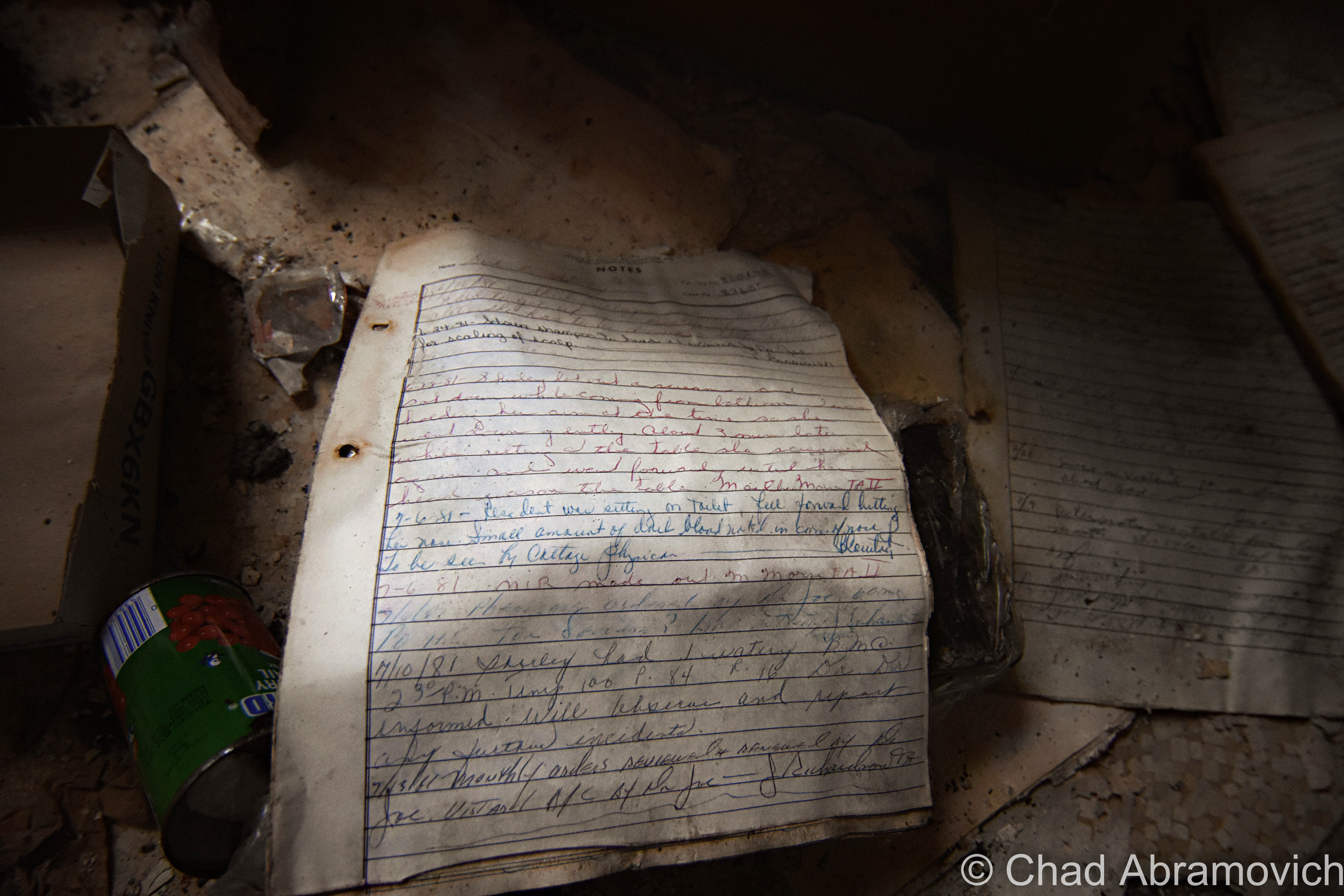

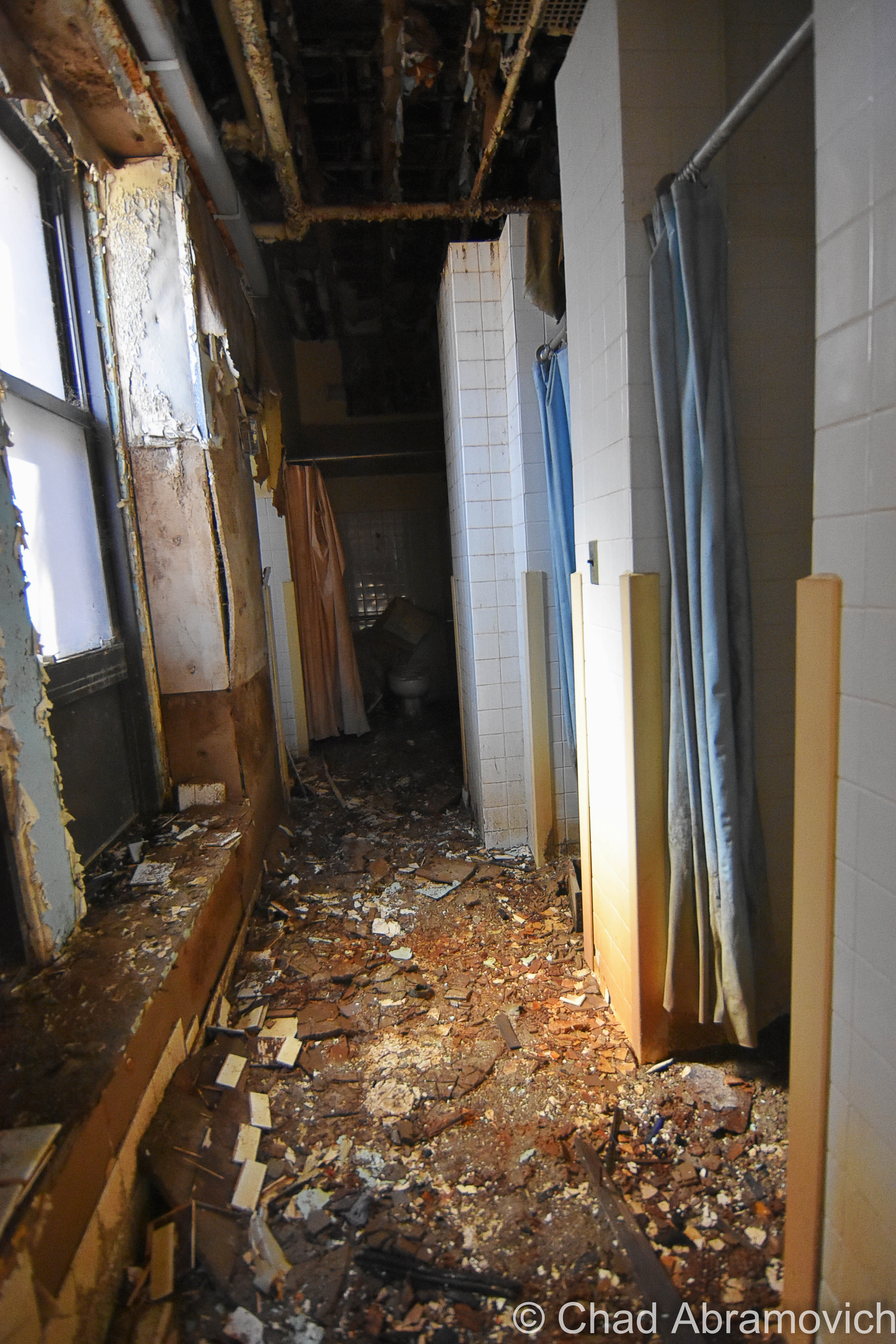
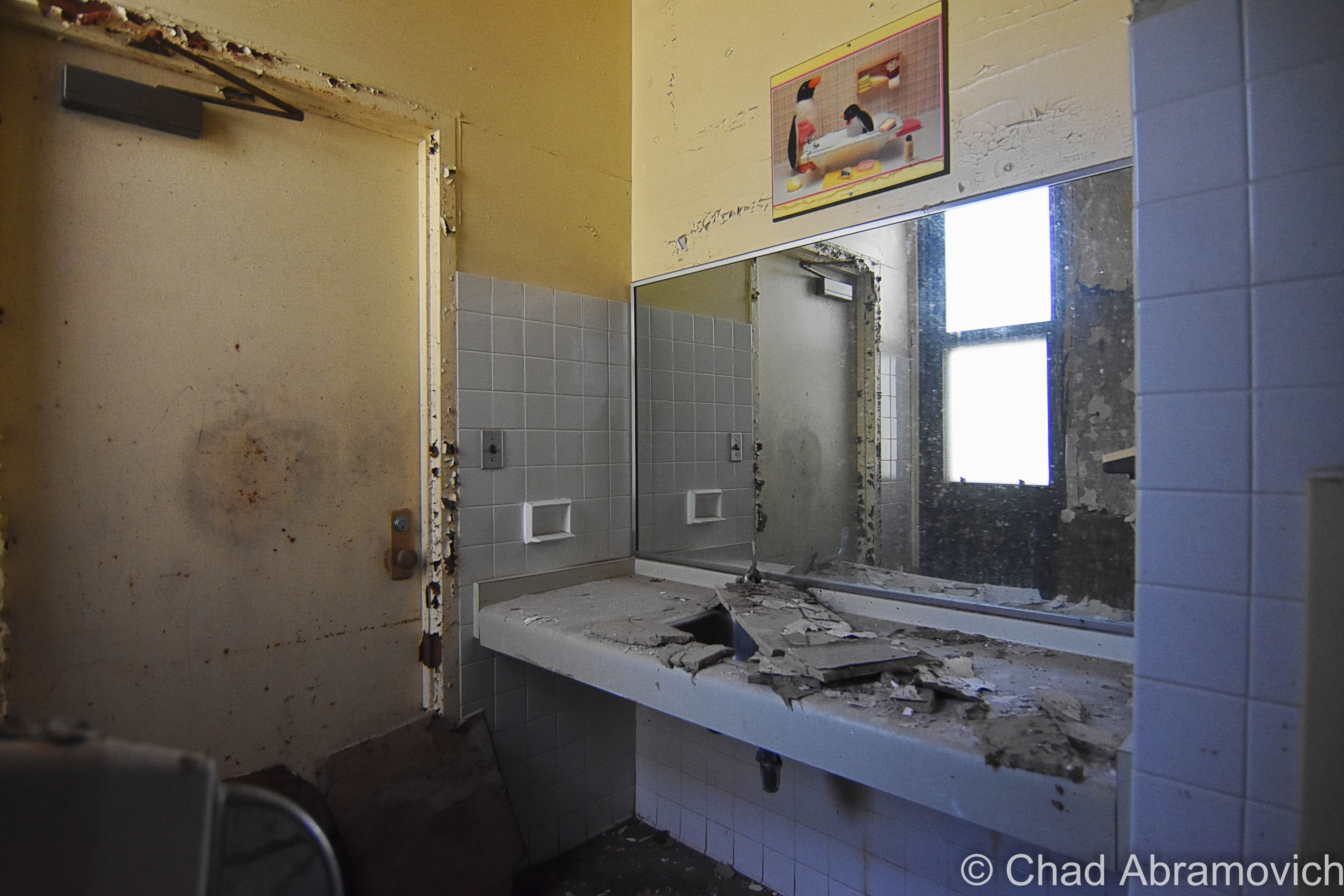
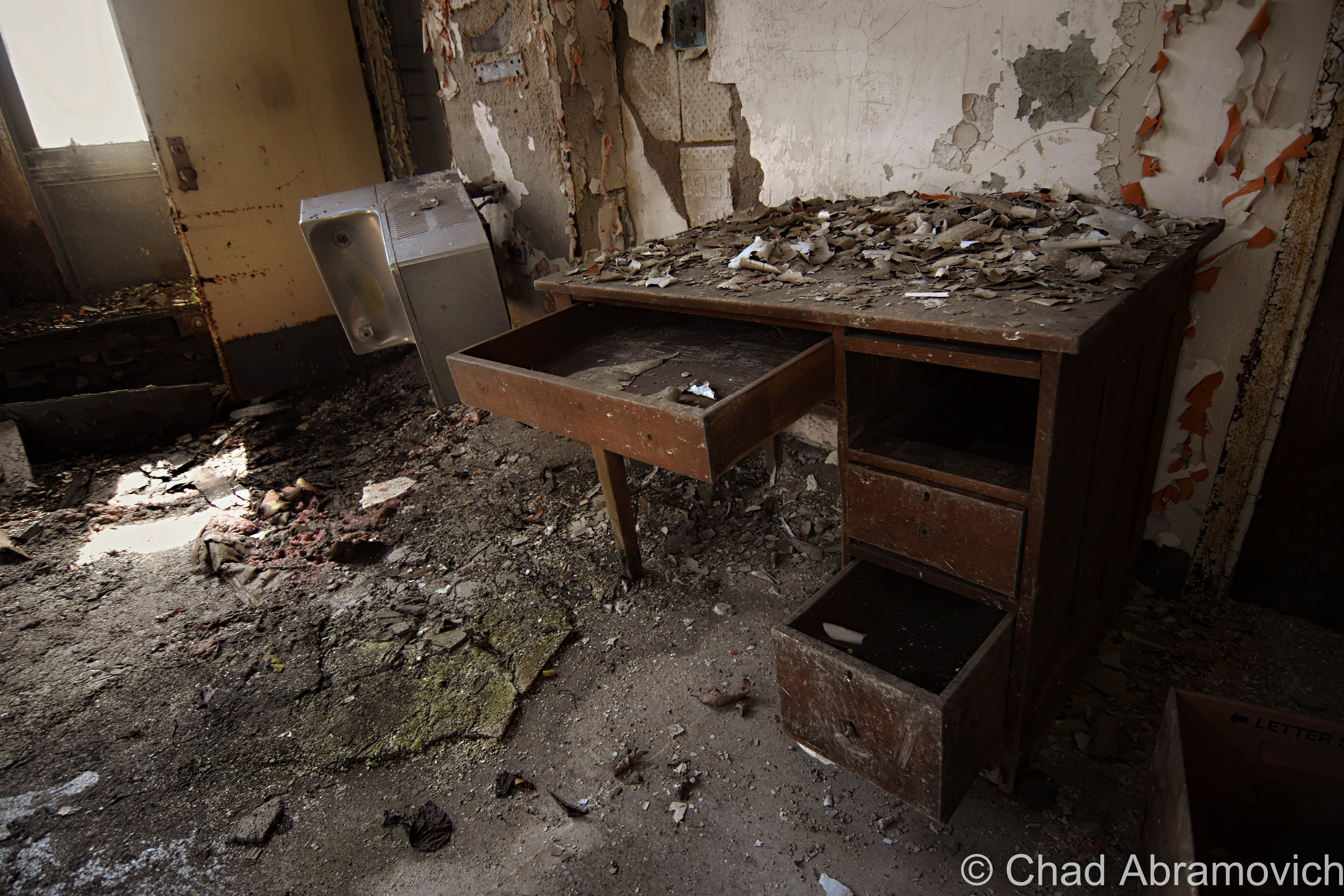
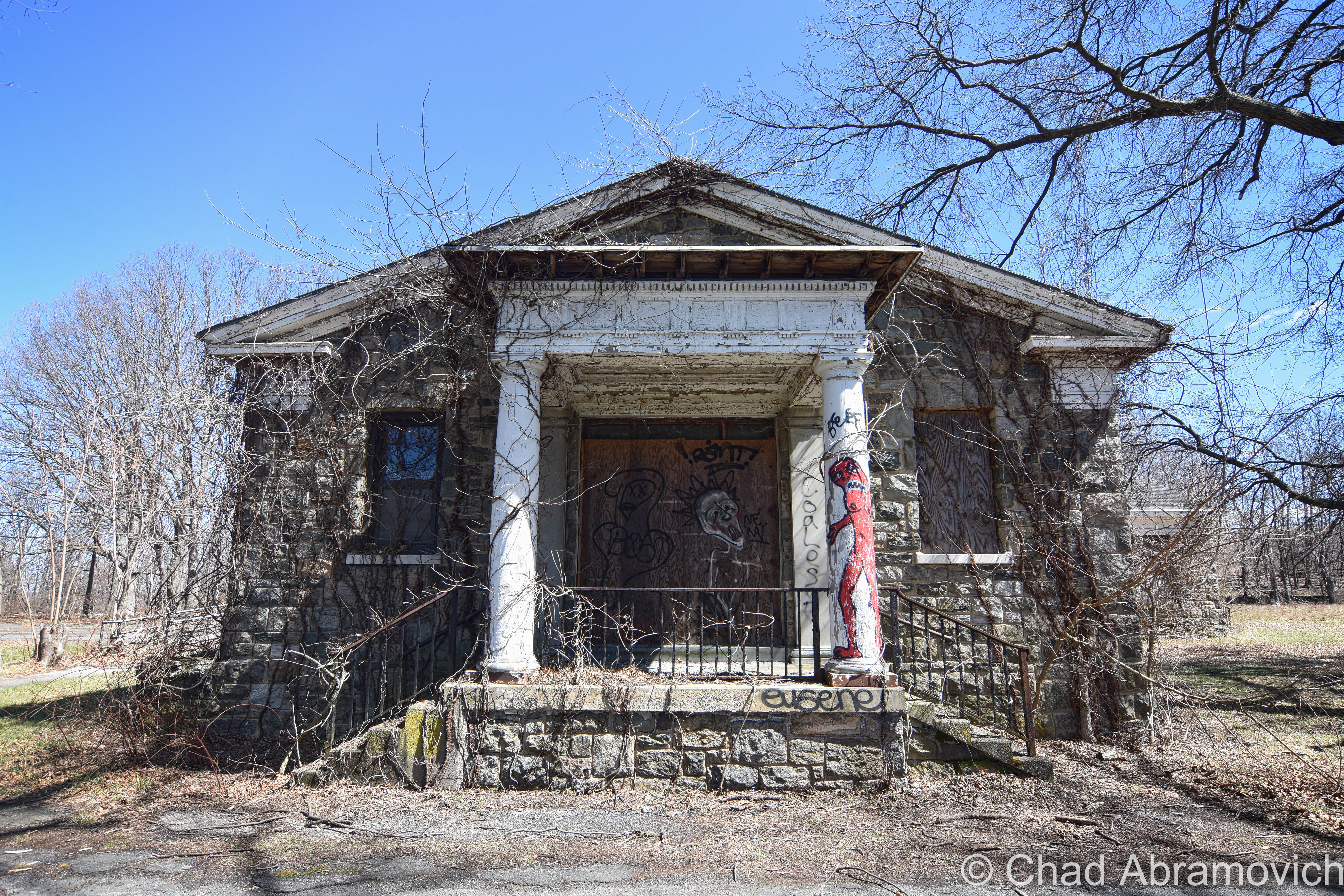
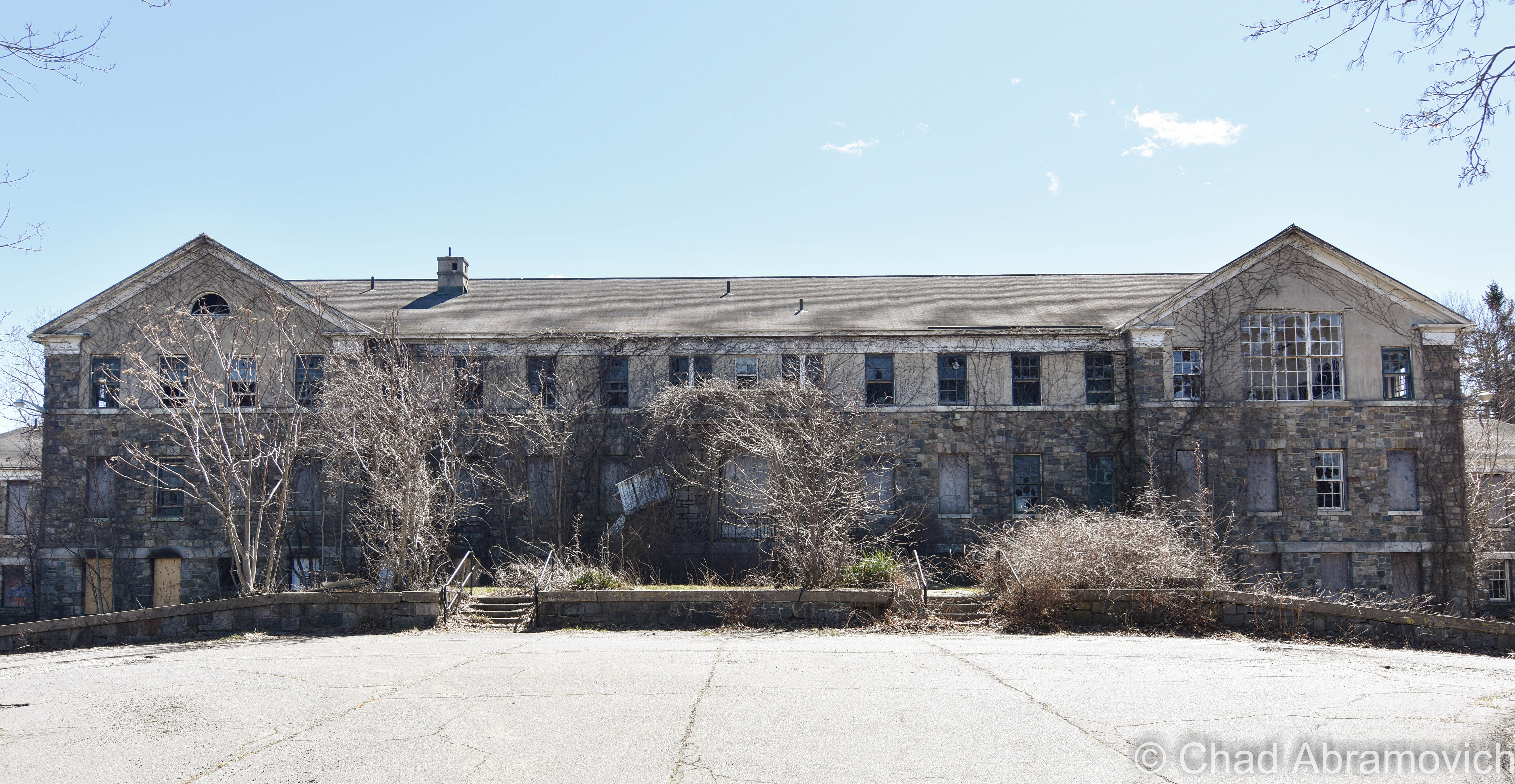

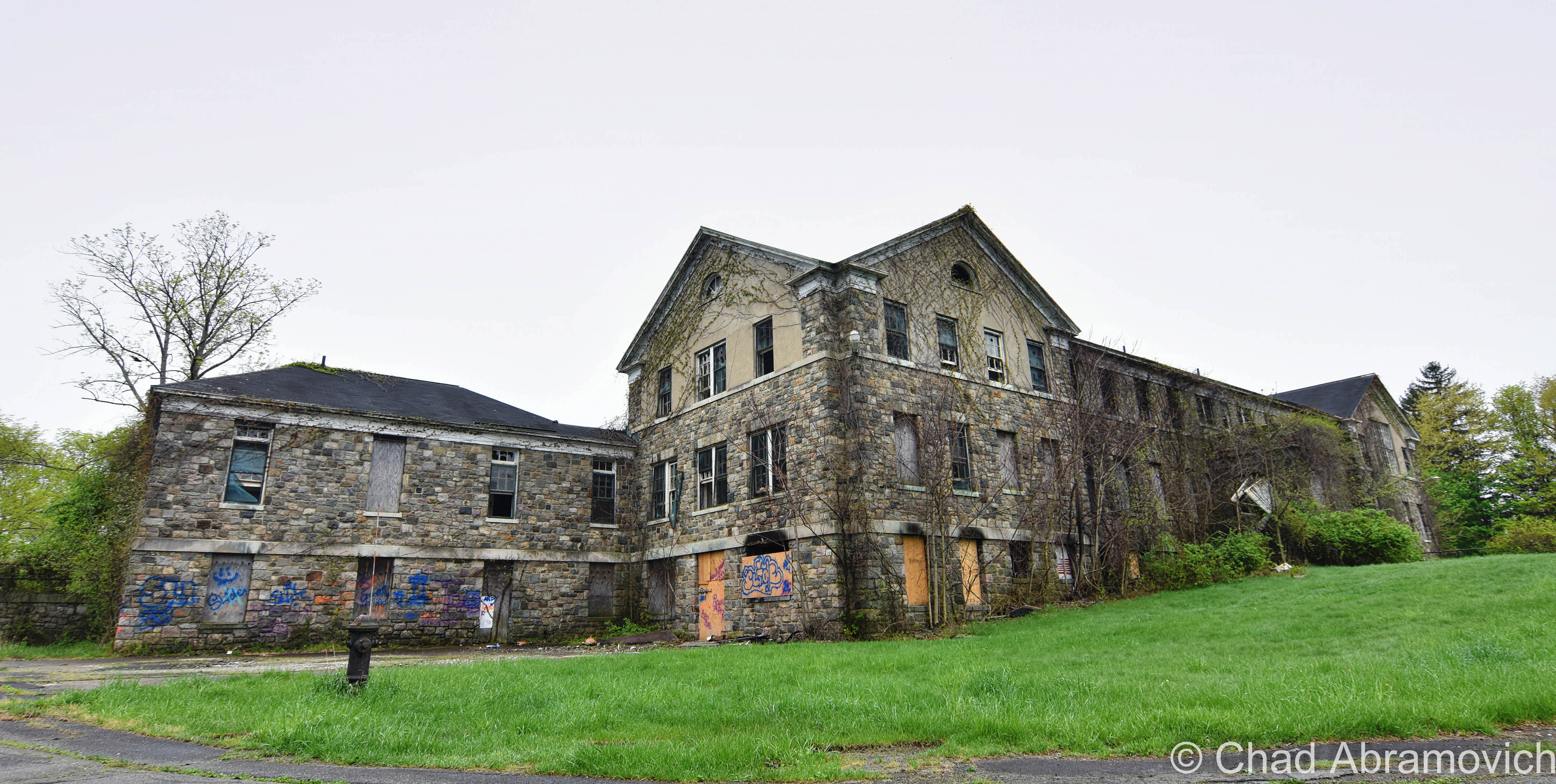
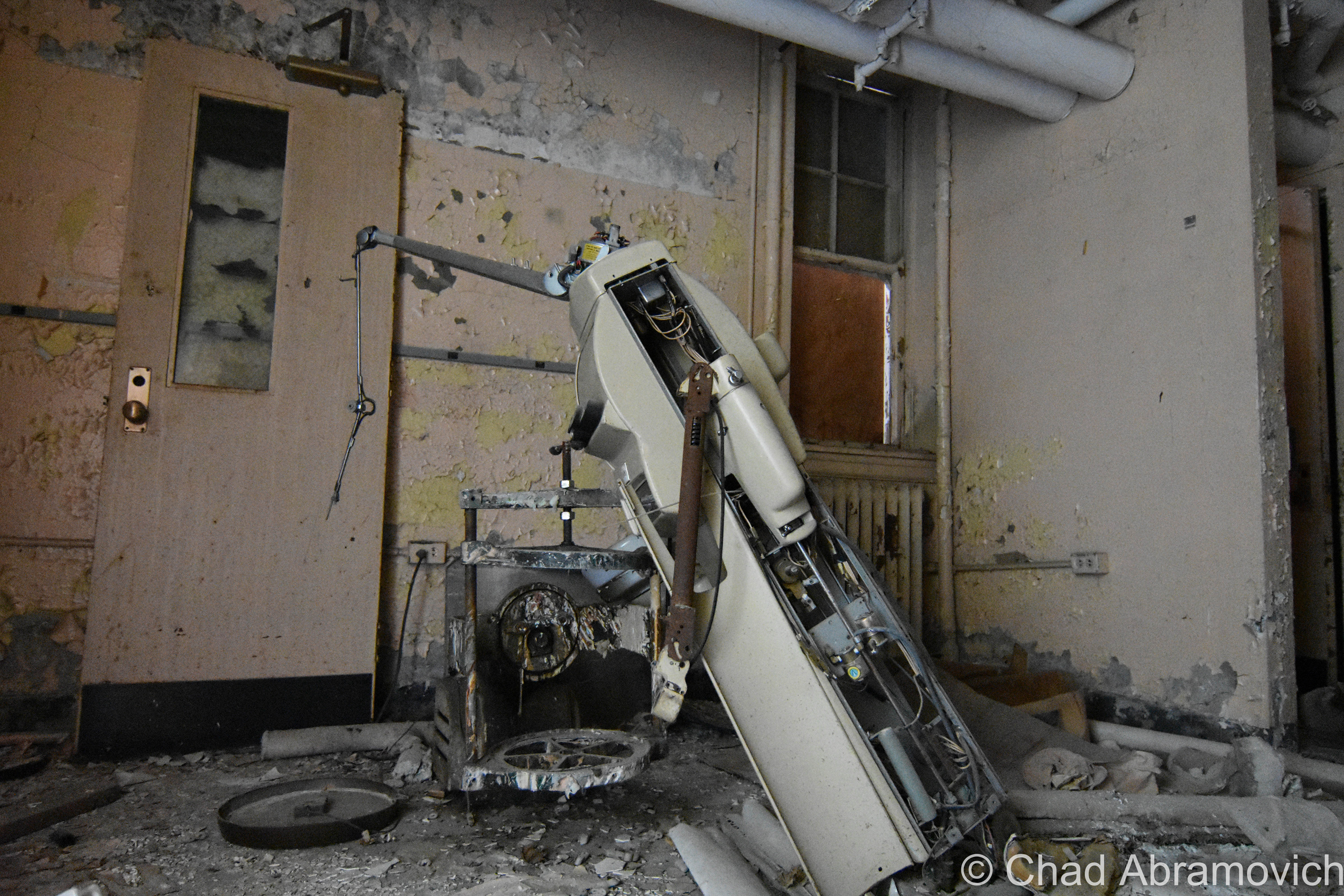
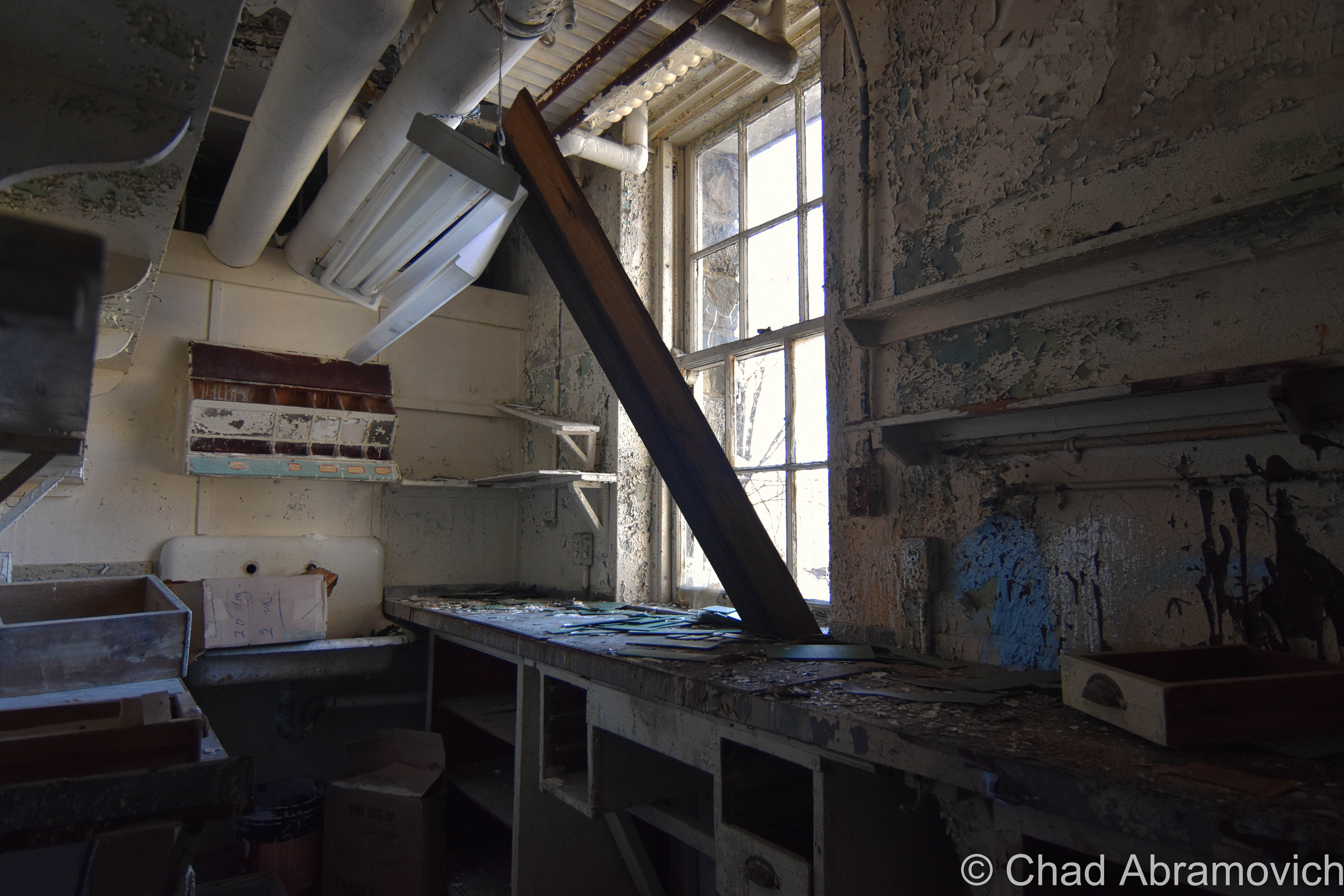
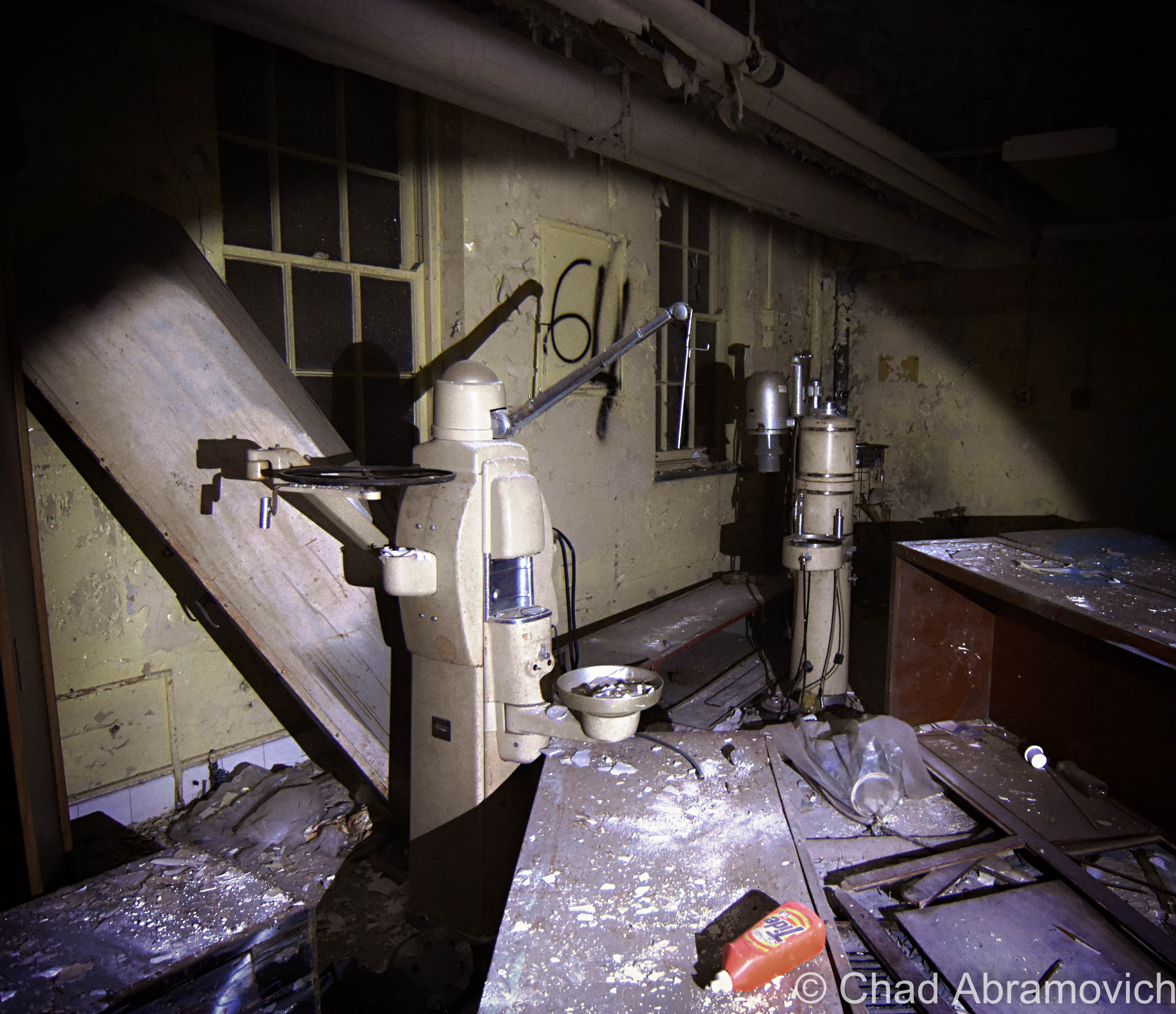
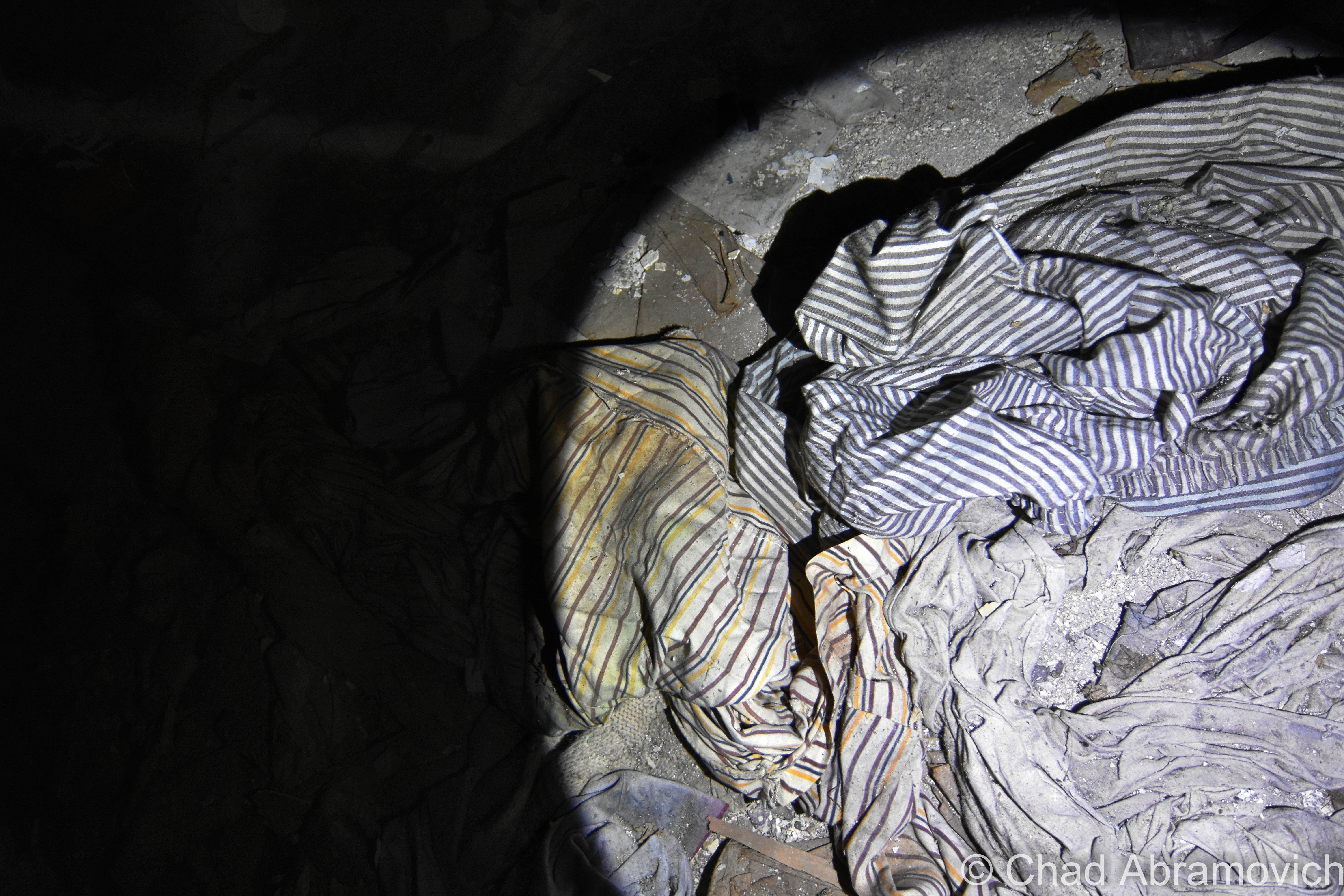
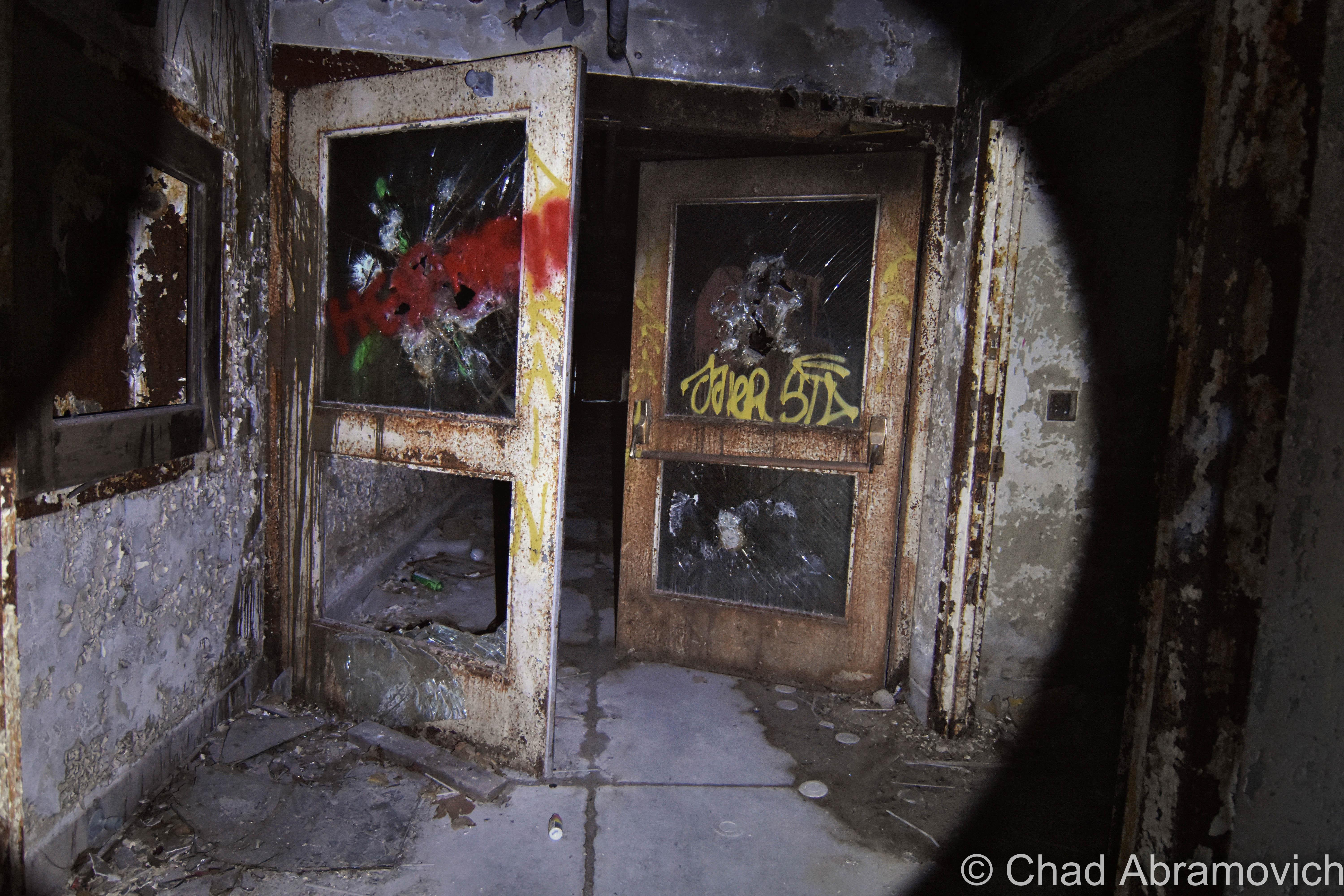

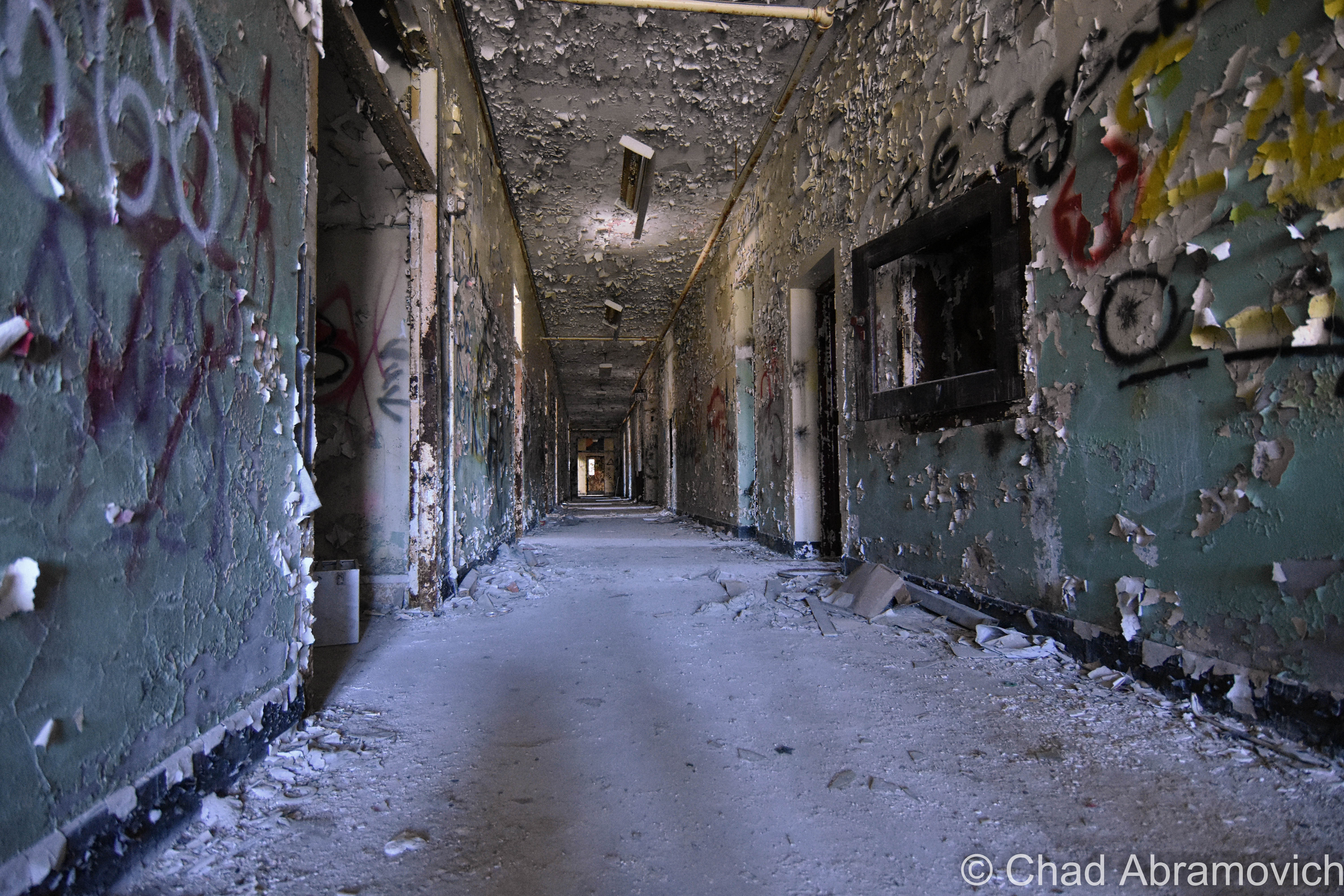

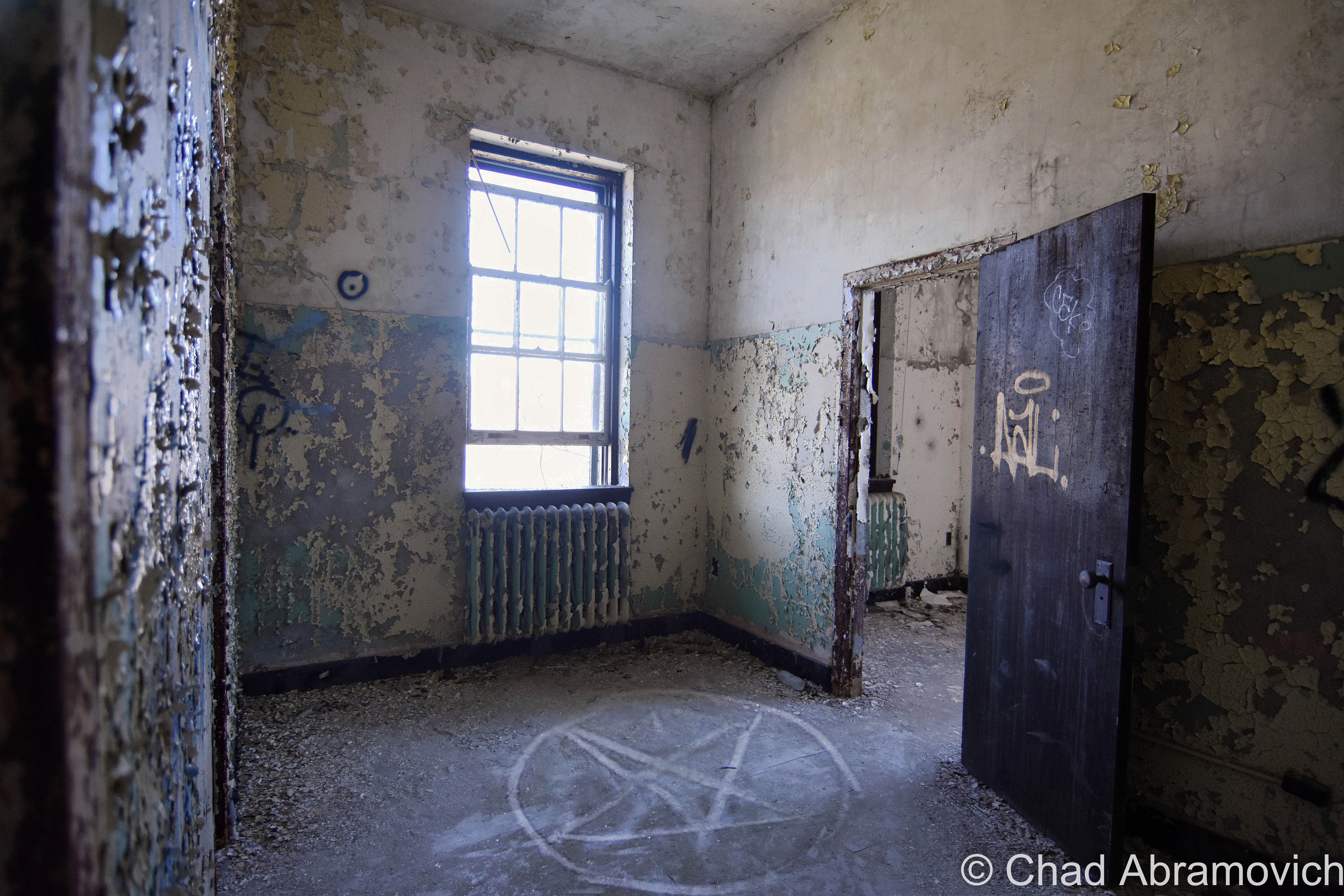

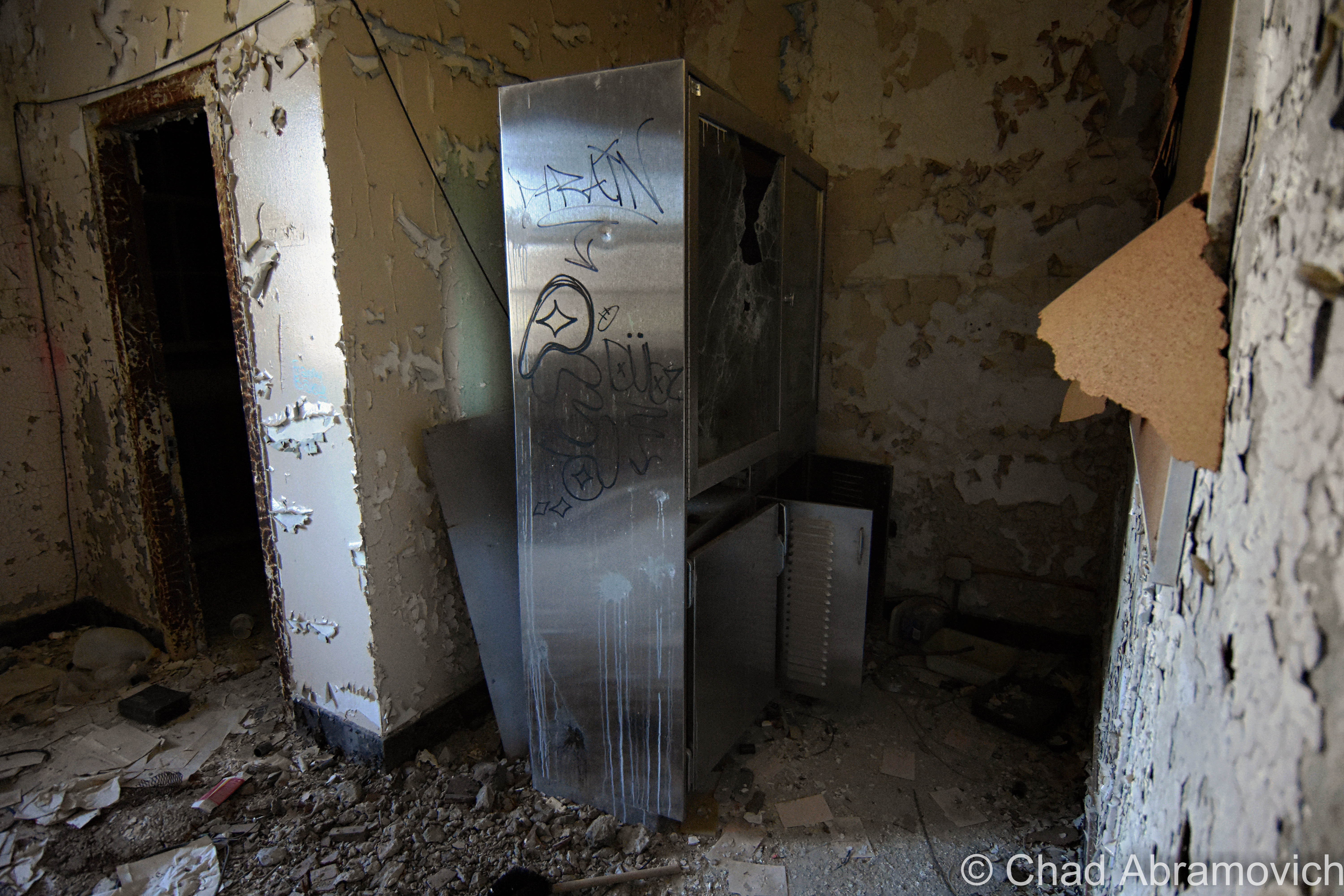
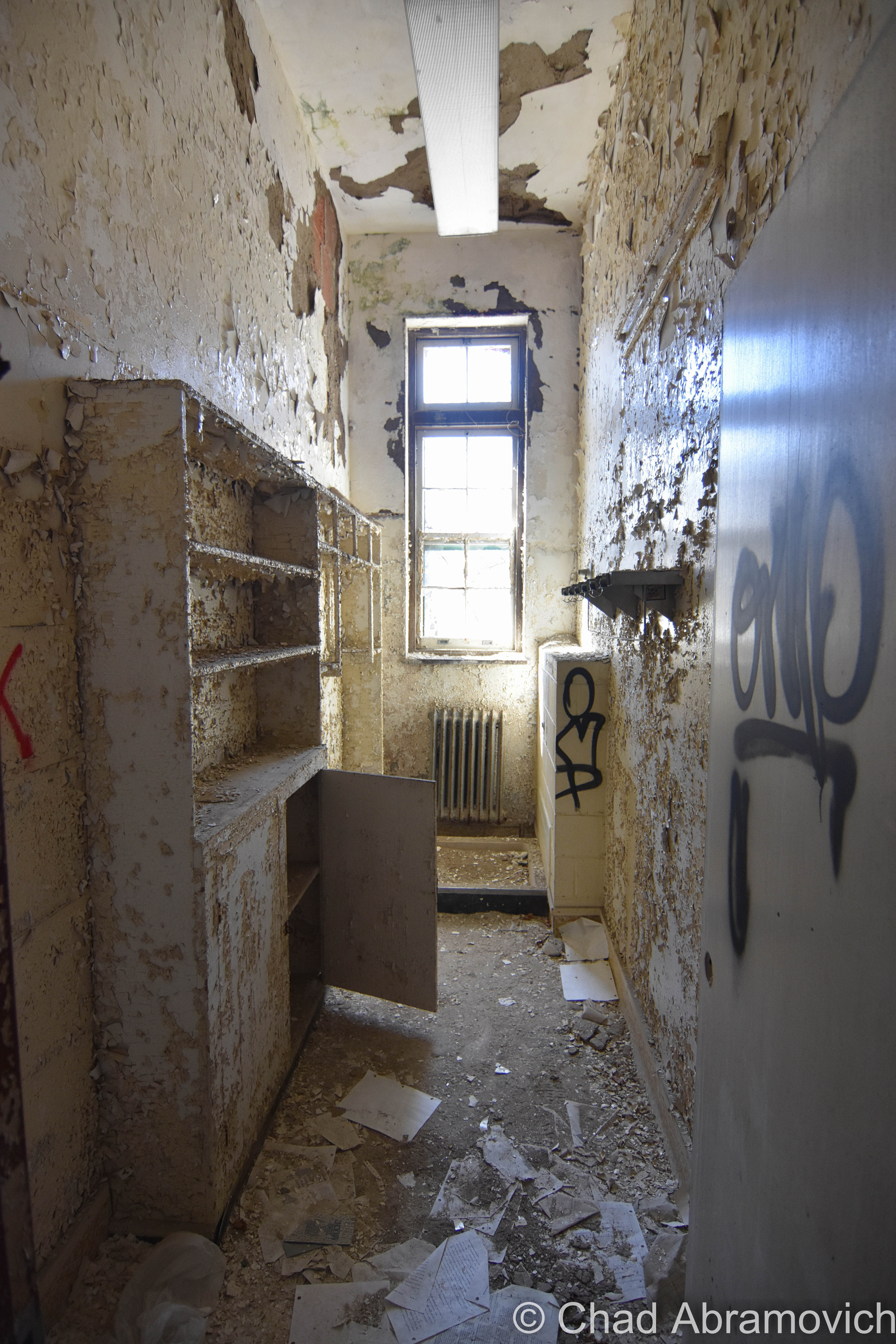
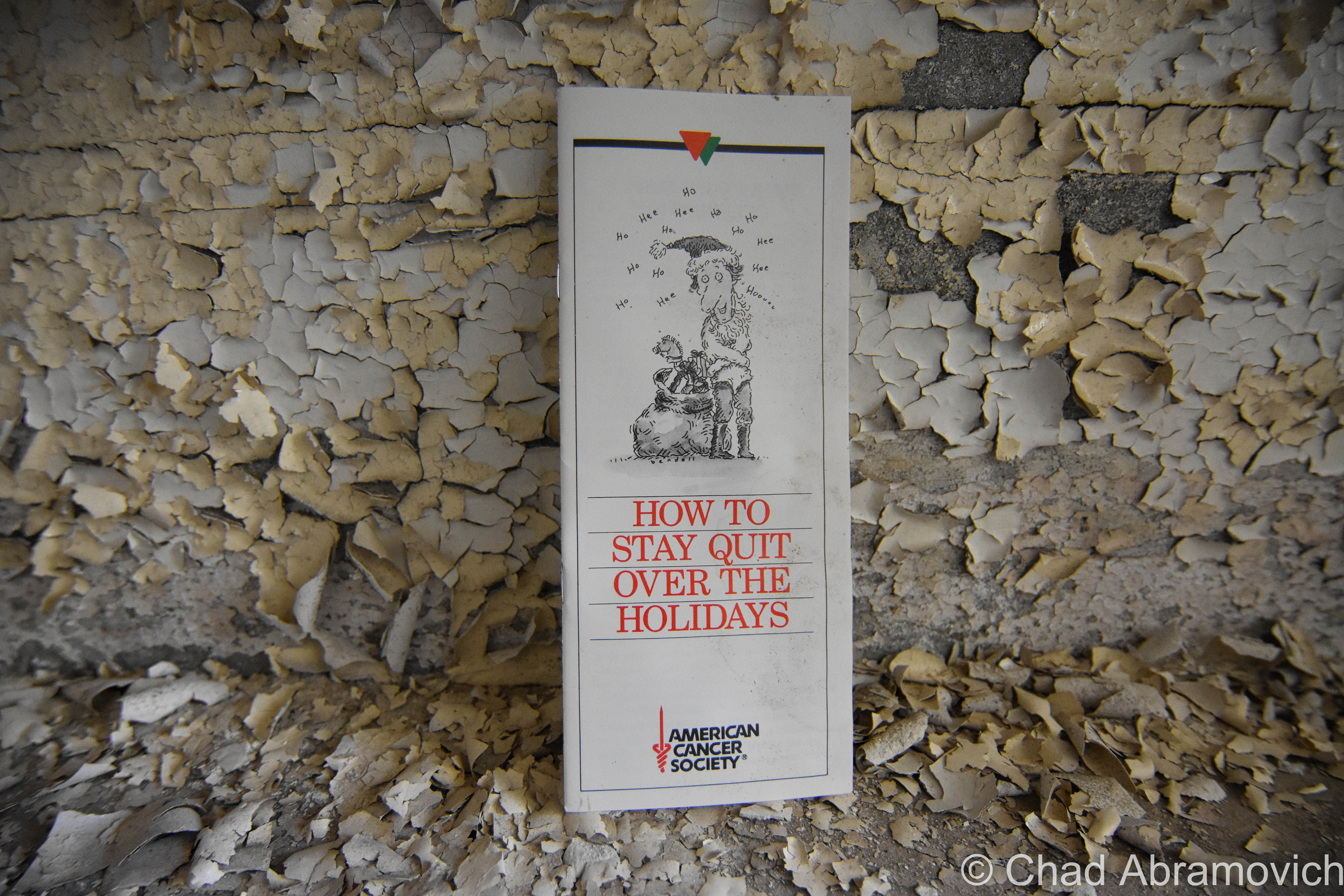
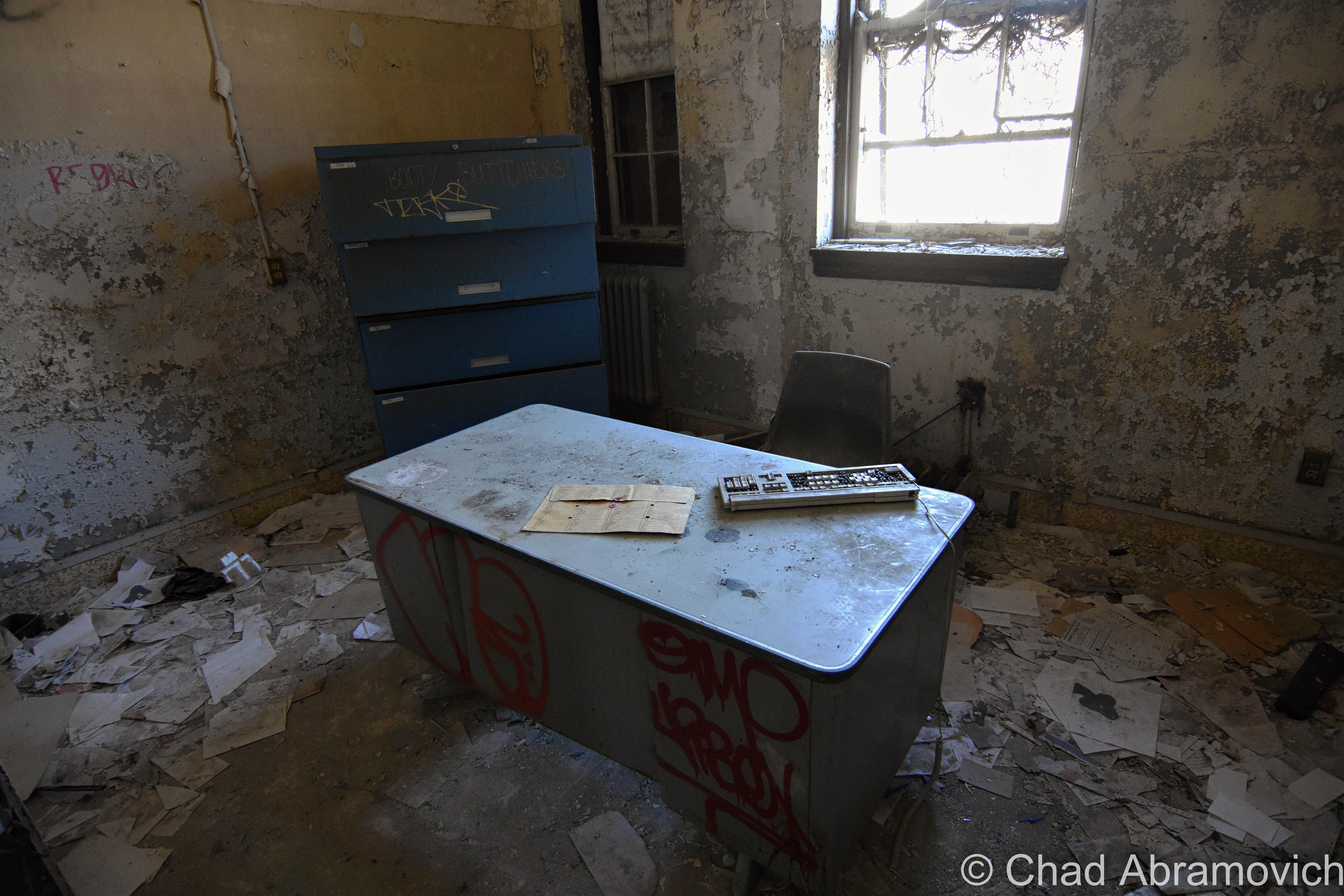

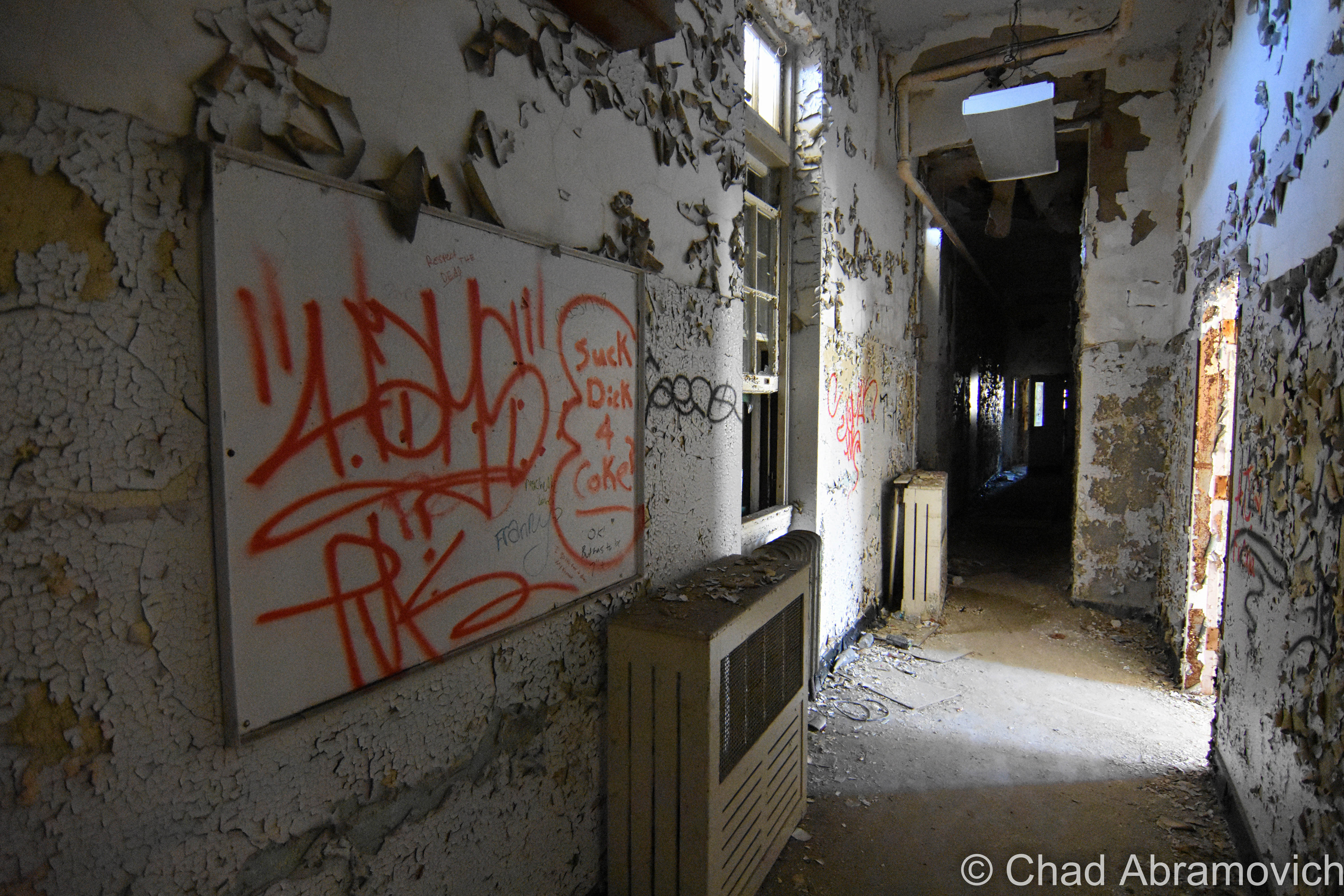
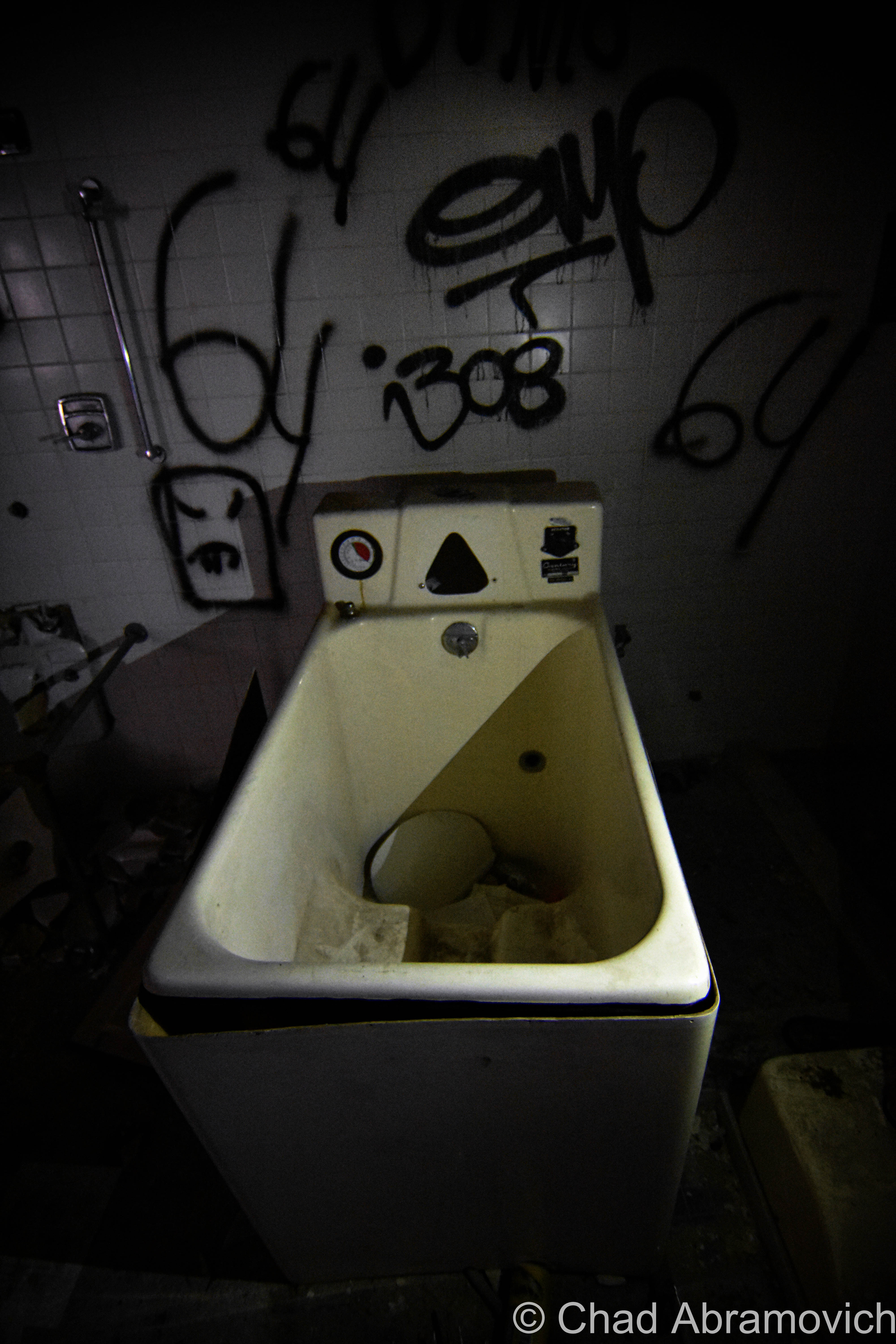
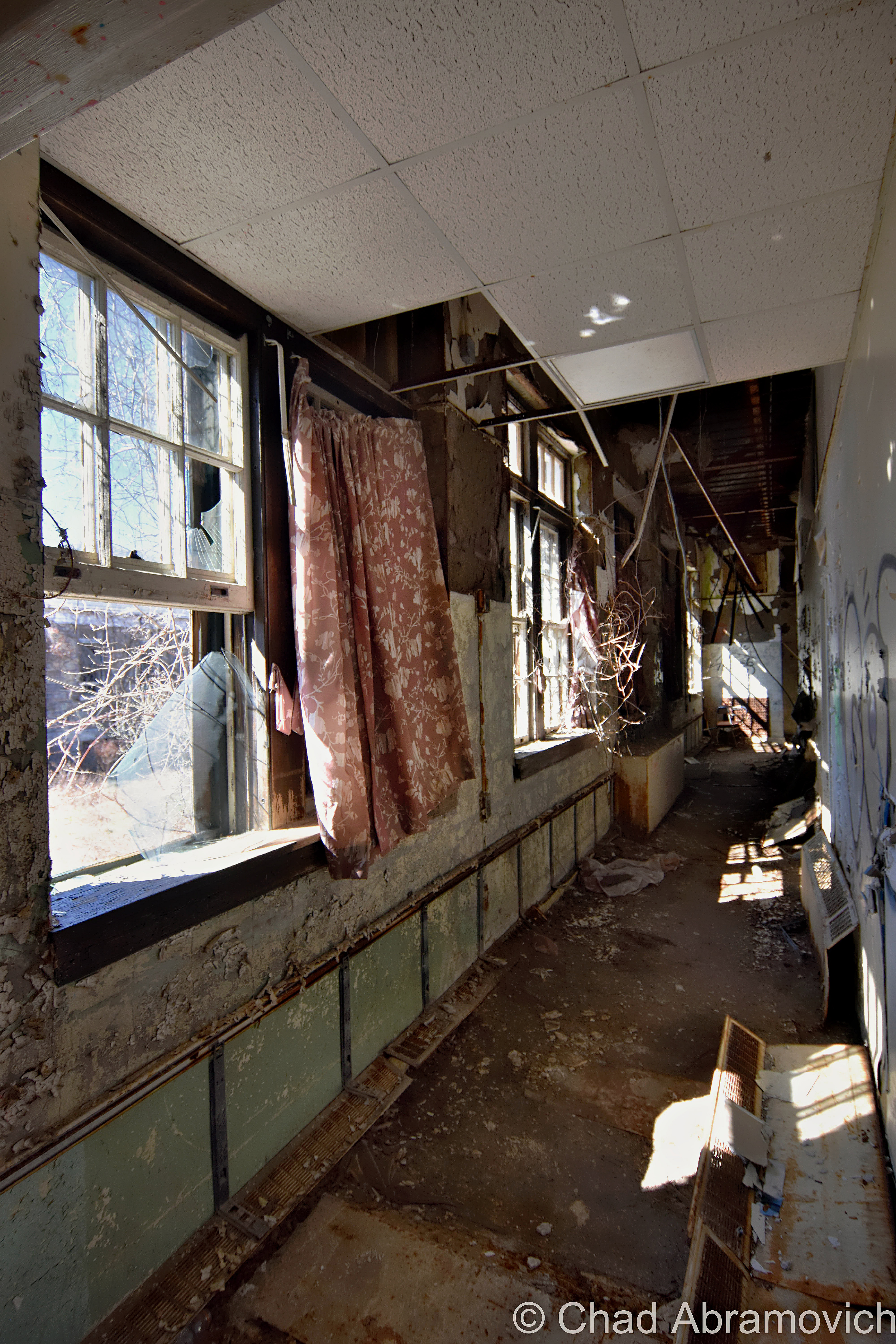
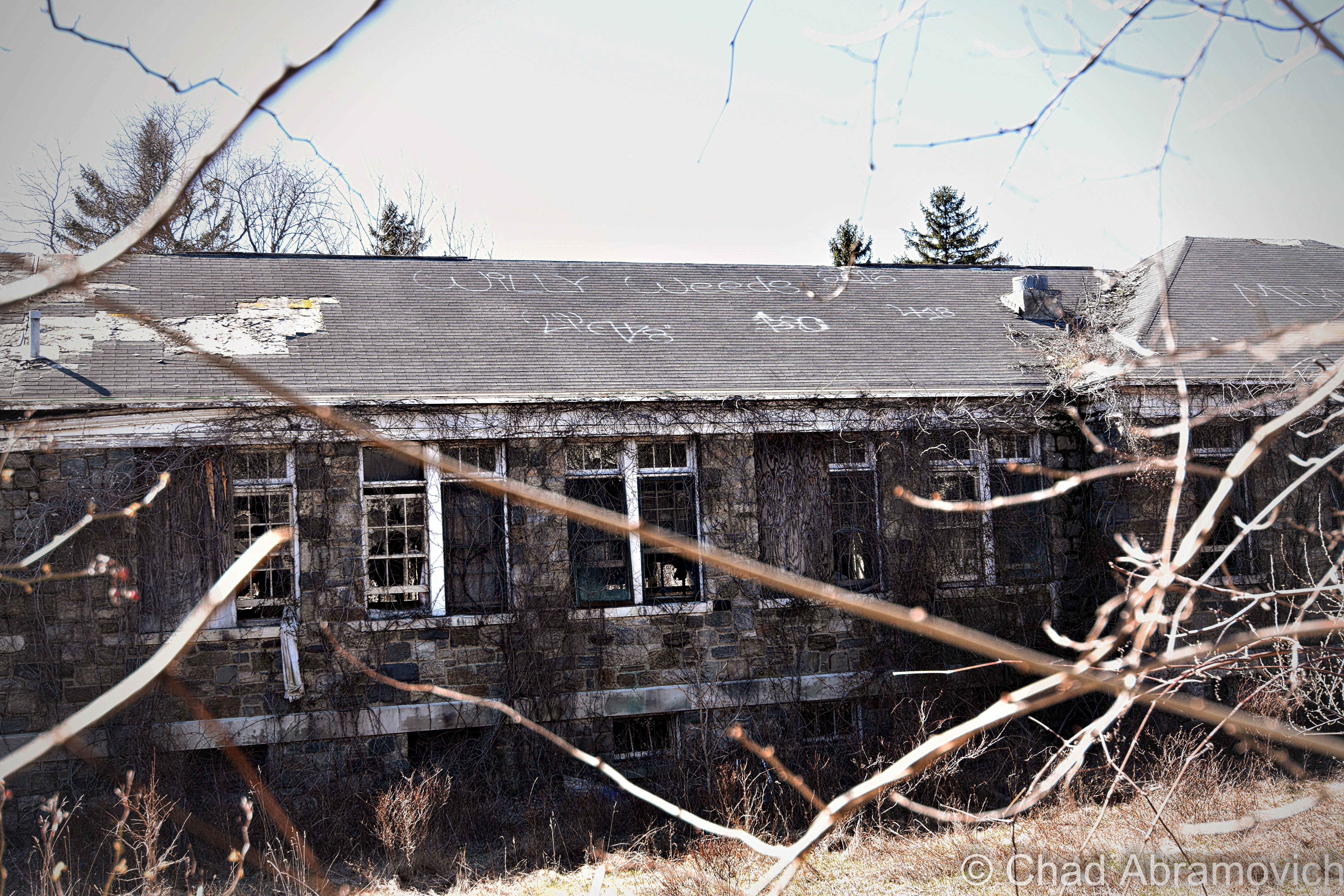

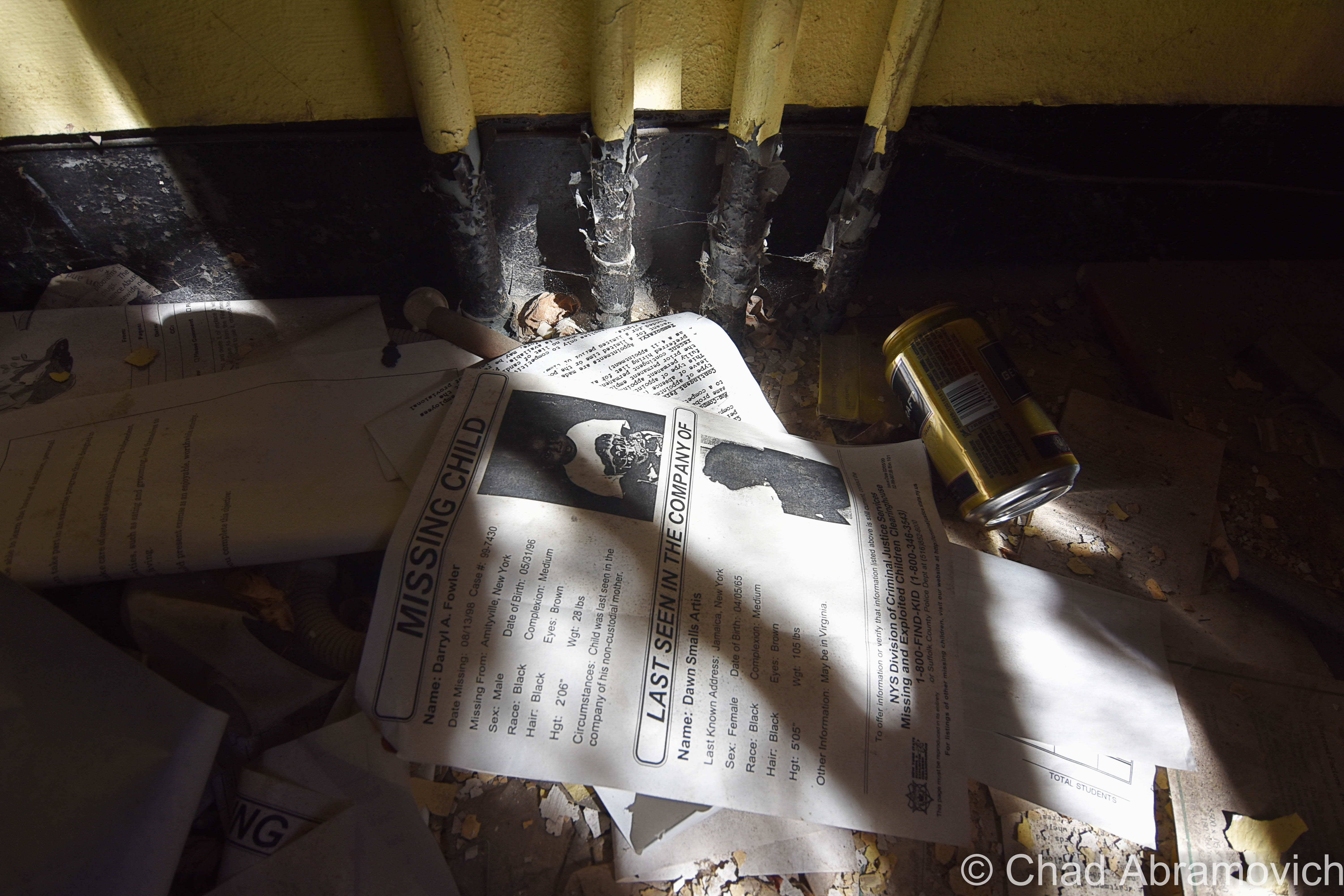
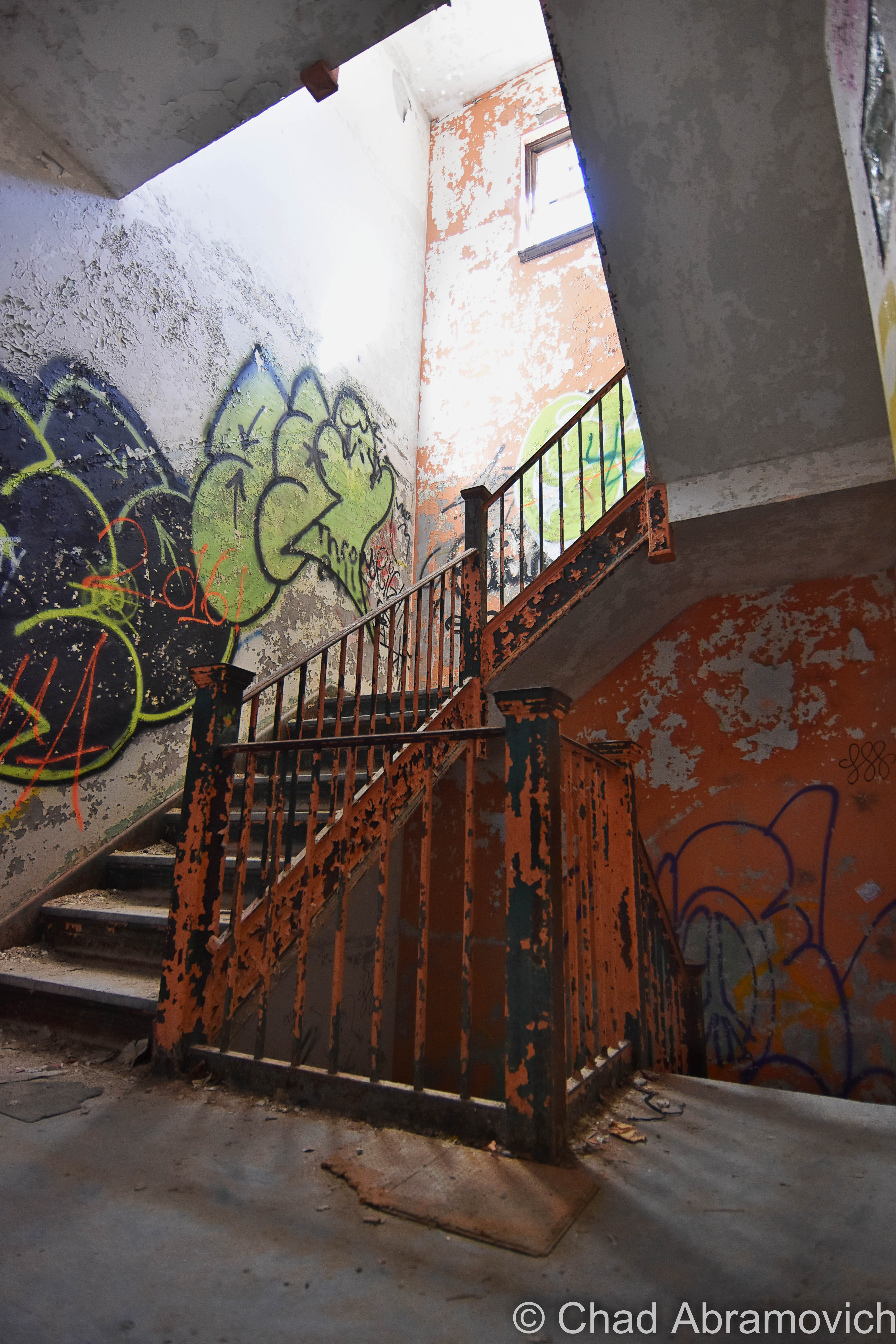
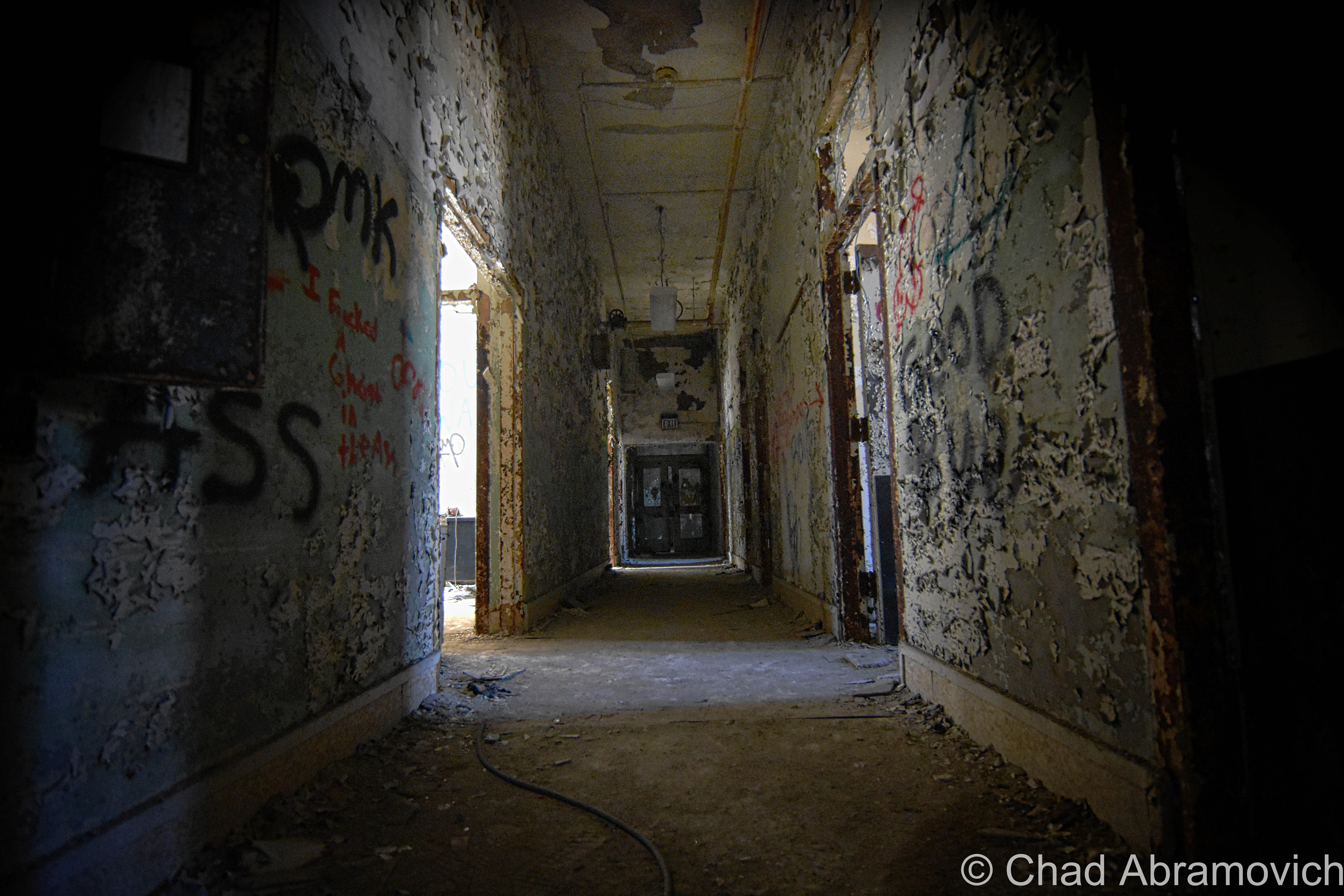
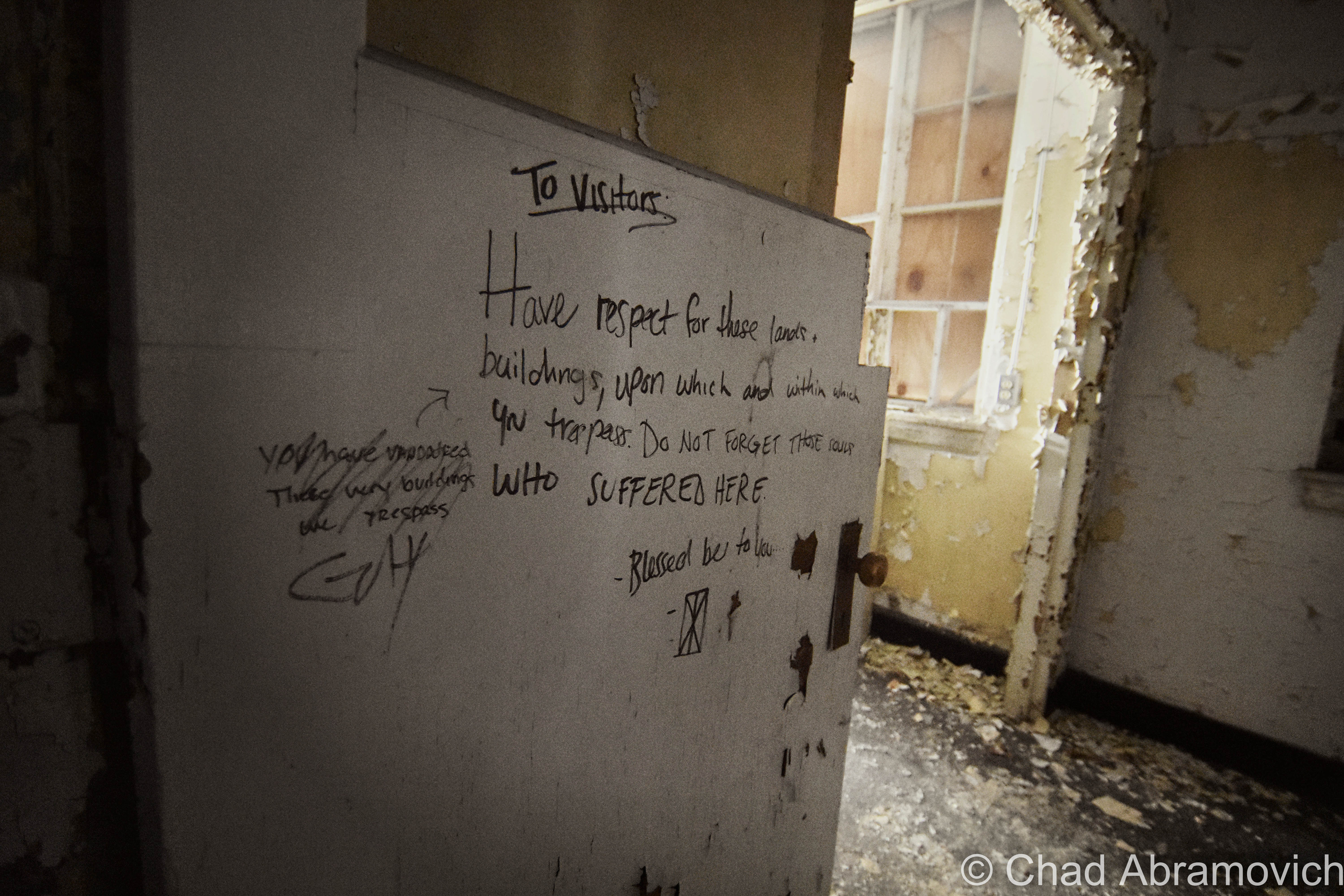
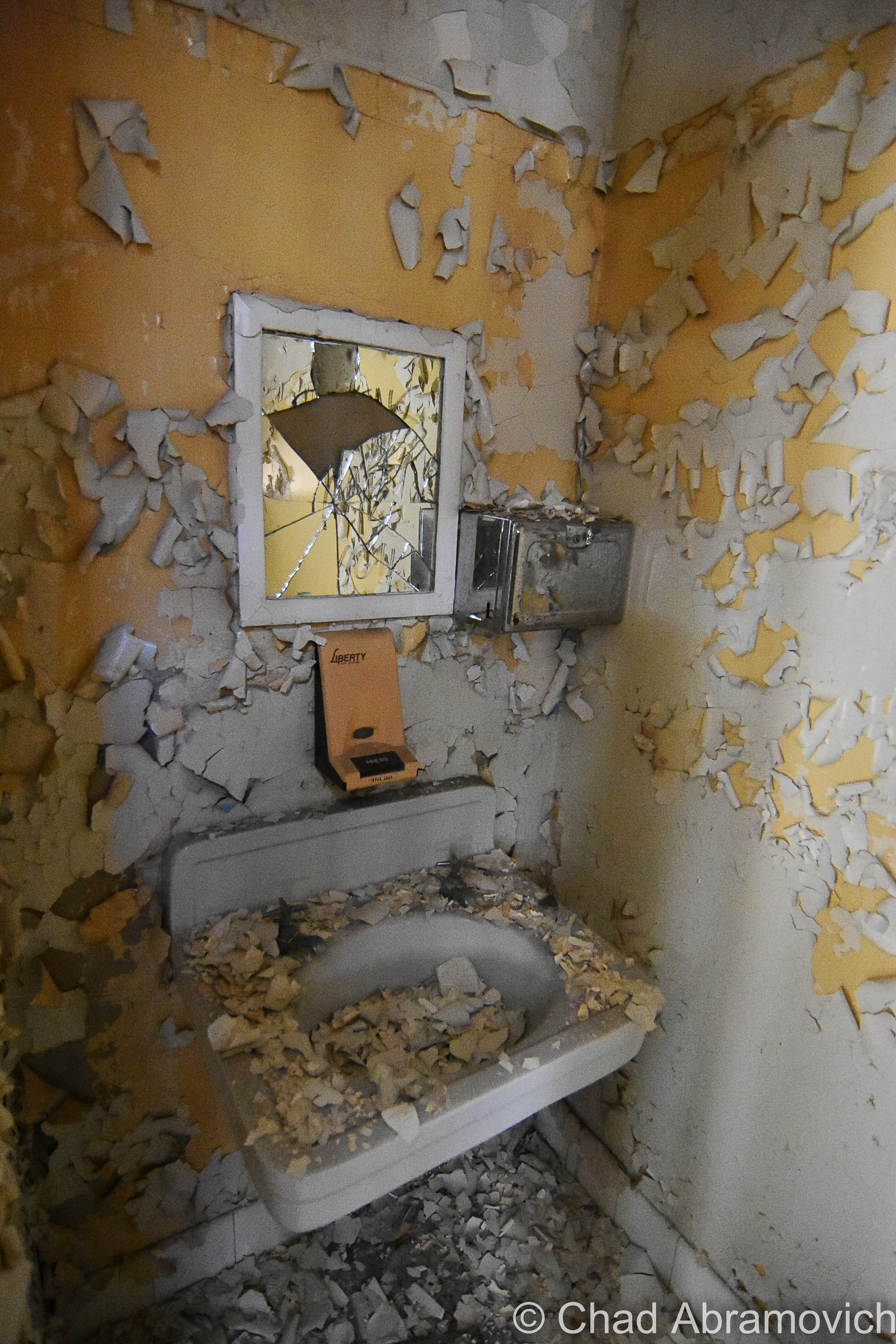
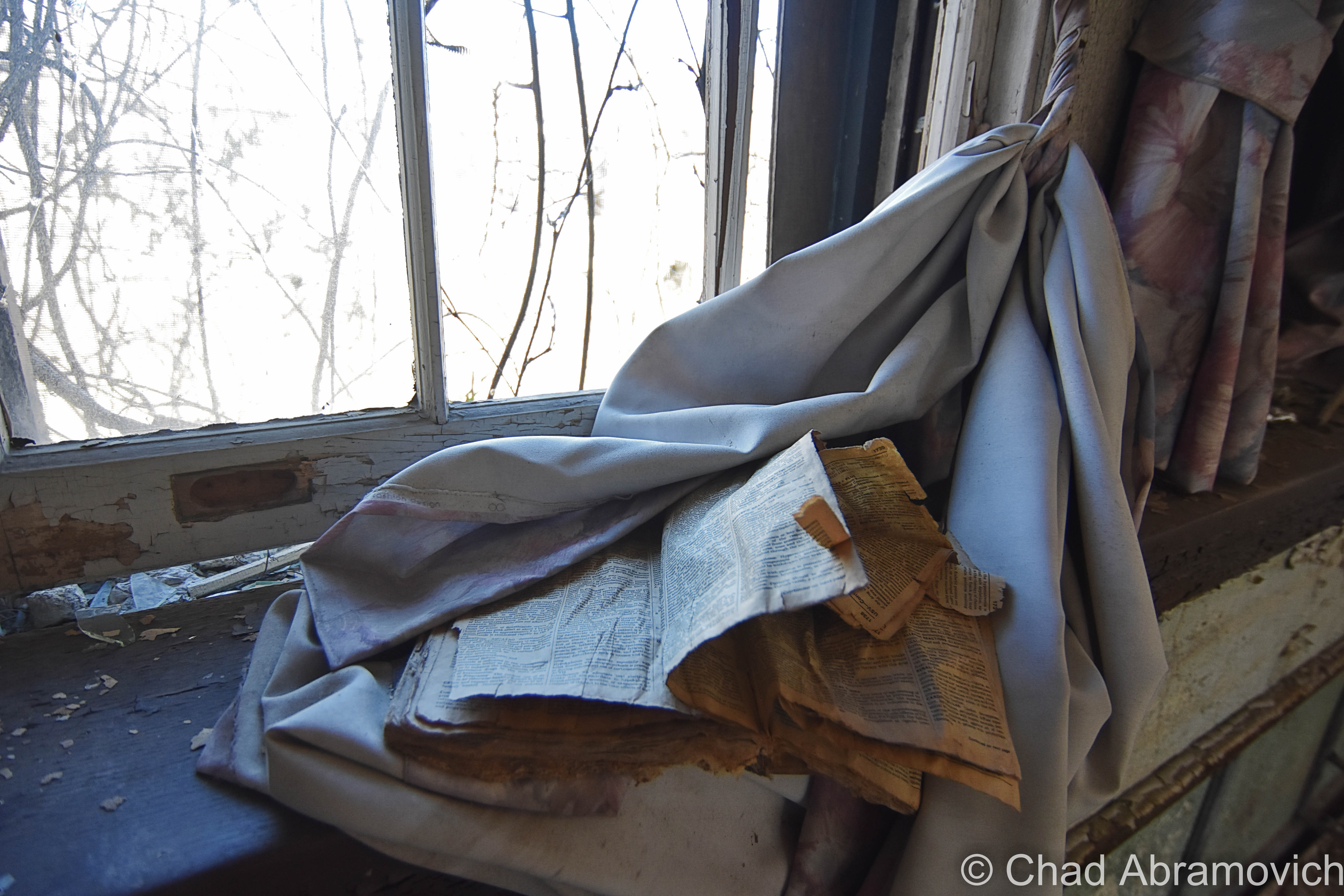
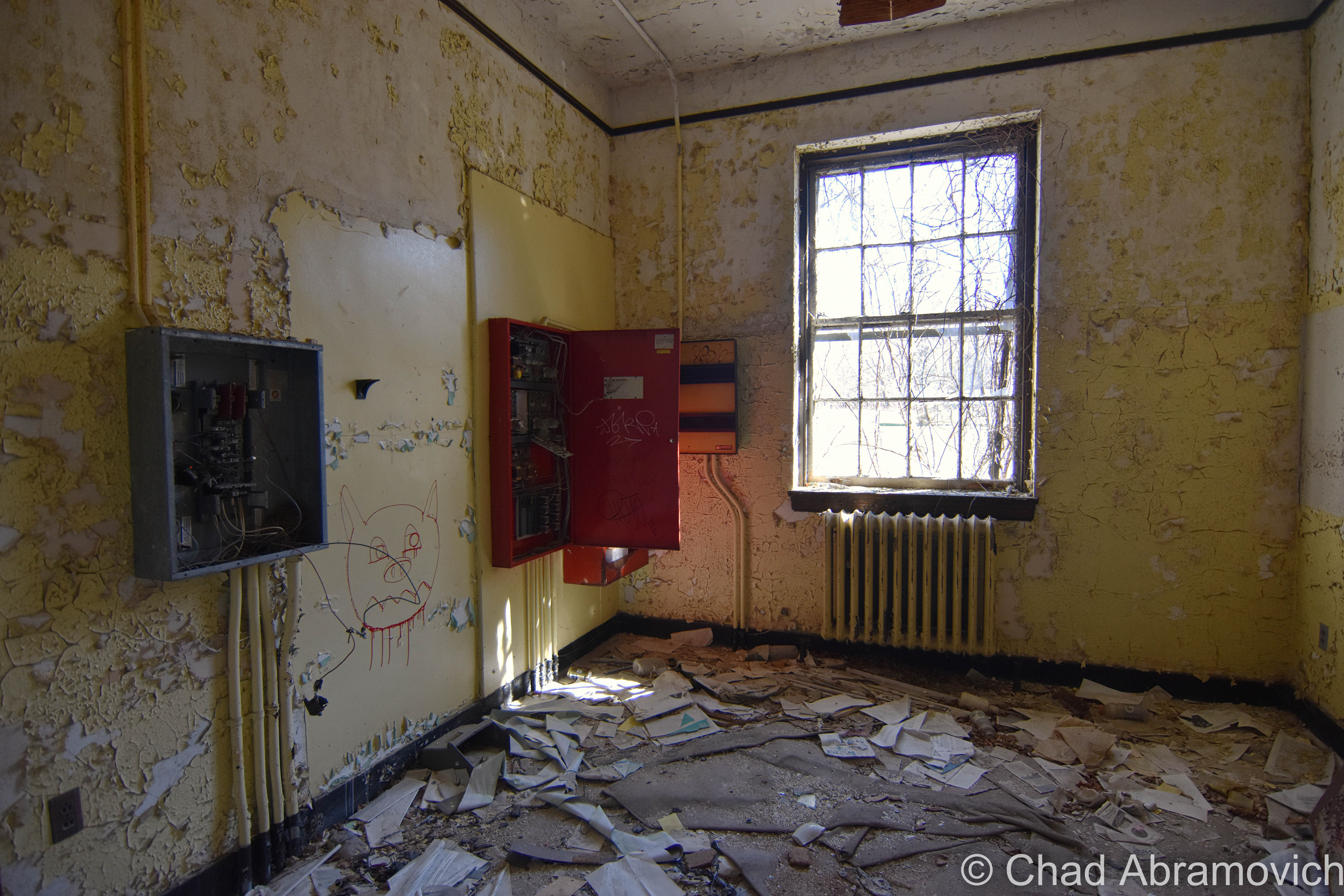
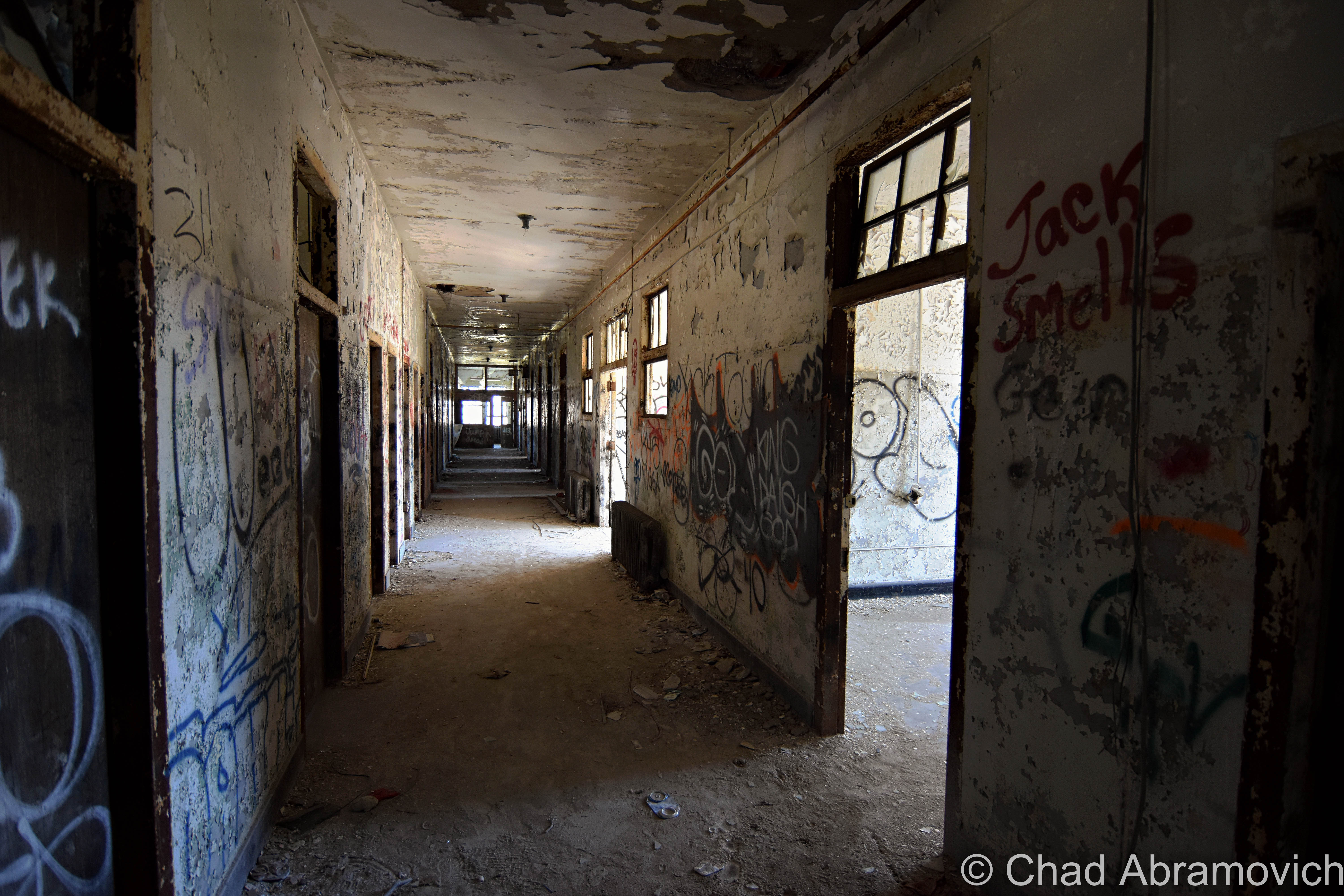
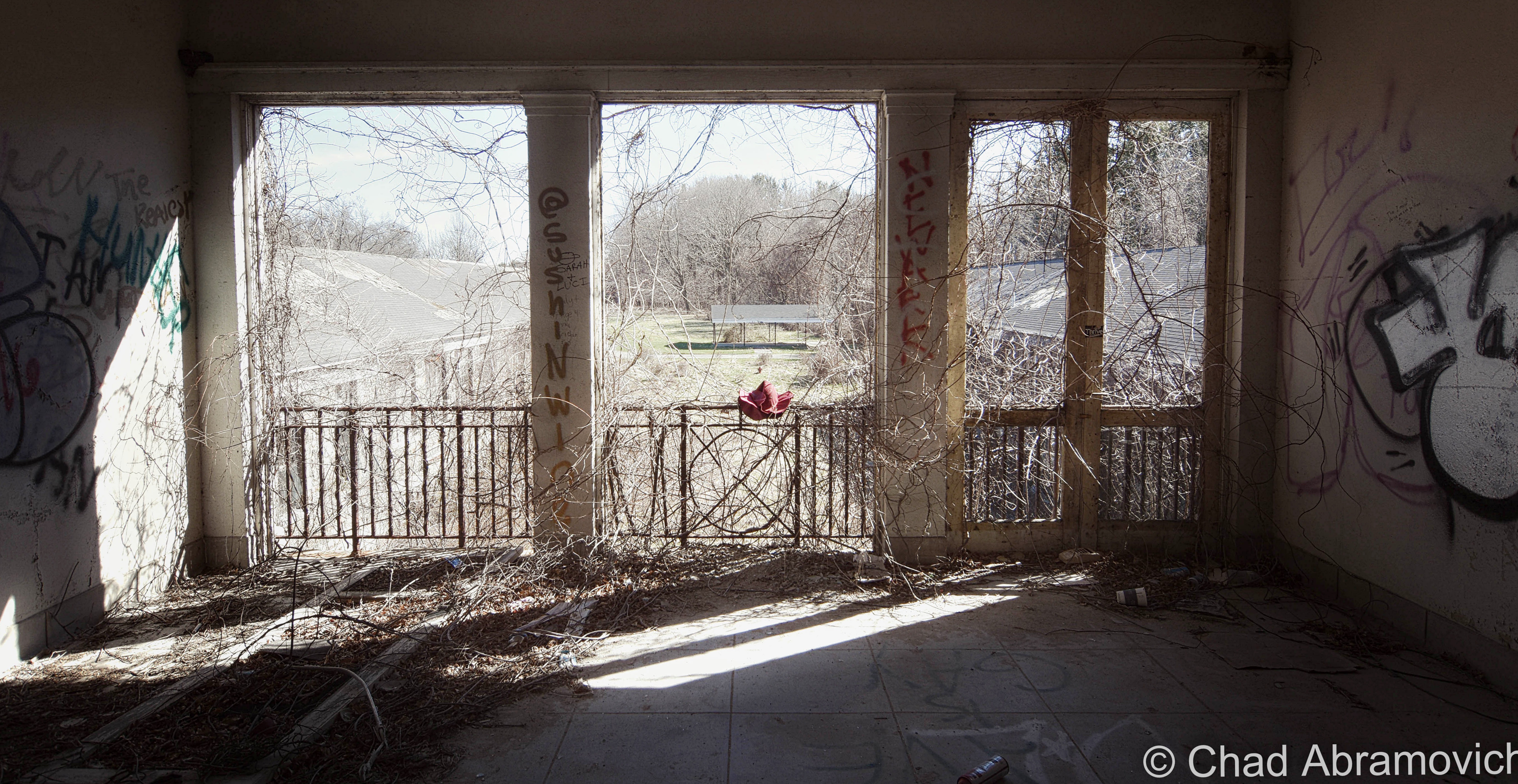
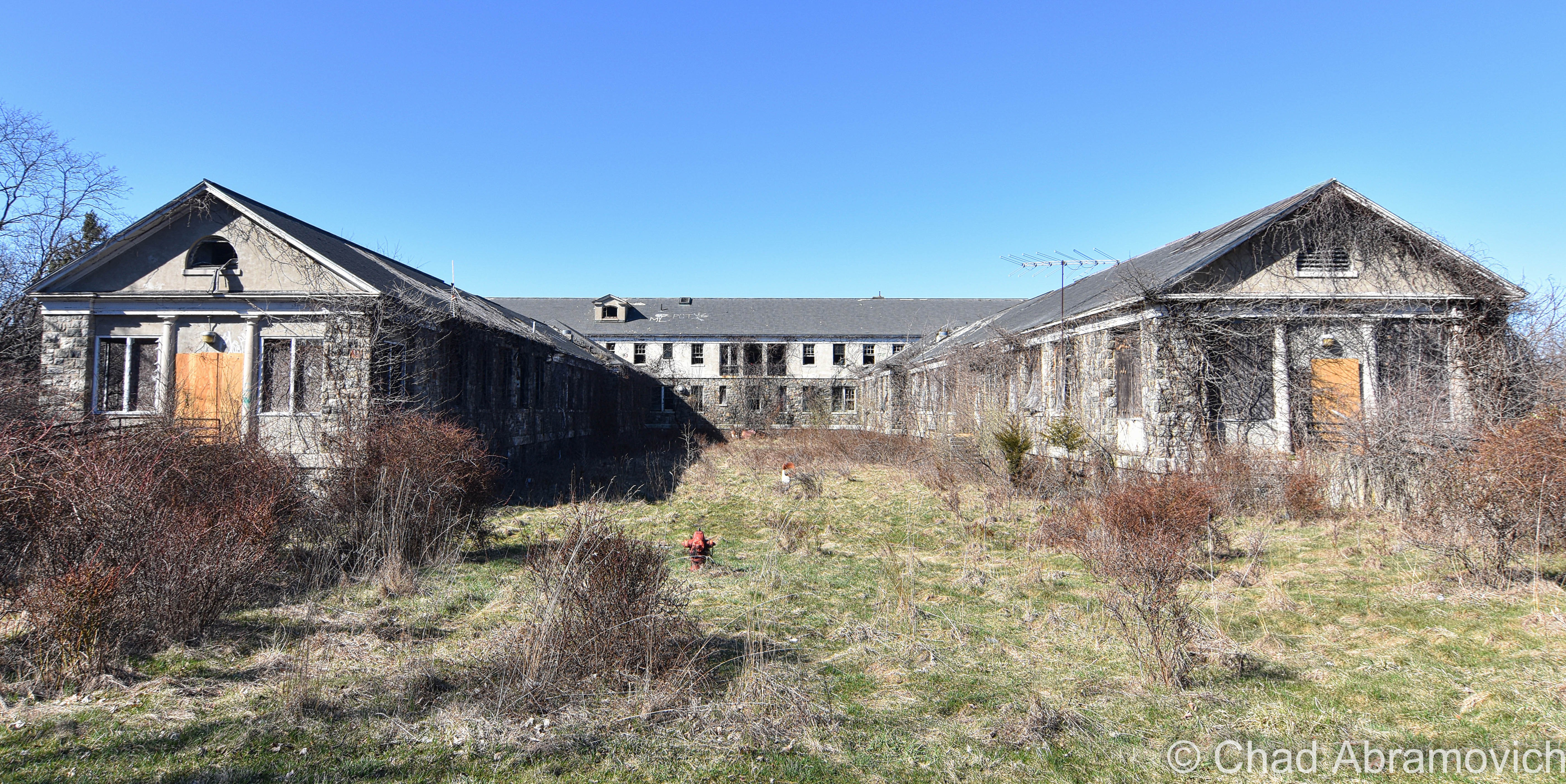
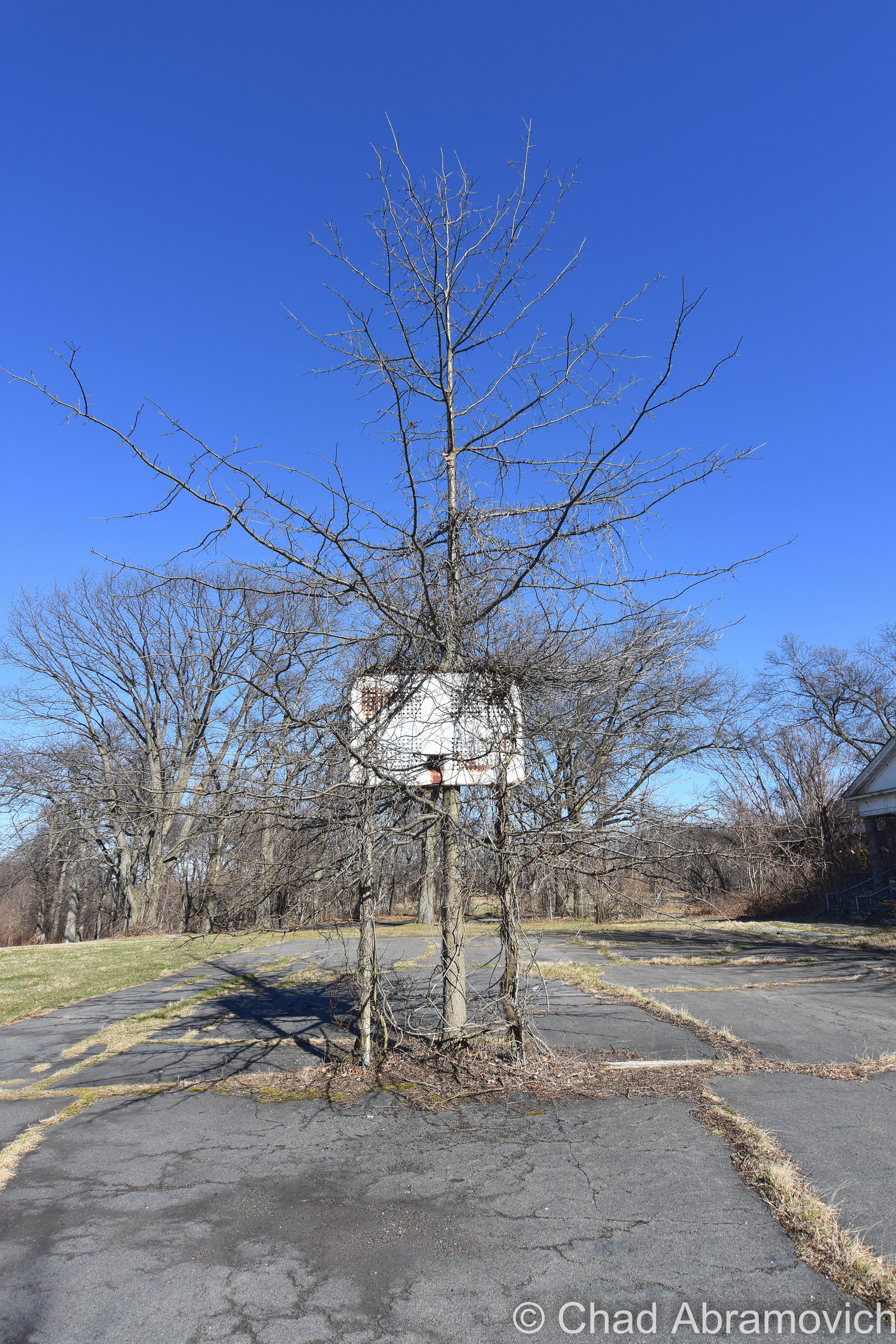
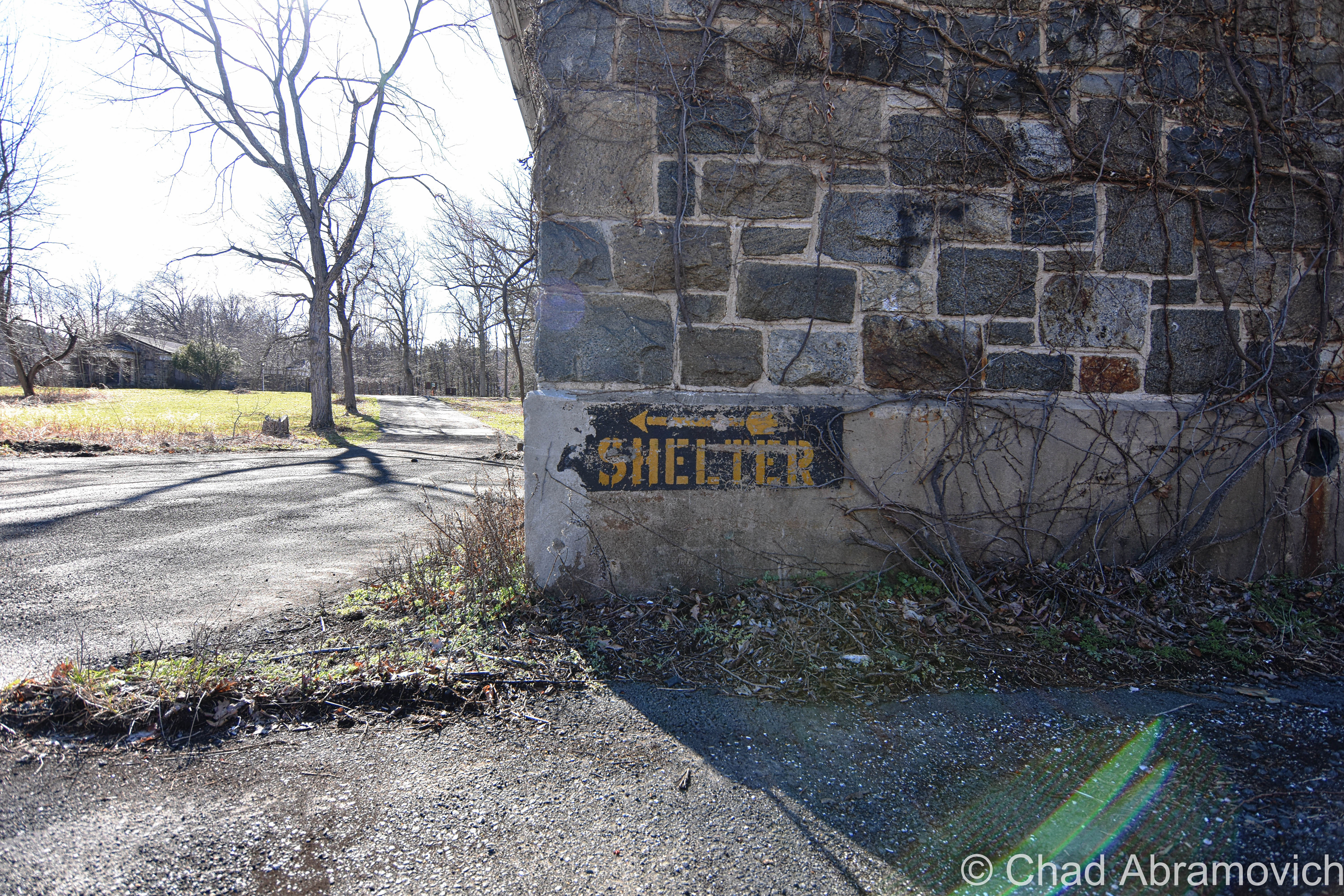
Since 2012, I’ve been seeking out venerable examples of Vermont weirdness, whether that be traveling around the state or taking to my internet connection and digging up forsaken places, oddities, esoterica, and unique natural features. And along the way, I’ve been sharing it with you on my website, Obscure Vermont. This is what keeps my spirit inspired.
I never expected Obscure Vermont to get as much appreciation and fanfare as it’s getting, and I’m truly grateful and humbled. Especially in recent years, where I’ve gained the opportunity to interact with and befriend more oddity lovers and outside the box thinkers around Vermont and New England. As Obscure Vermont has grown, I’ve been growing with it, and the developing attention is keeping me earnest and pushing me harder to be more introspective and going further into seeking out the strange.
I spend countless hours researching, writing, and traveling to keep this blog going. Obscure Vermont is funded almost entirely by generous donations. Expenses range from hosting fees to keep the blog live, investing in research materials, travel expenses and the required planning, and updating/maintaining vital tools such as my camera and my computer. I really pride and push myself to try to put out the best of what I’m able to create, and I gauge it by only posting stuff that I personally would want to see on the glow of my computer screen.
I want to continuously diversify how I write and the odd things I write about. Your patronage would greatly help me continue bringing you cool and unusual content and keep me doing what I love!


